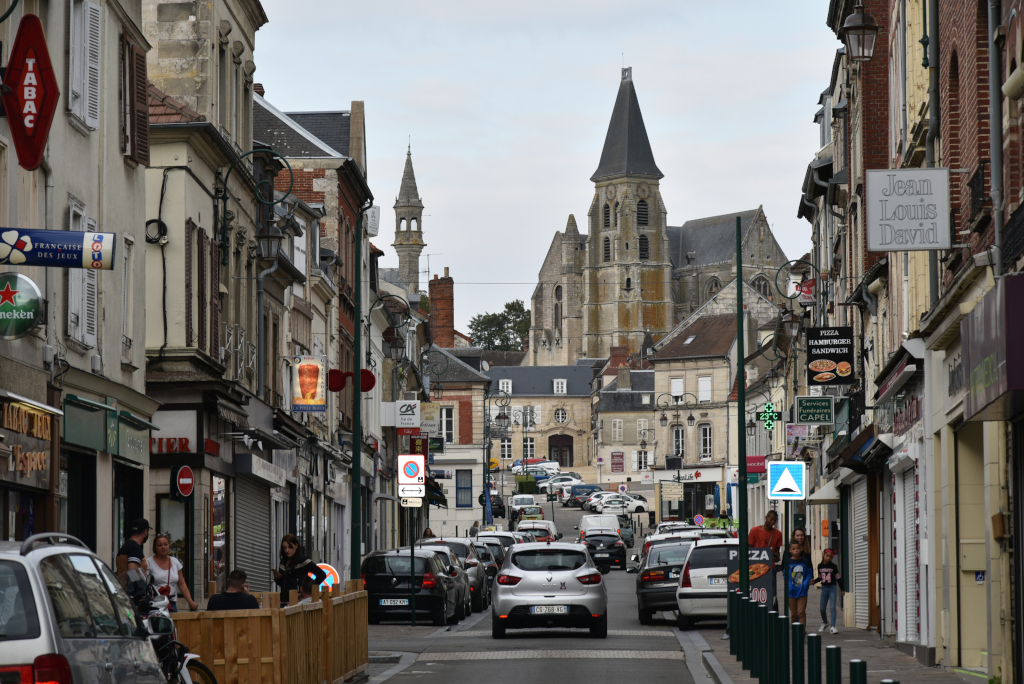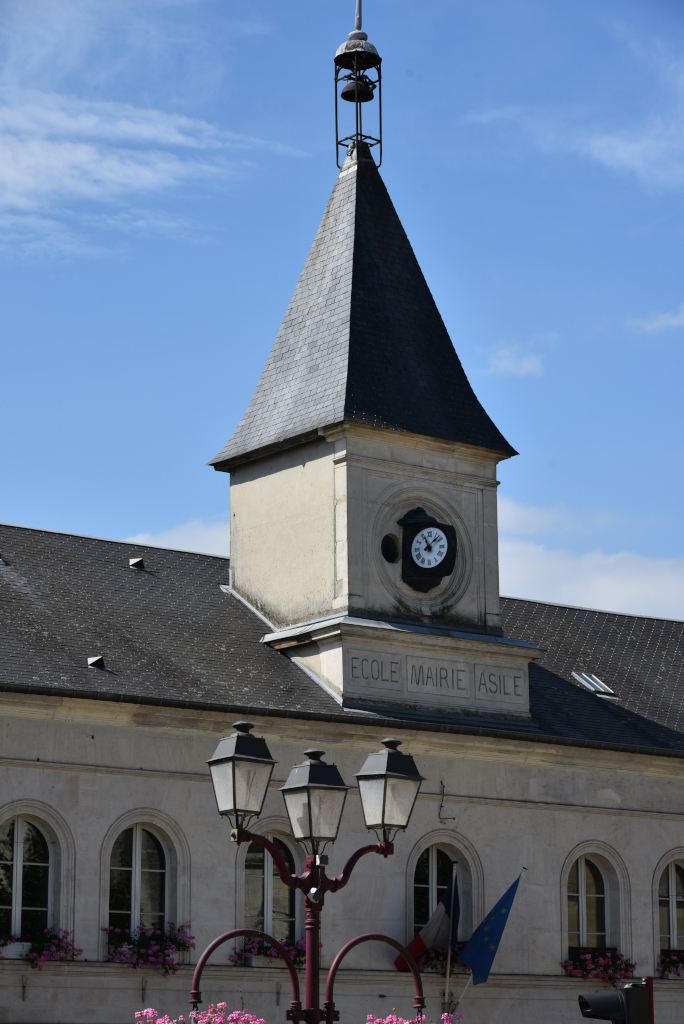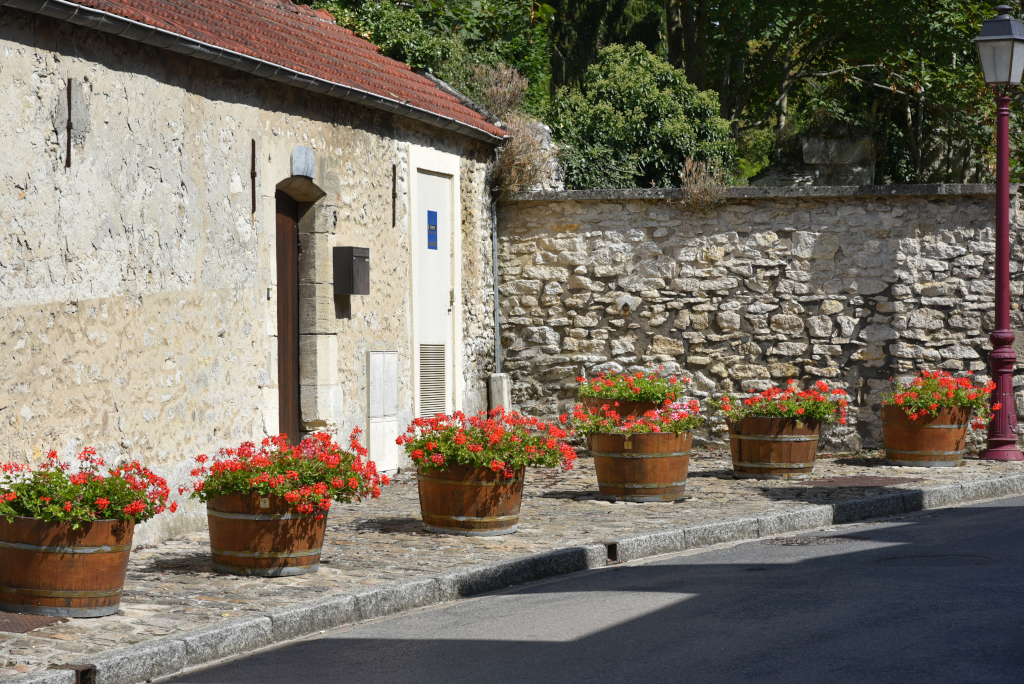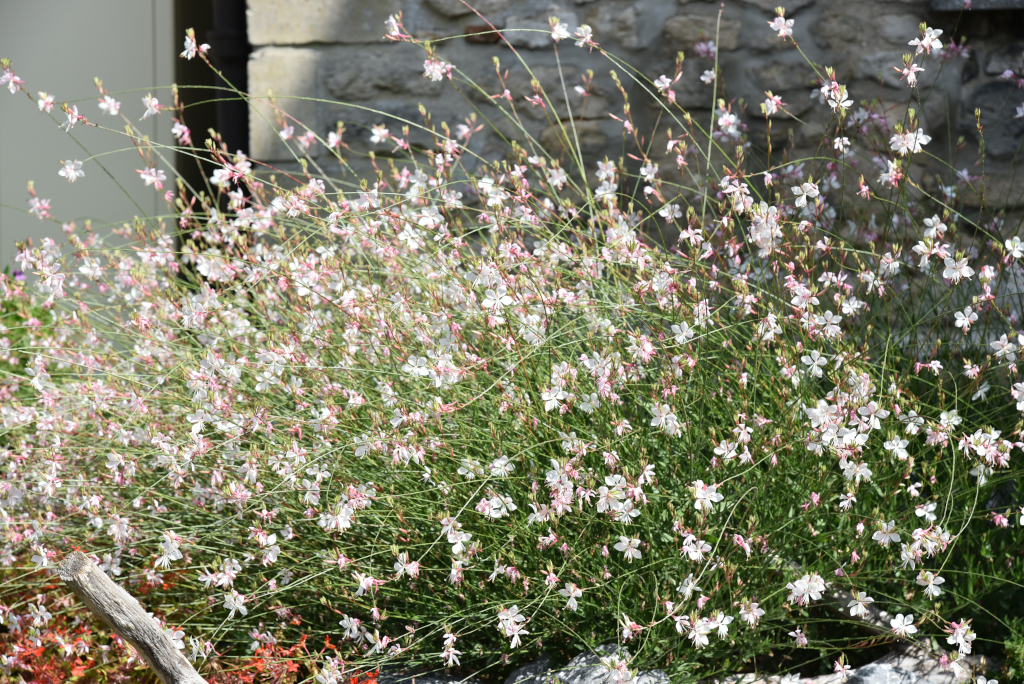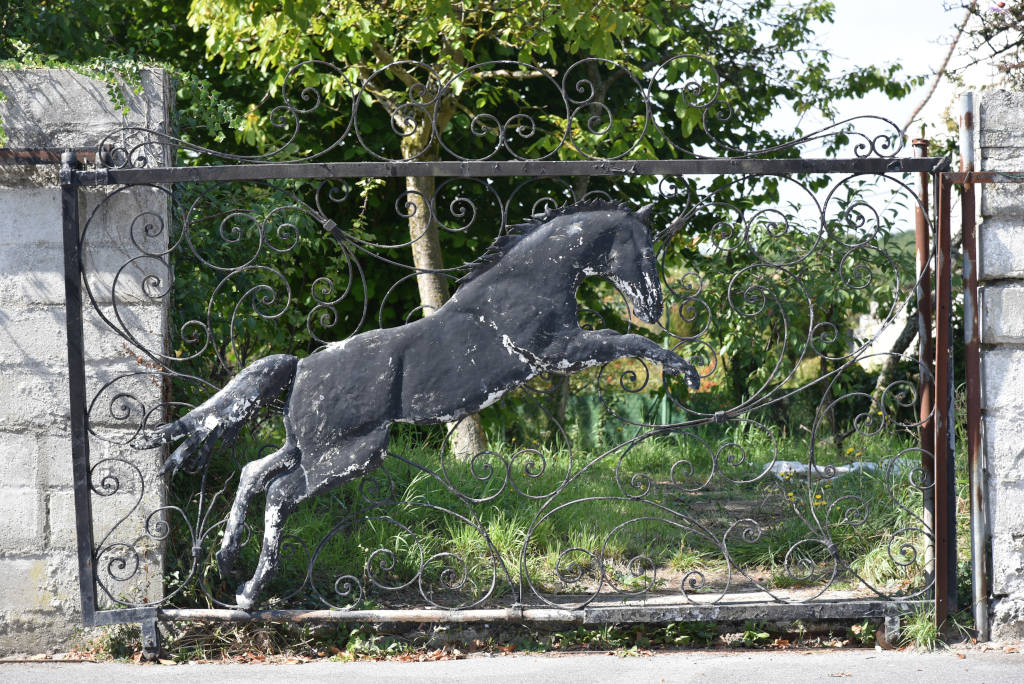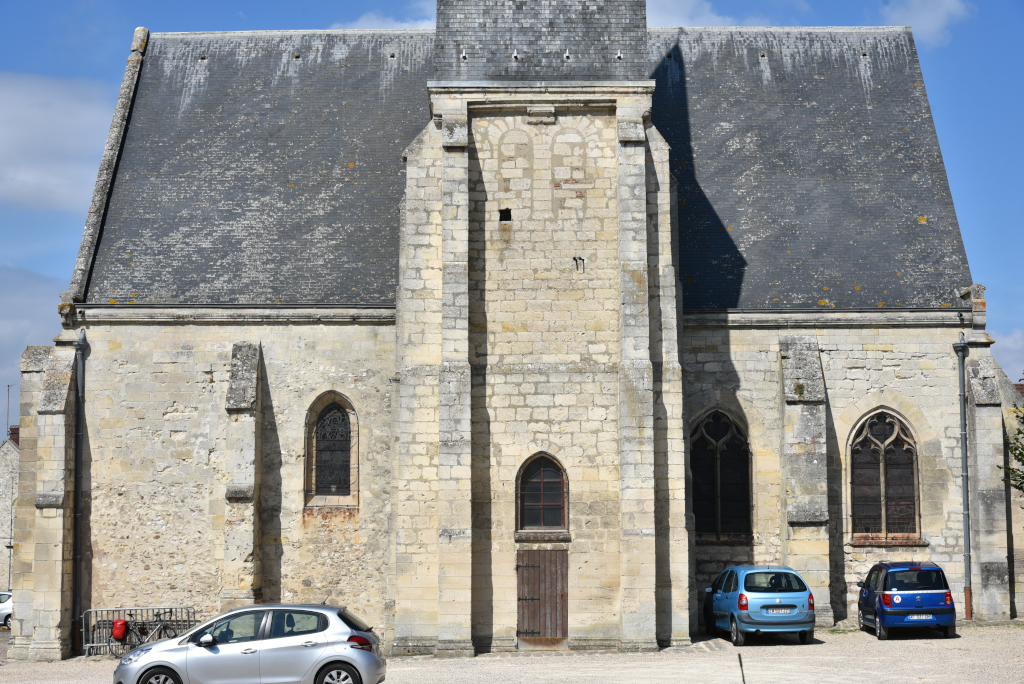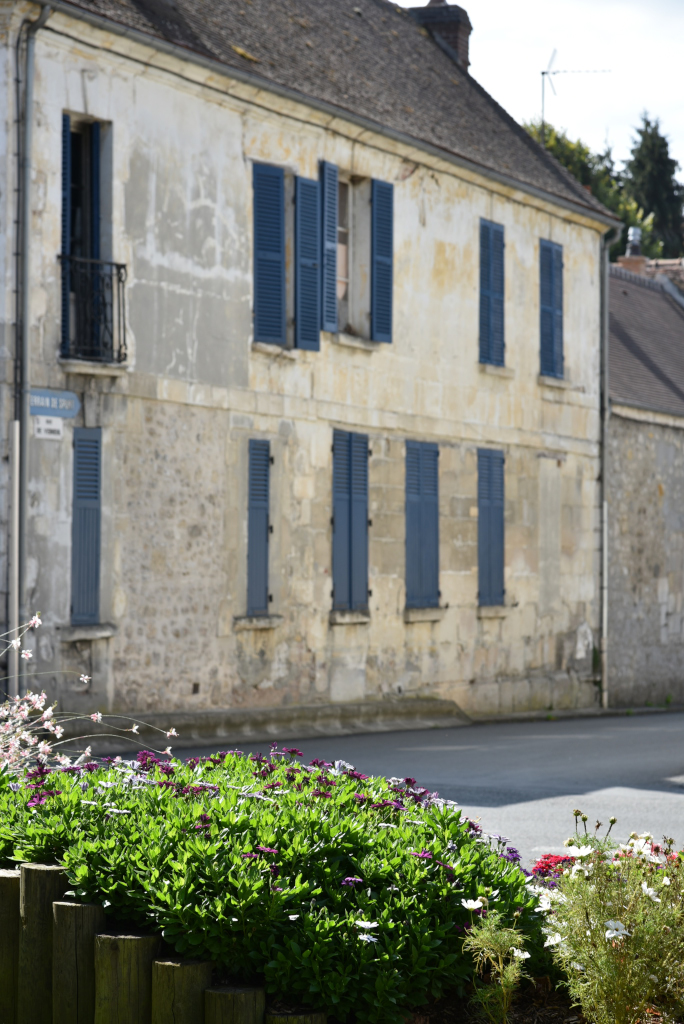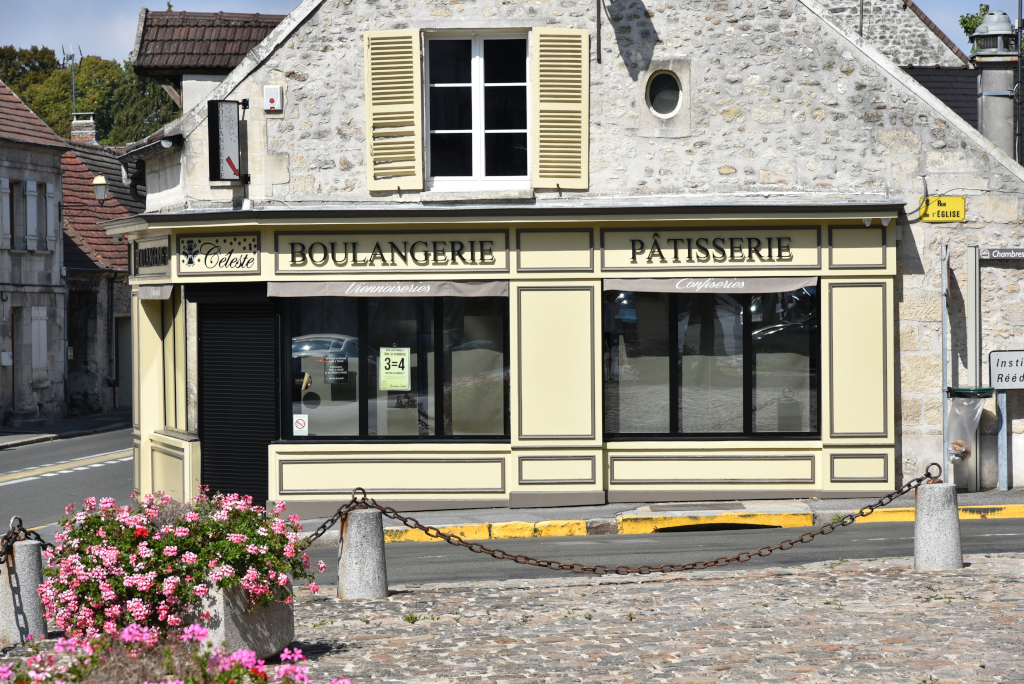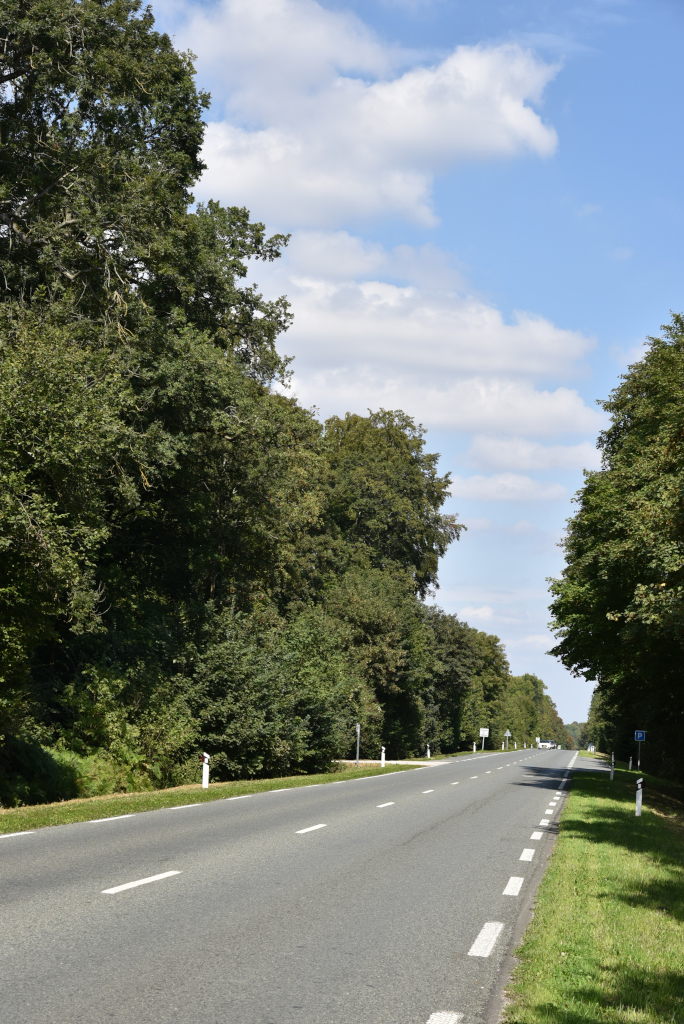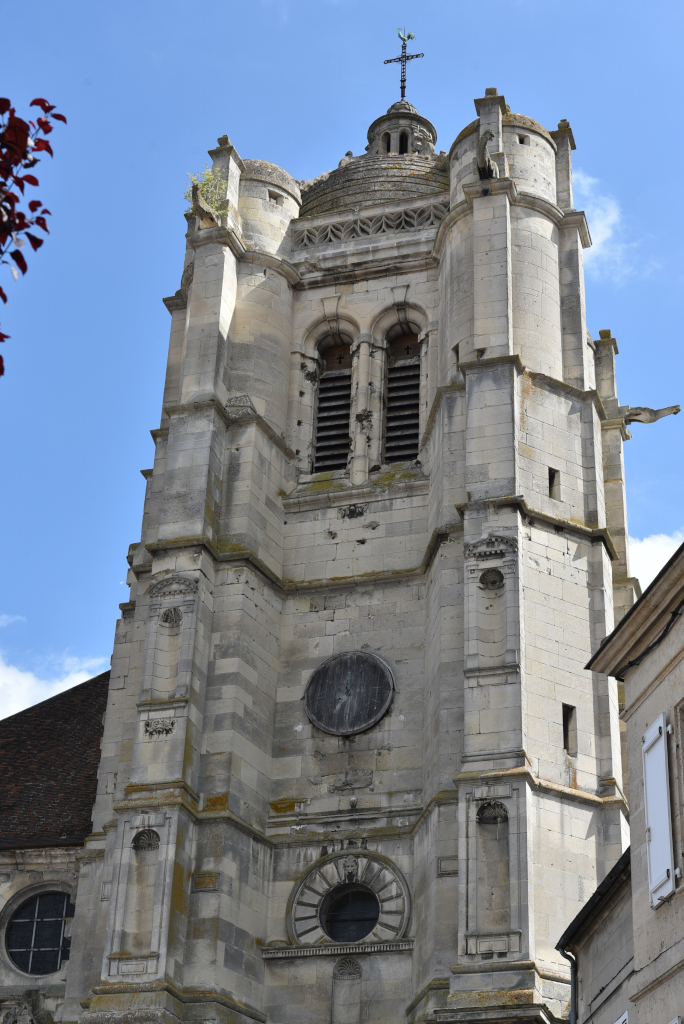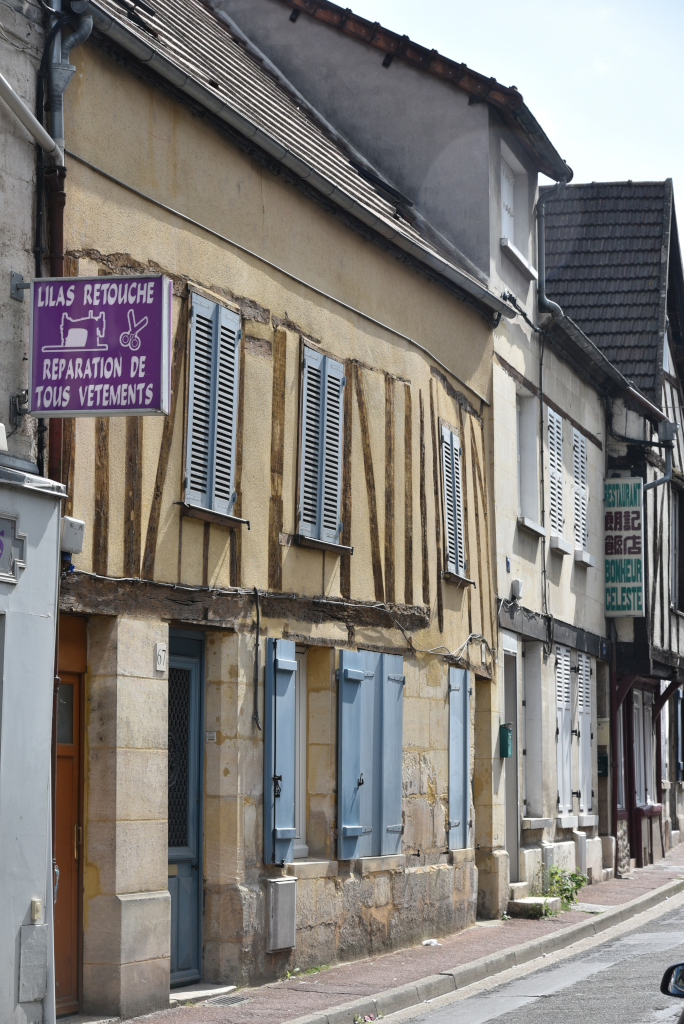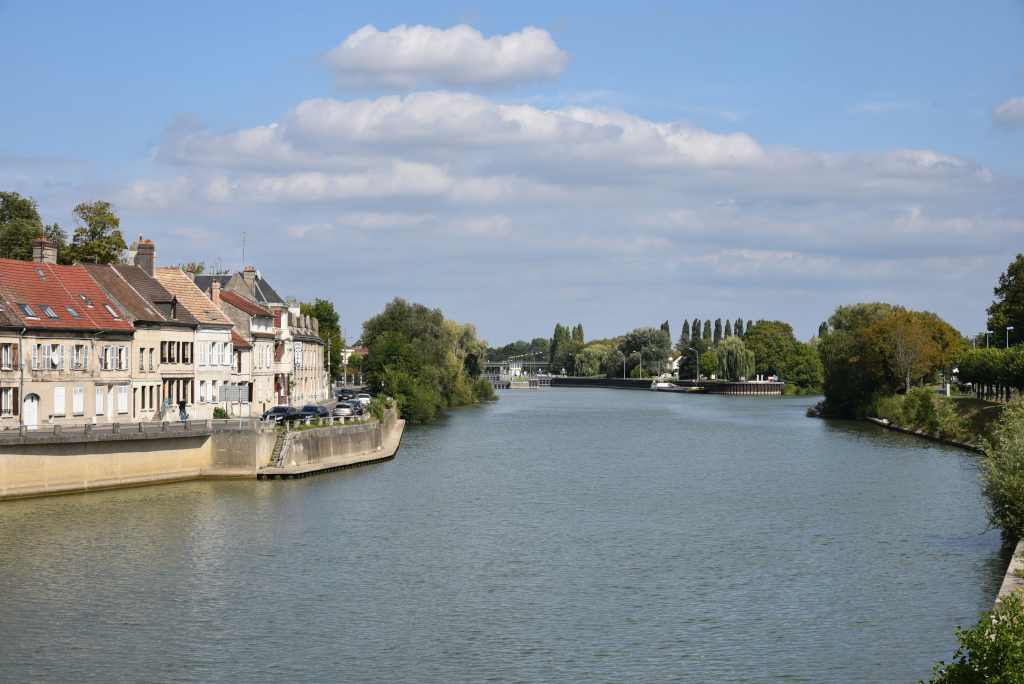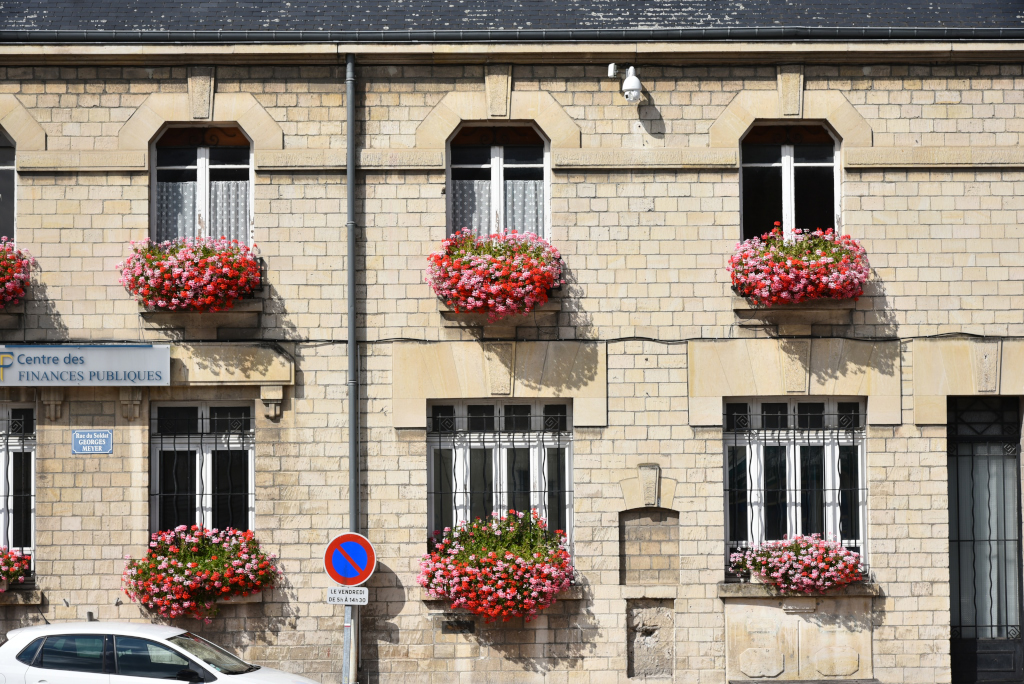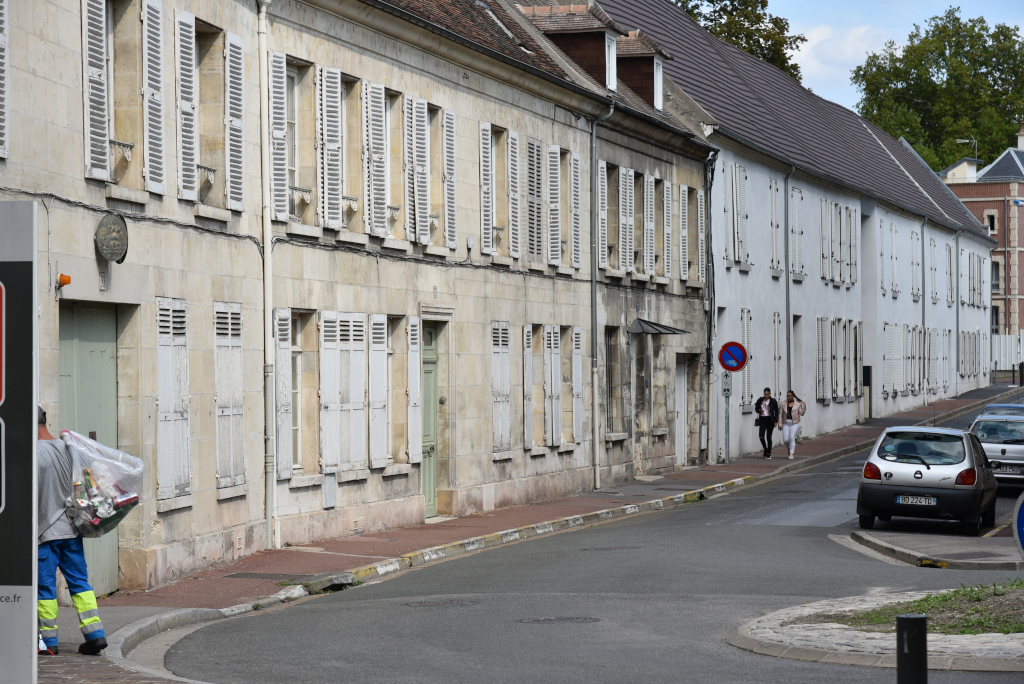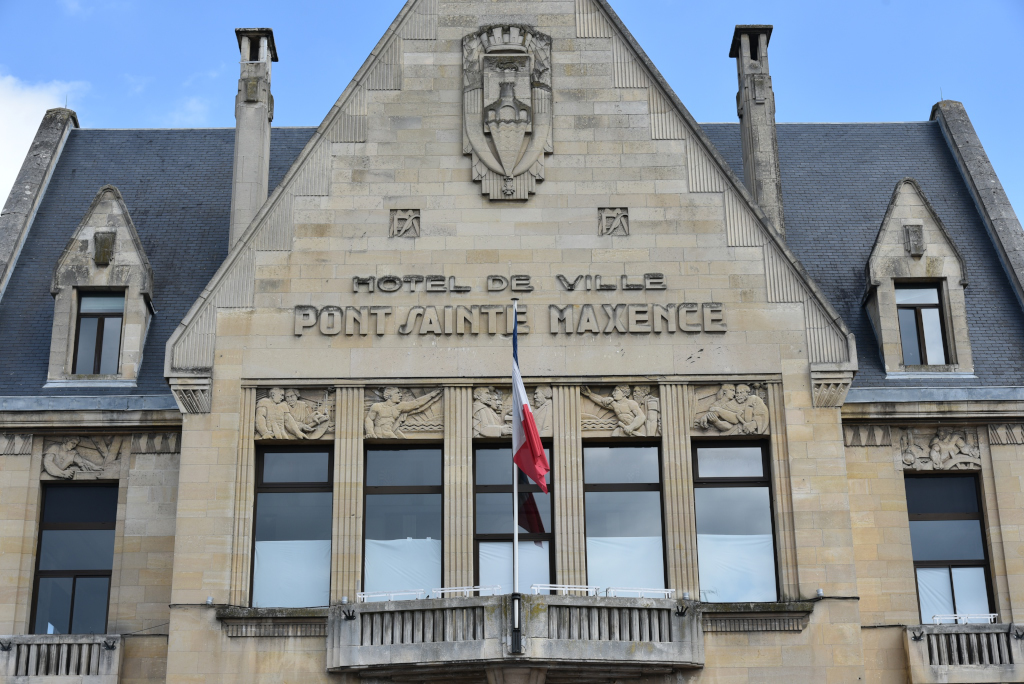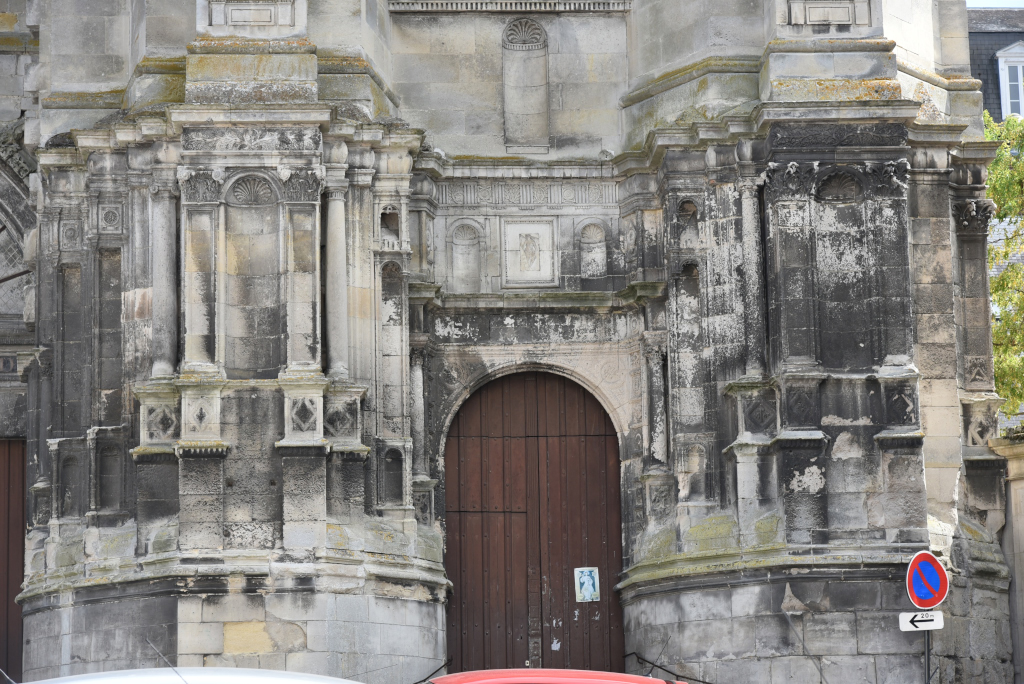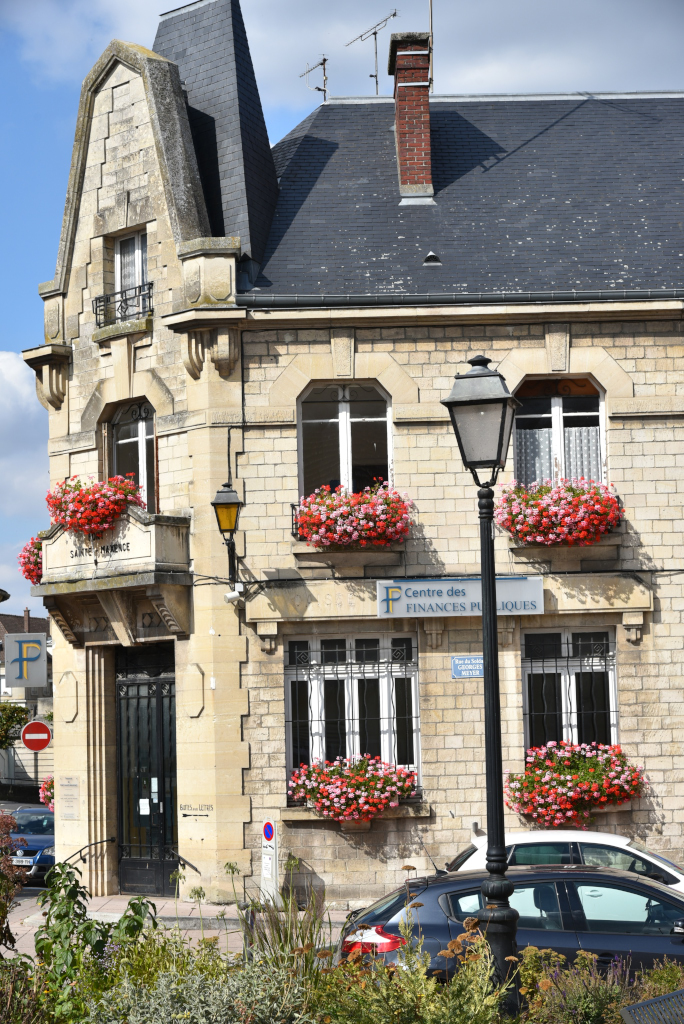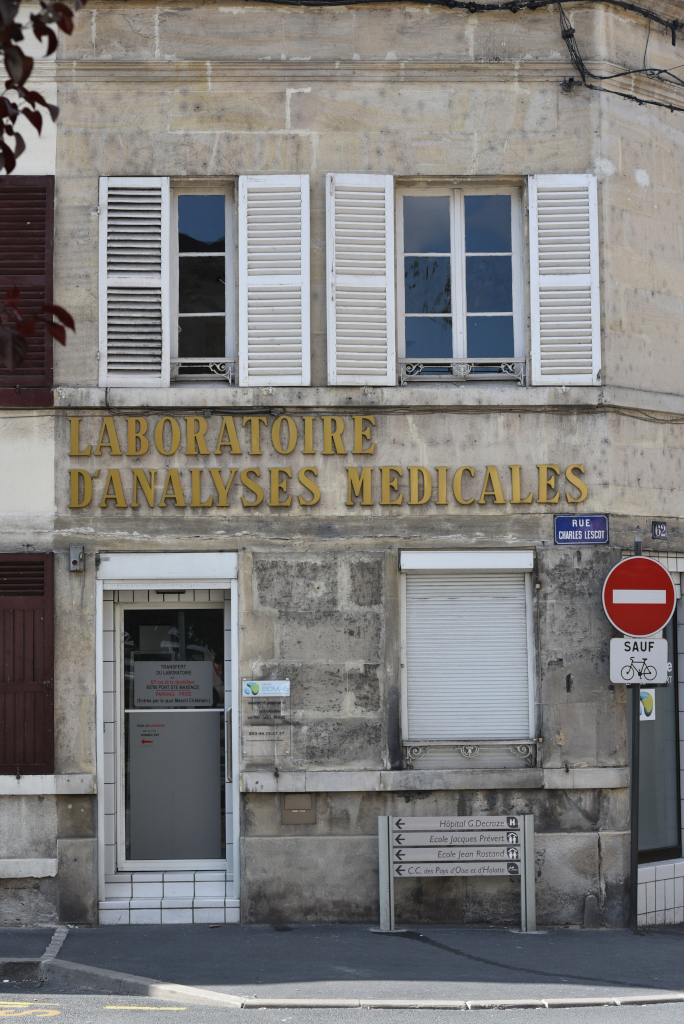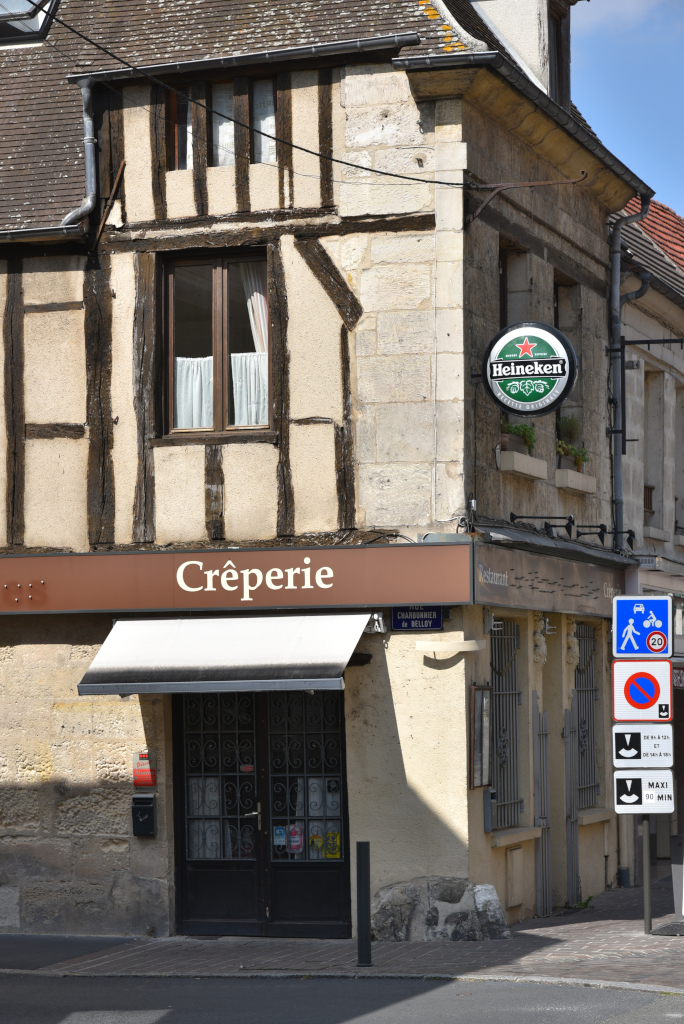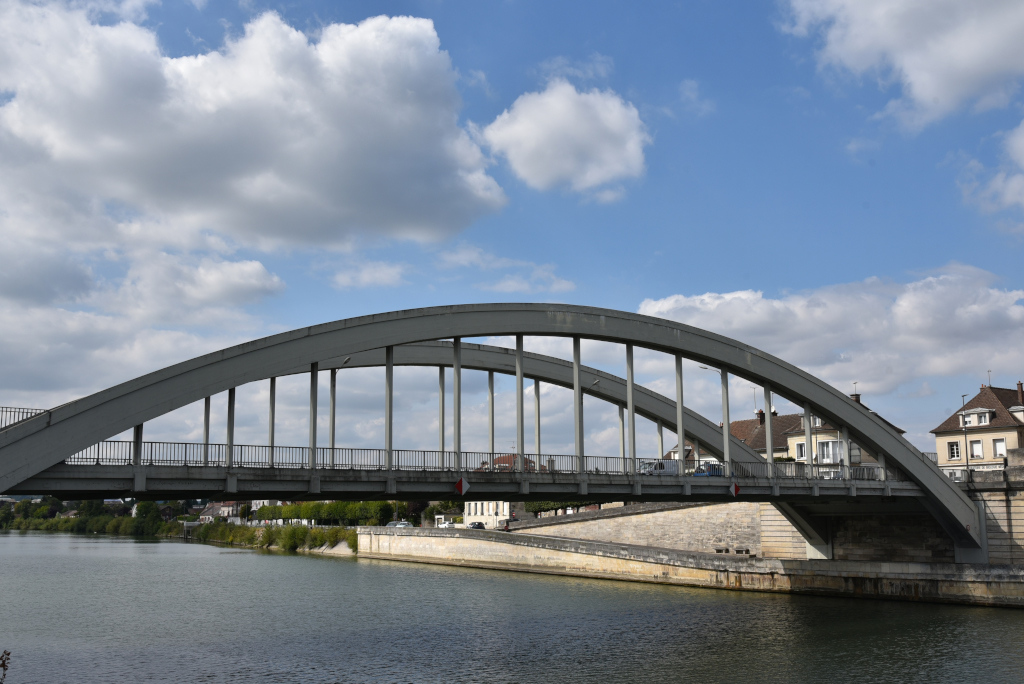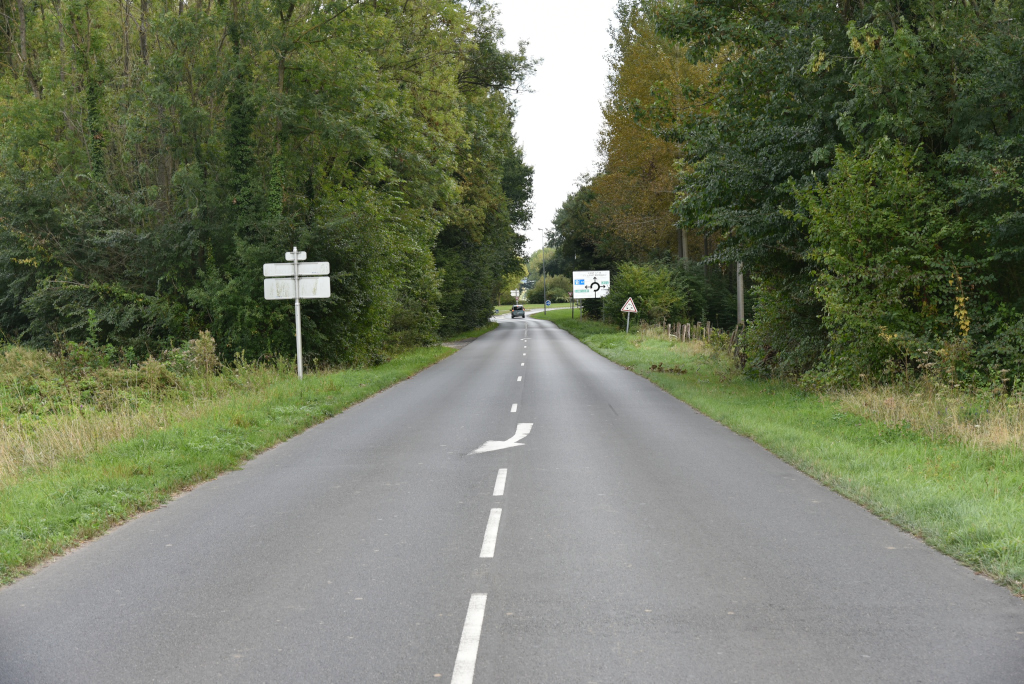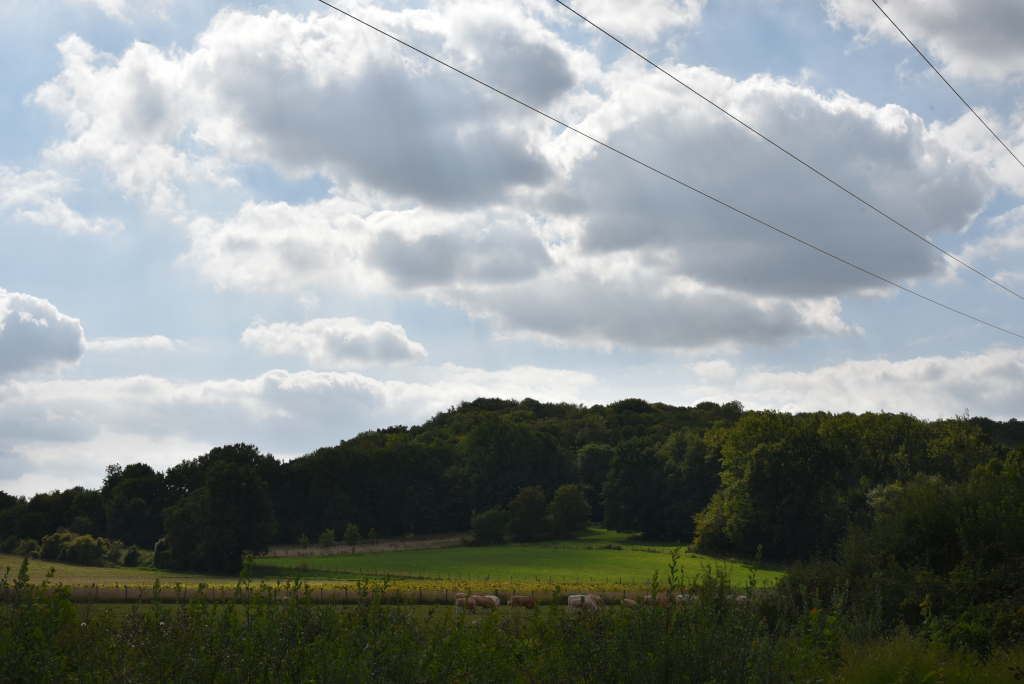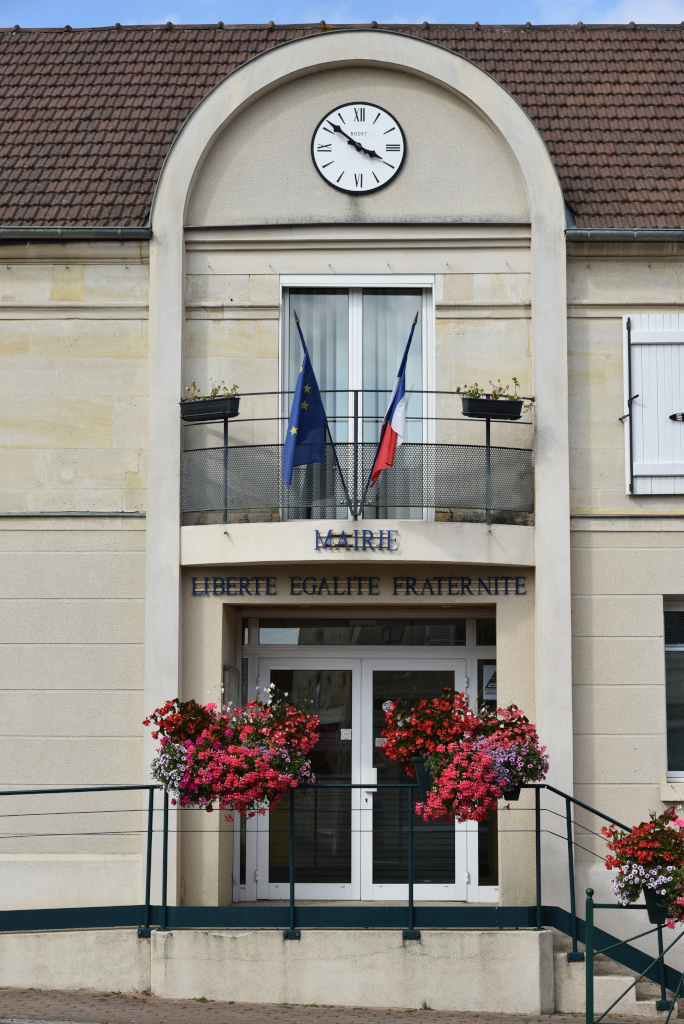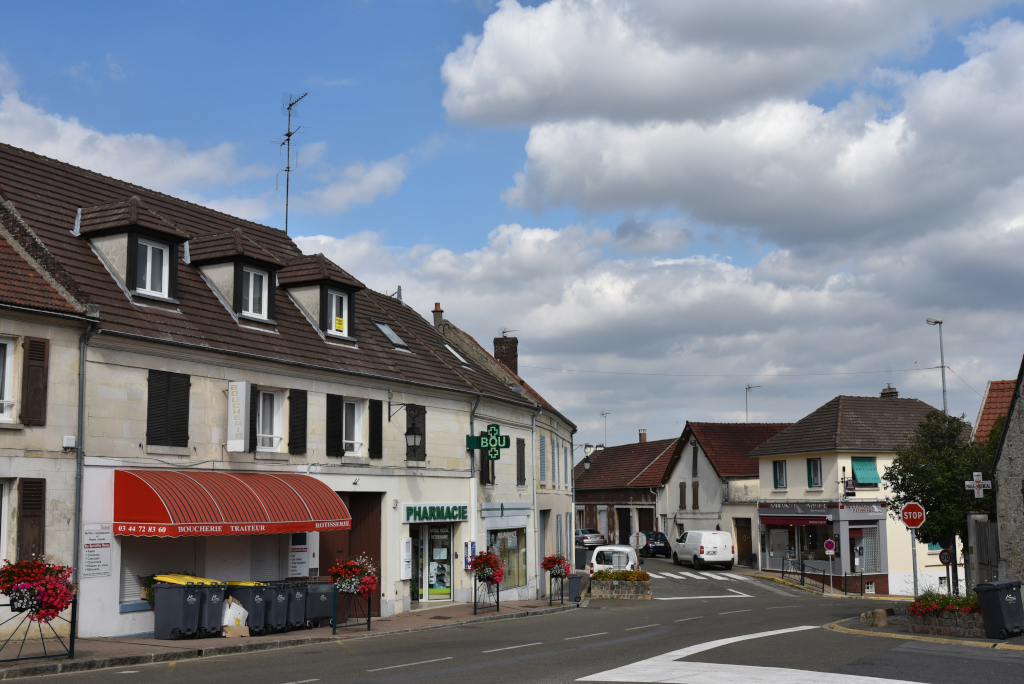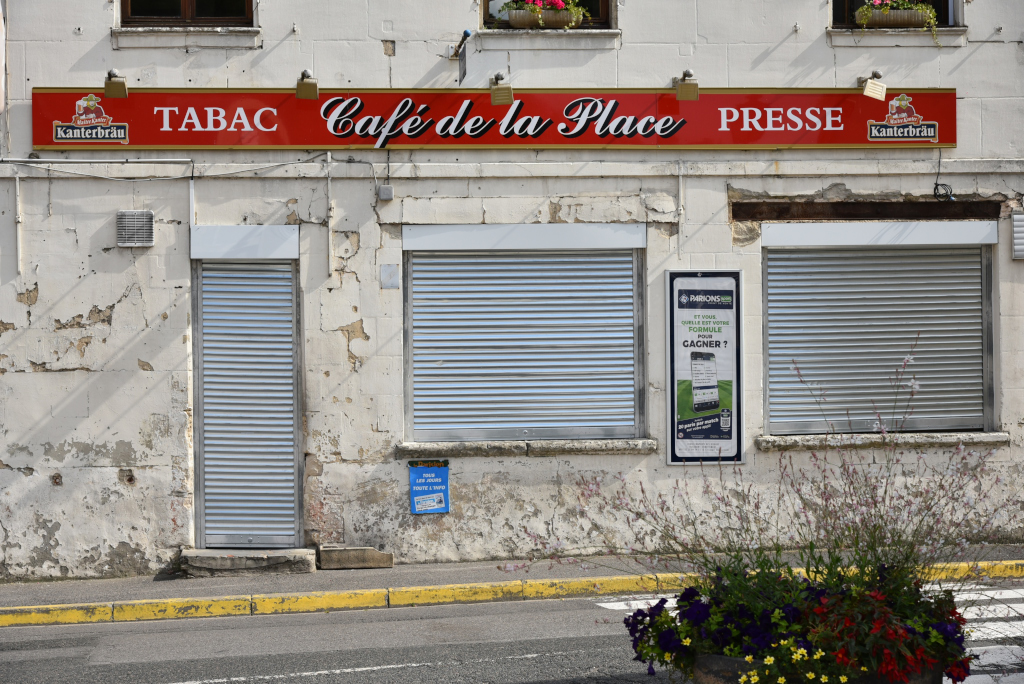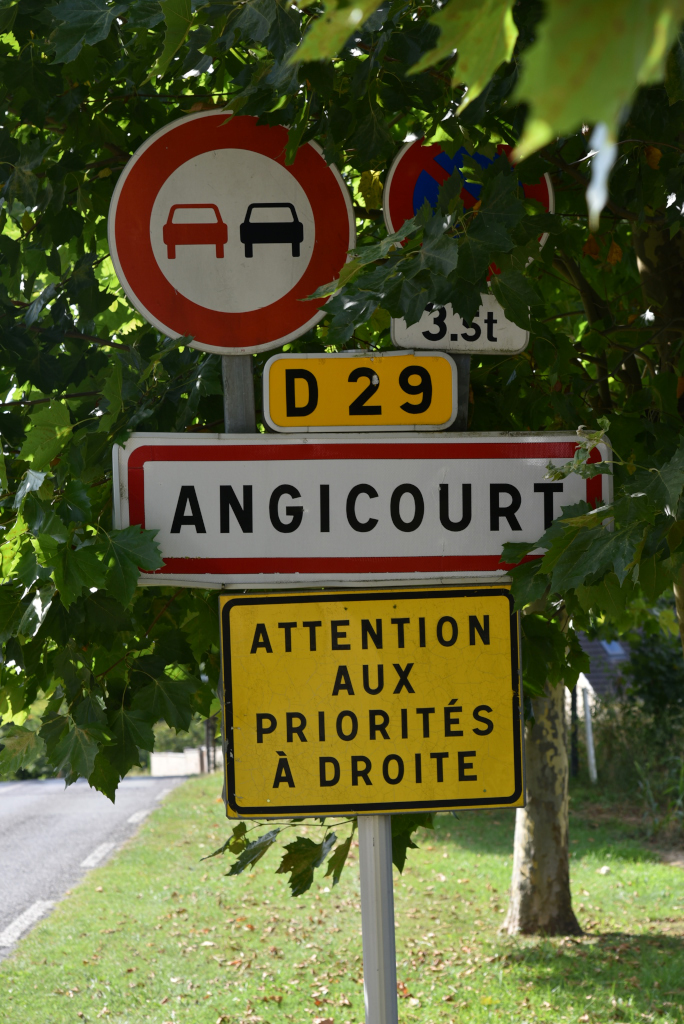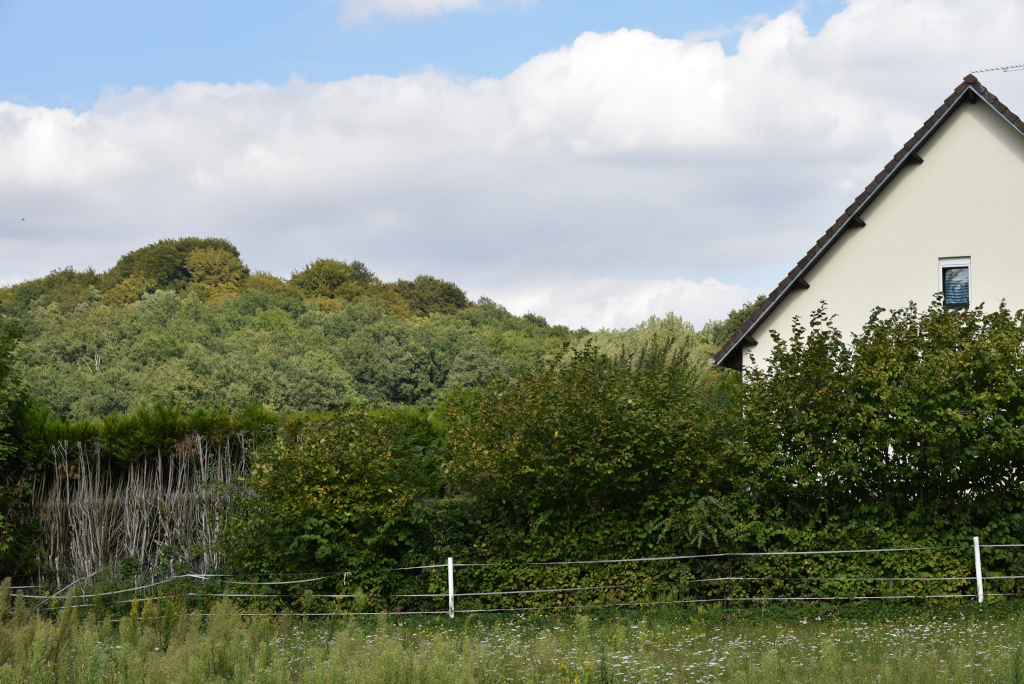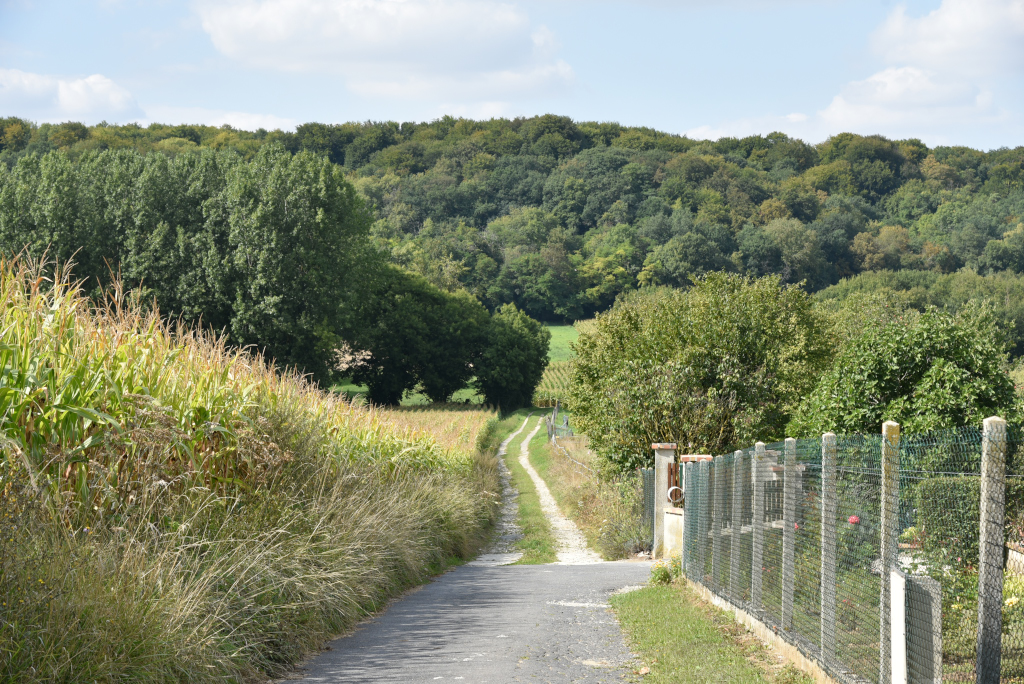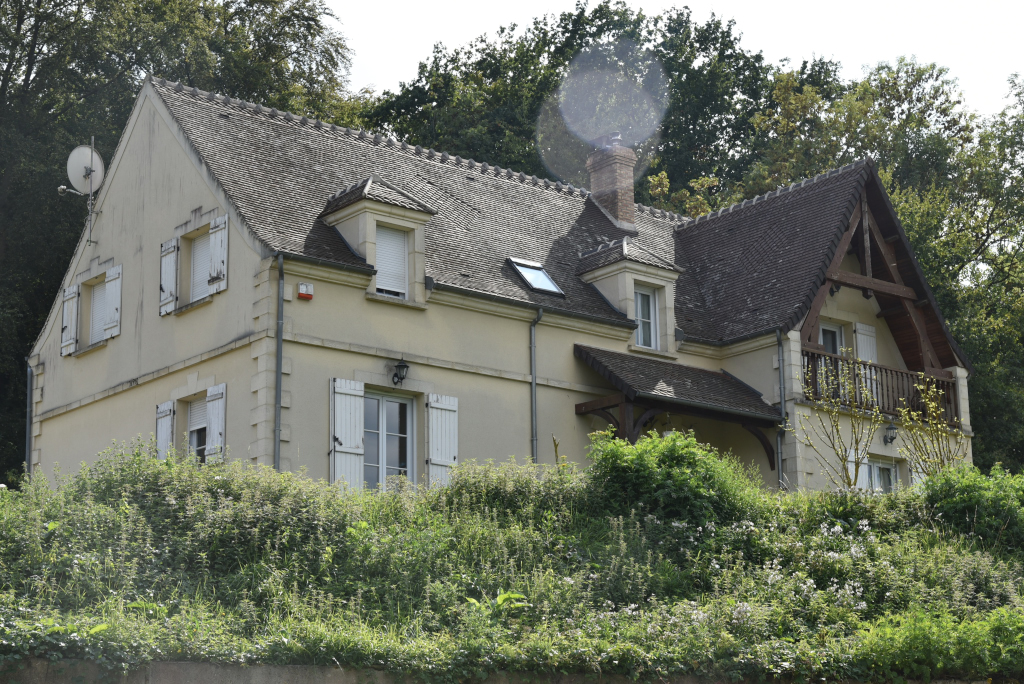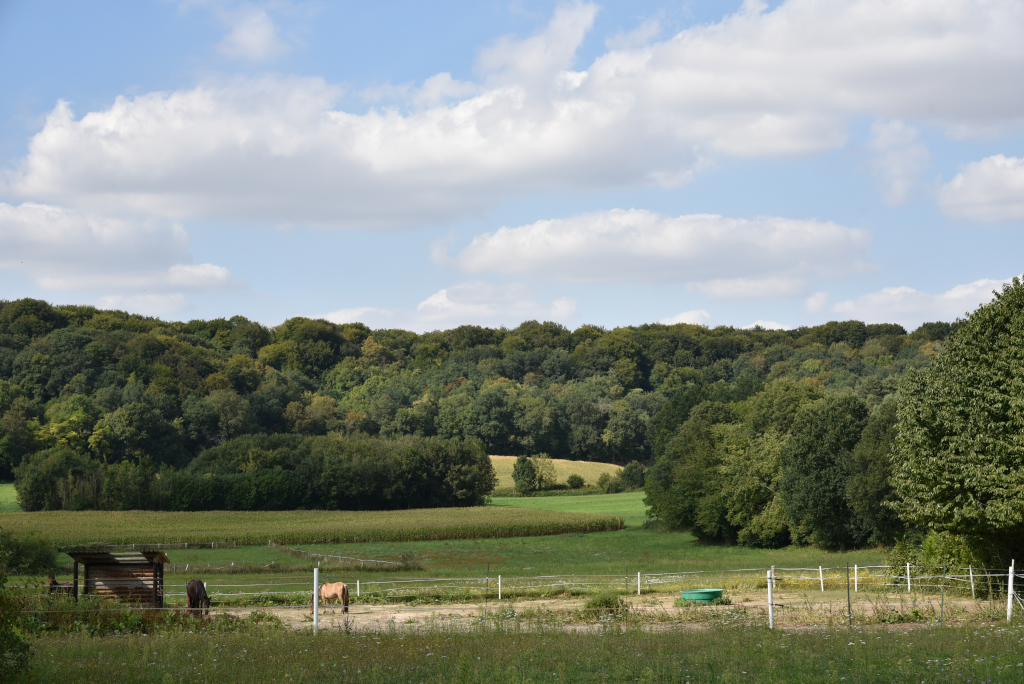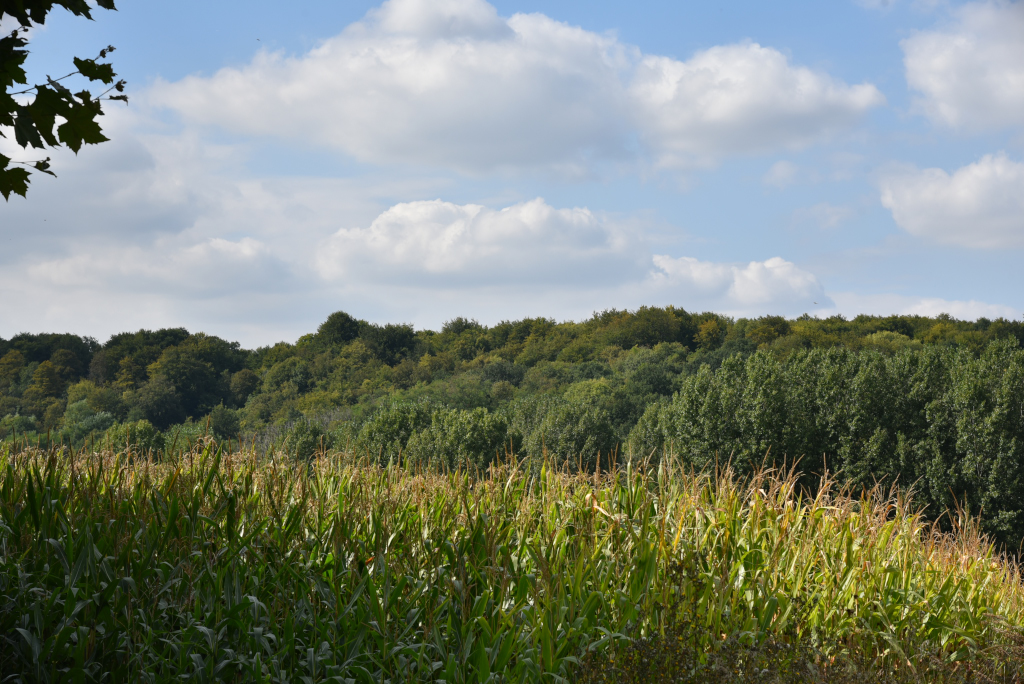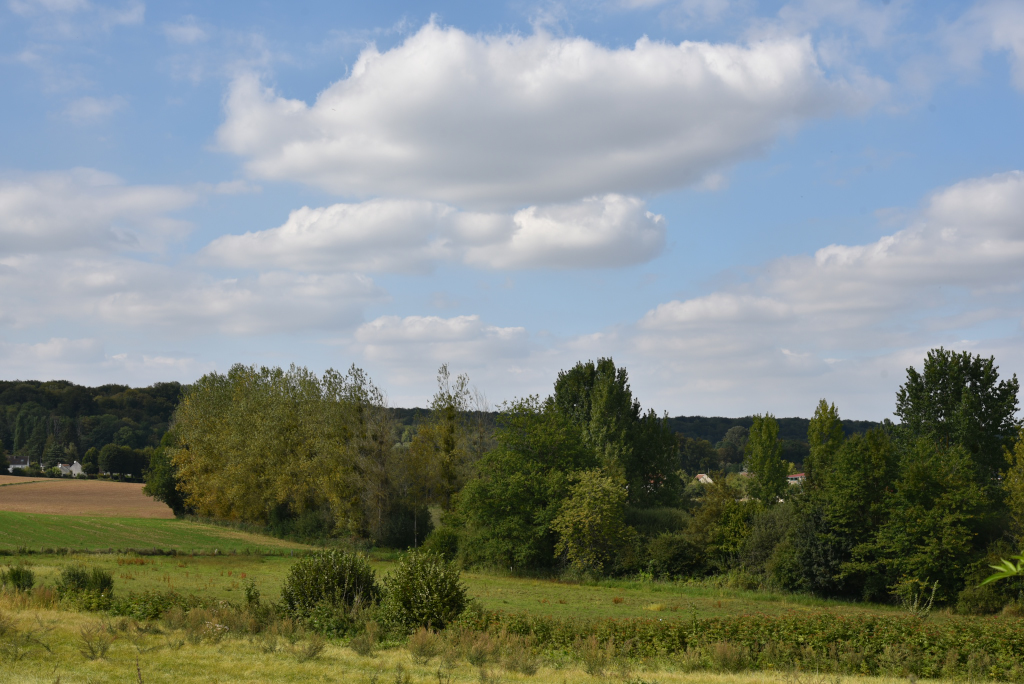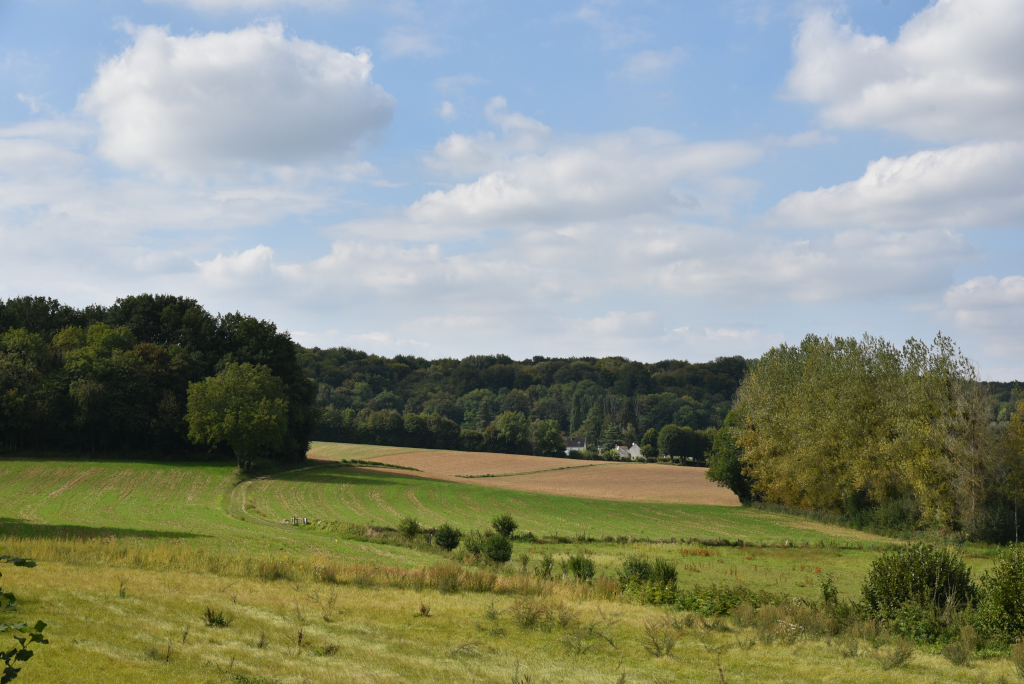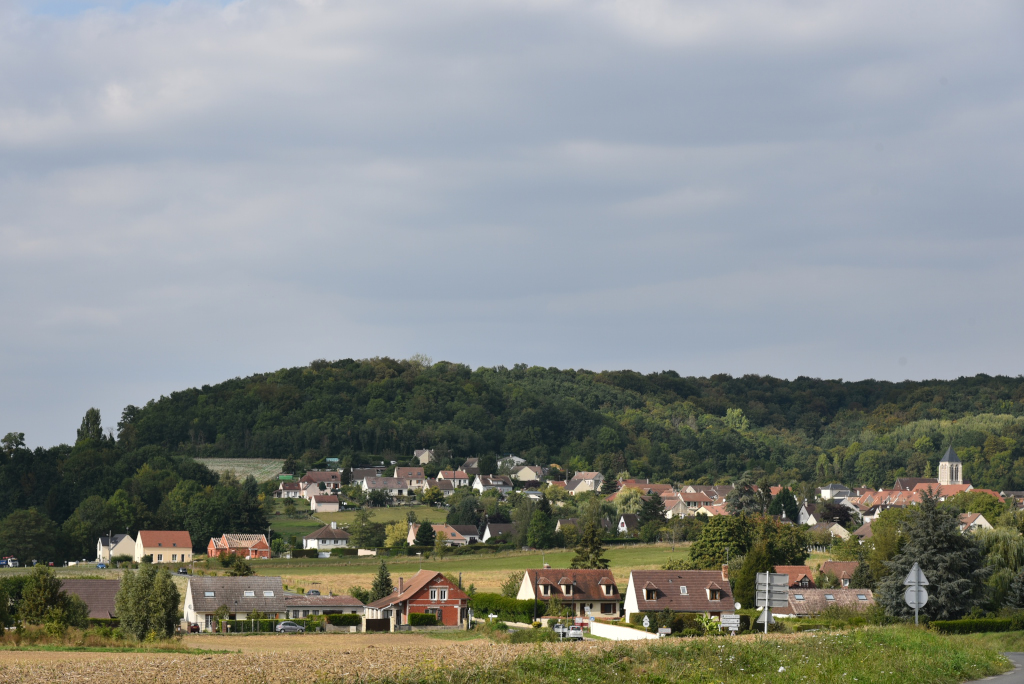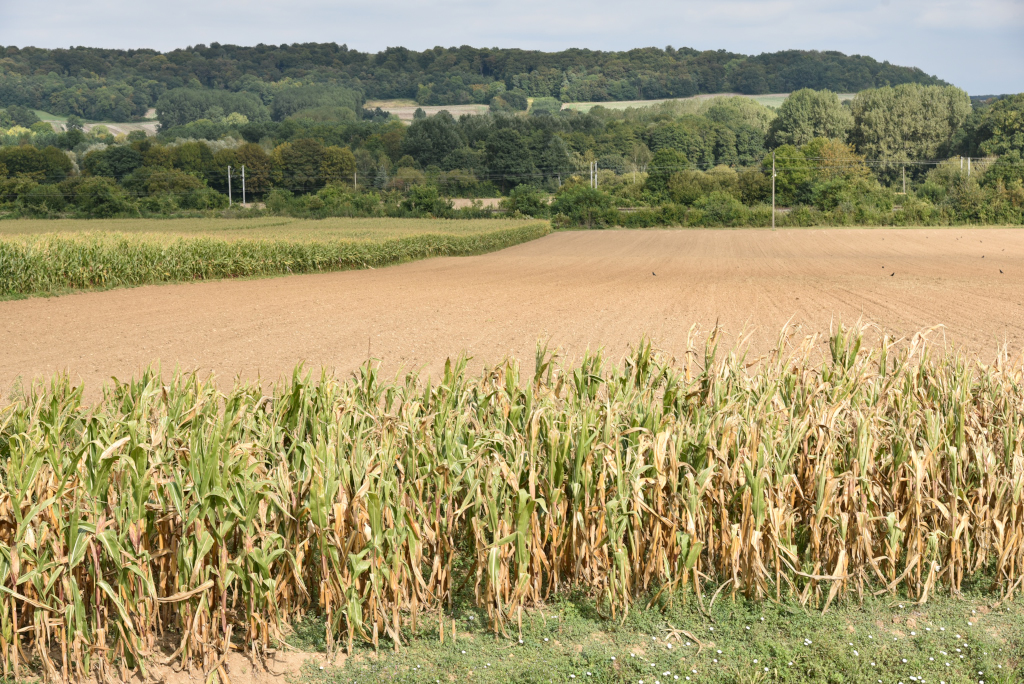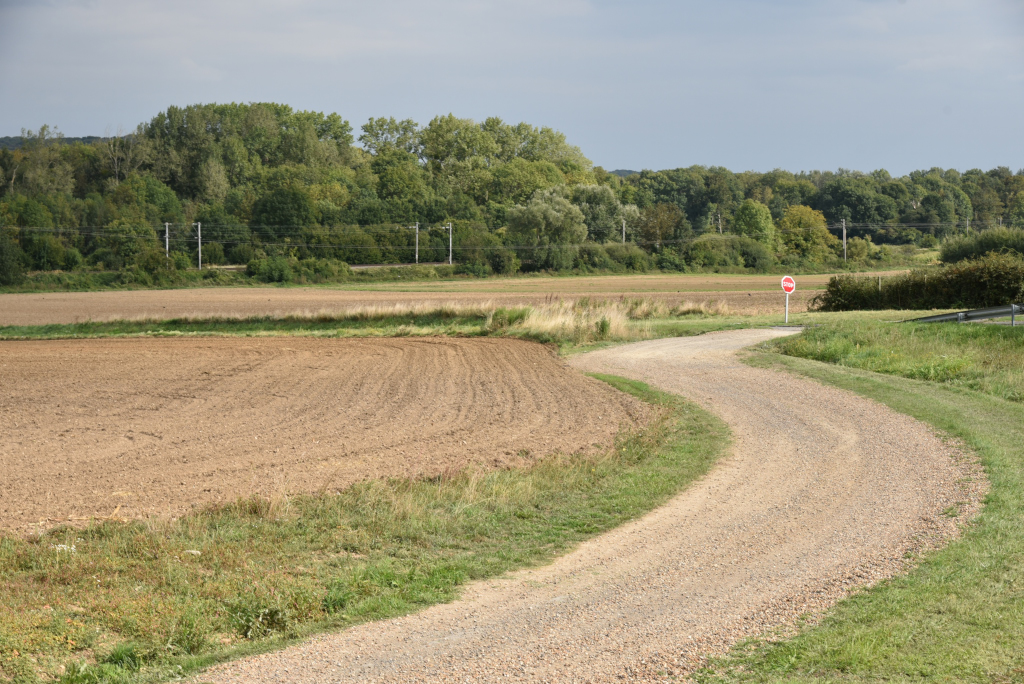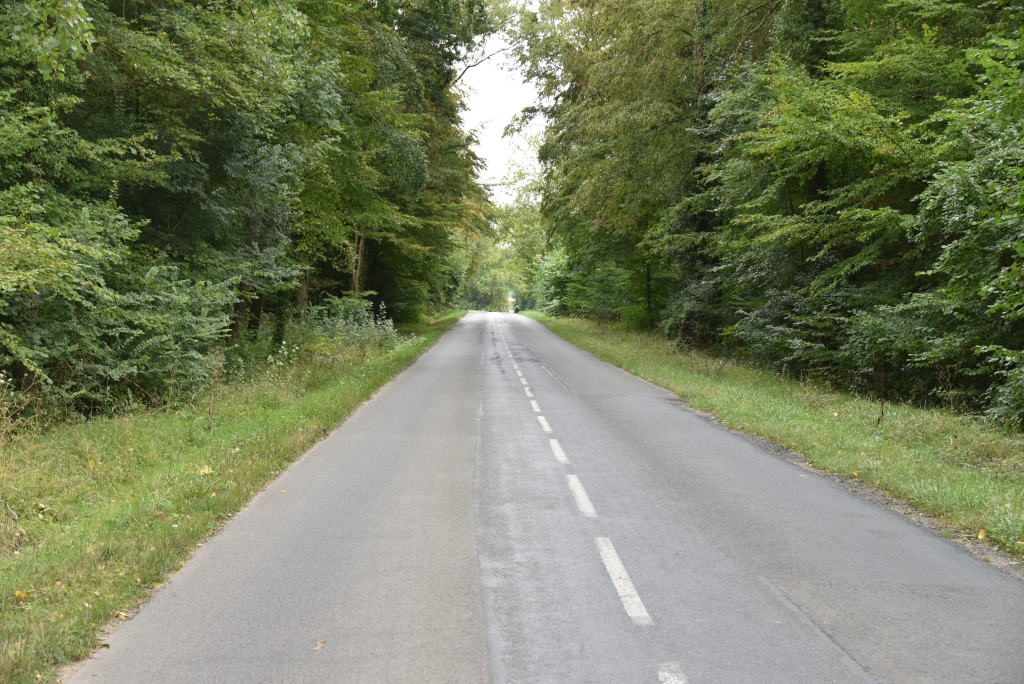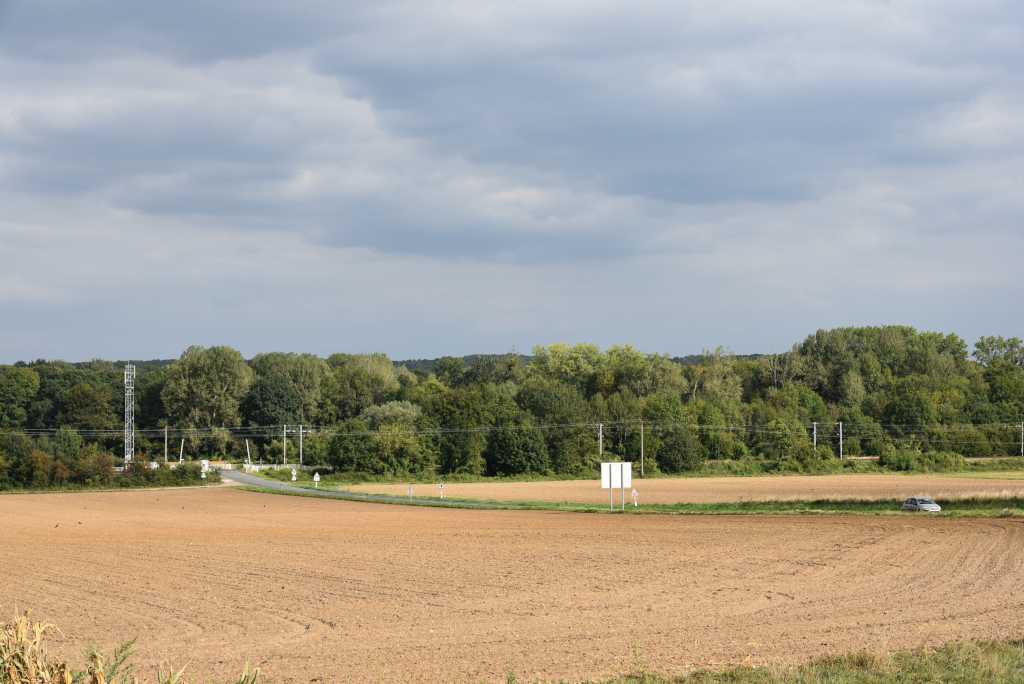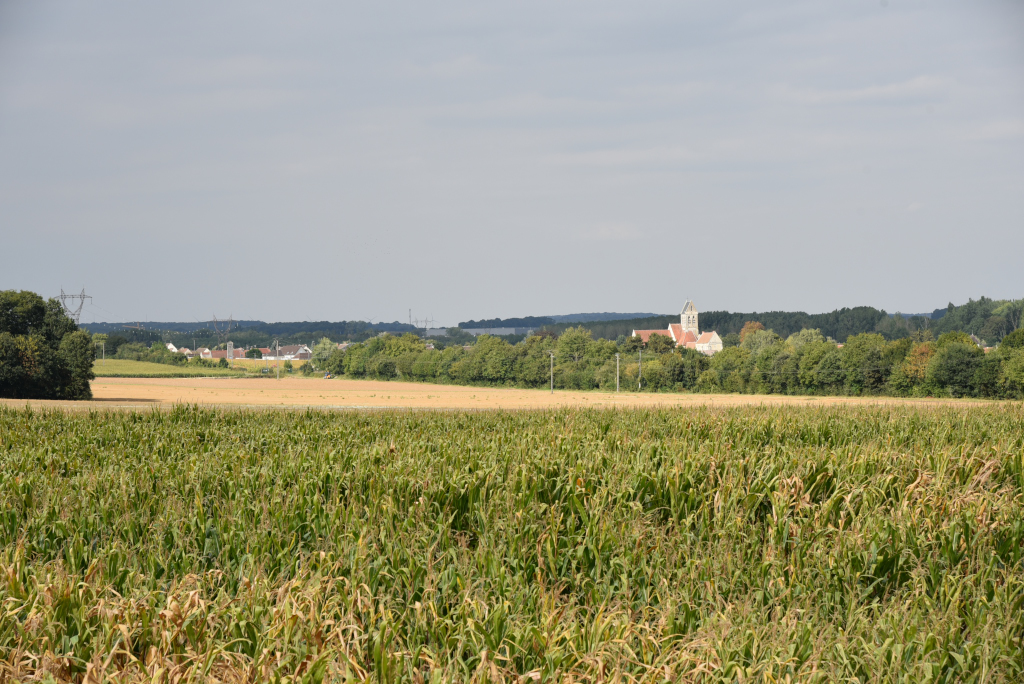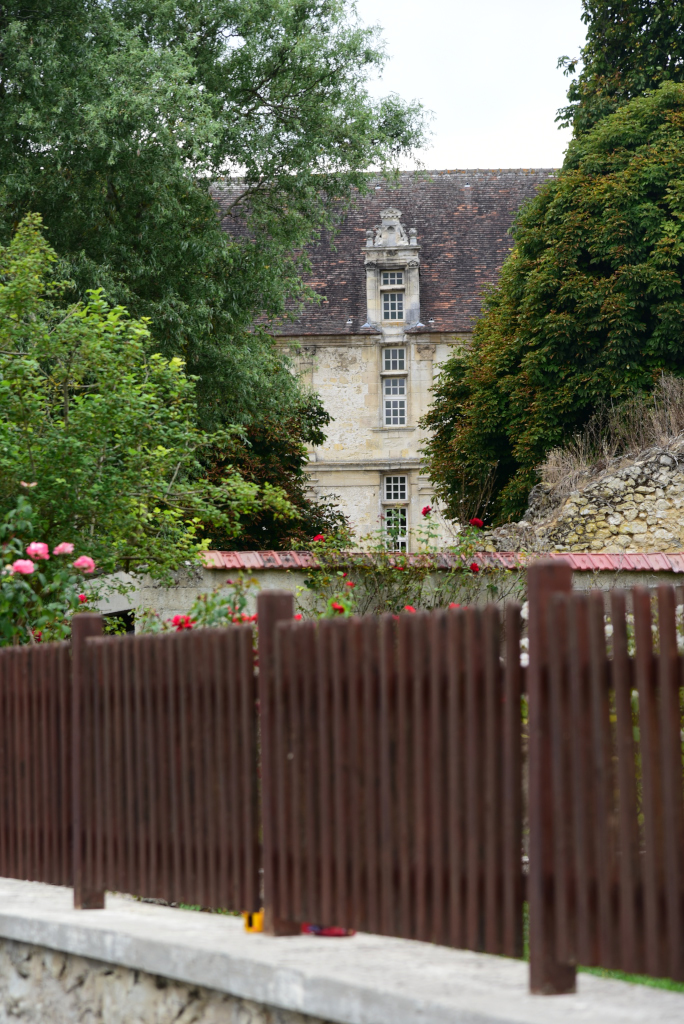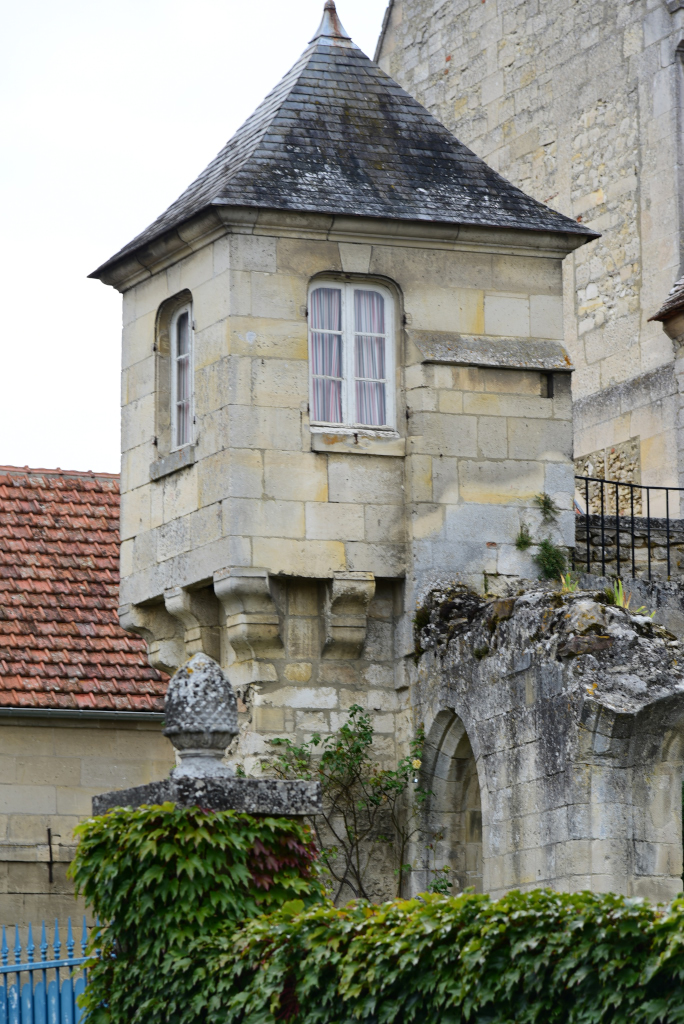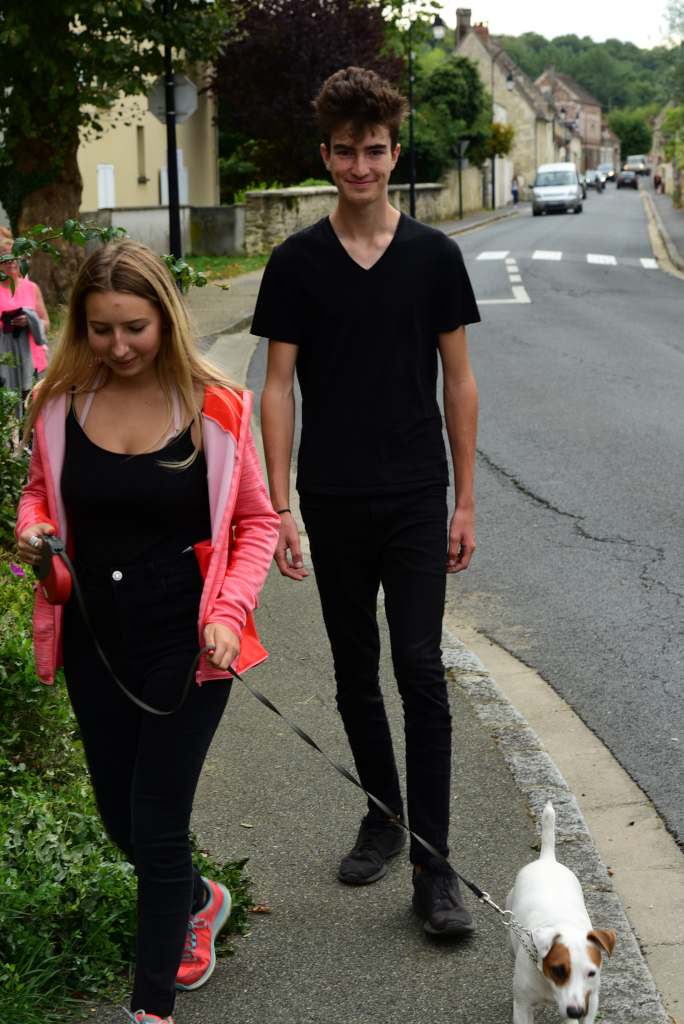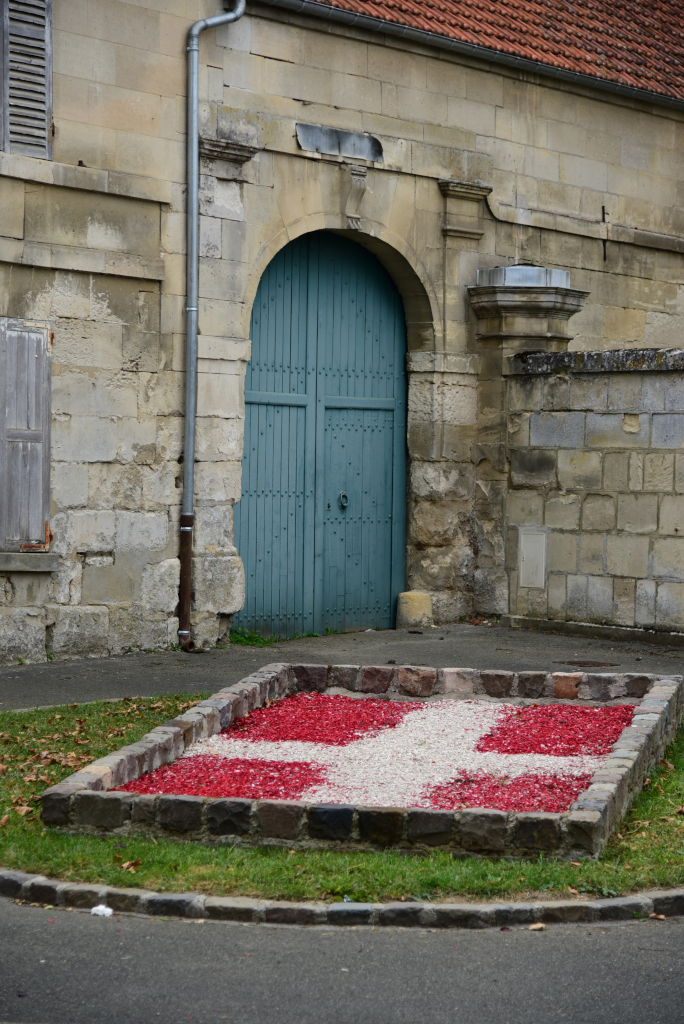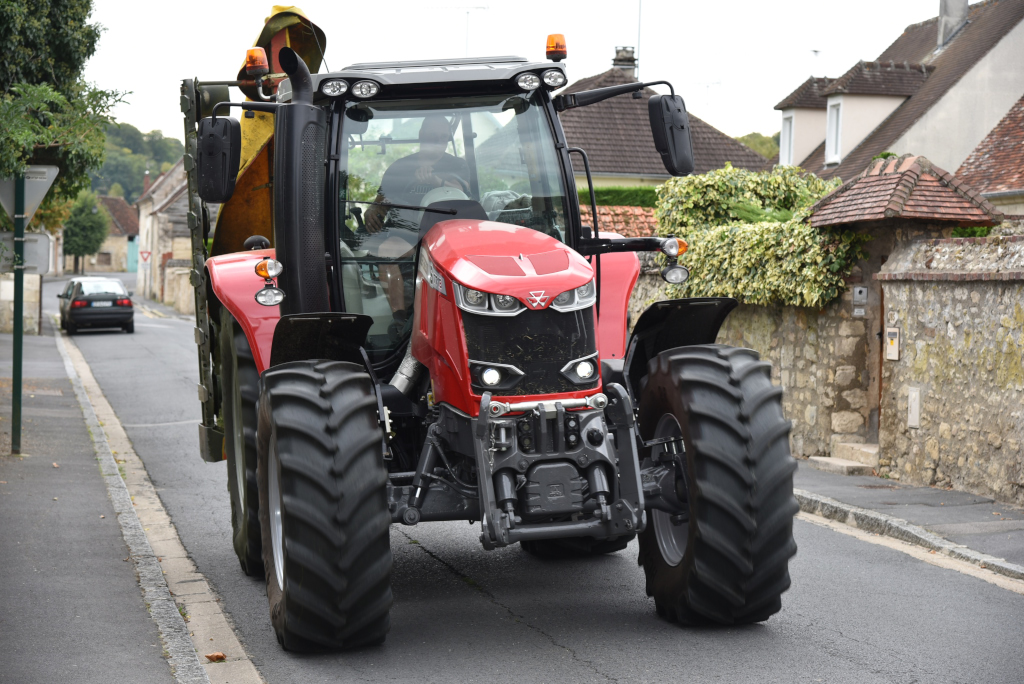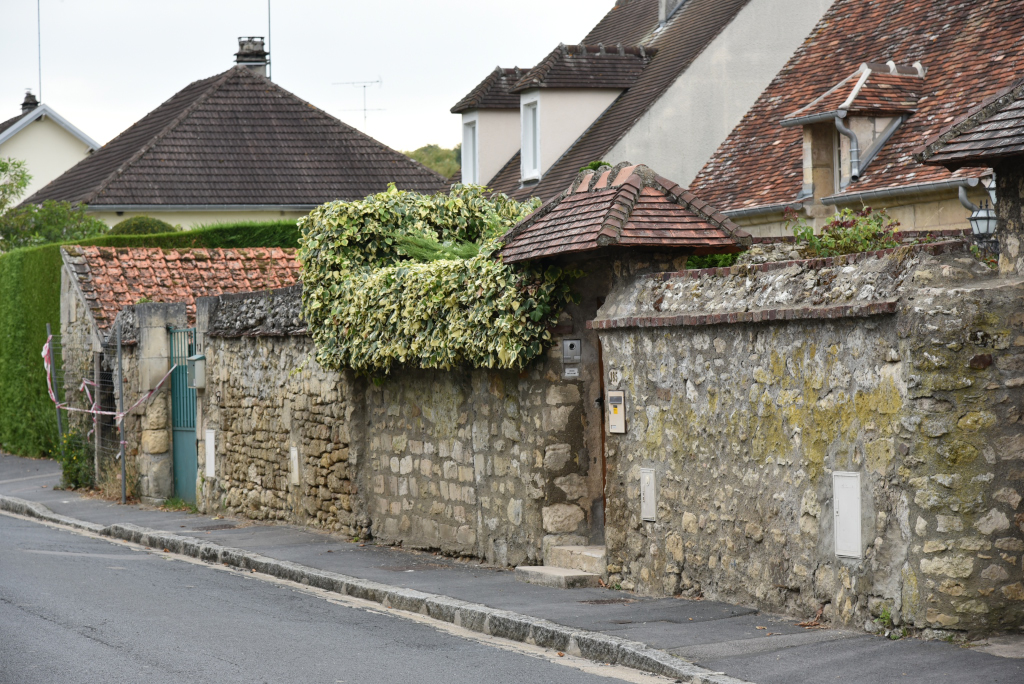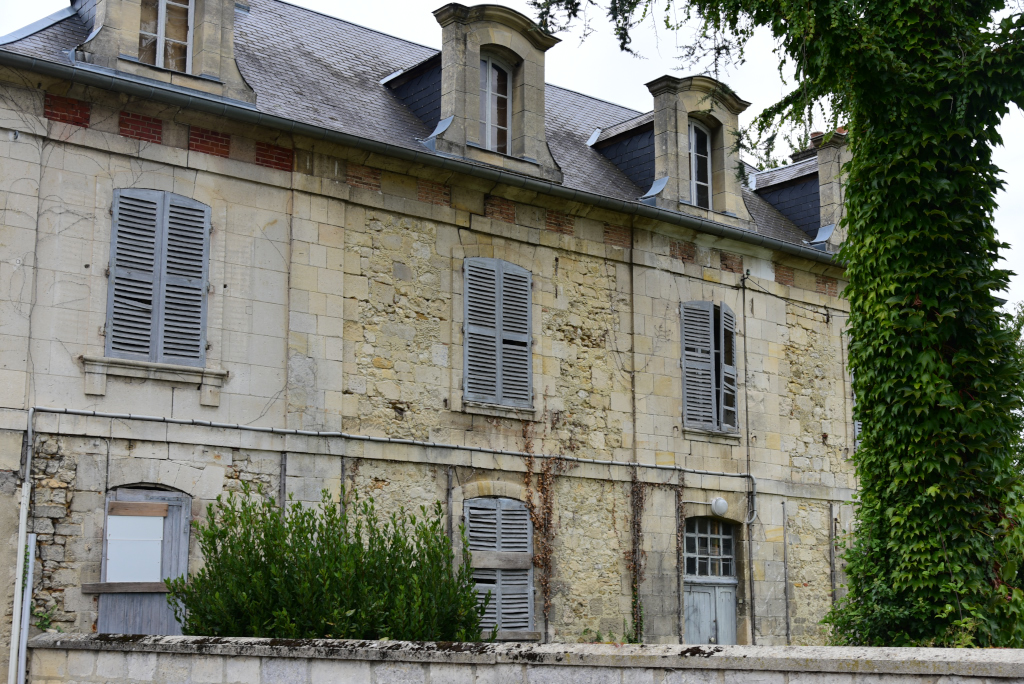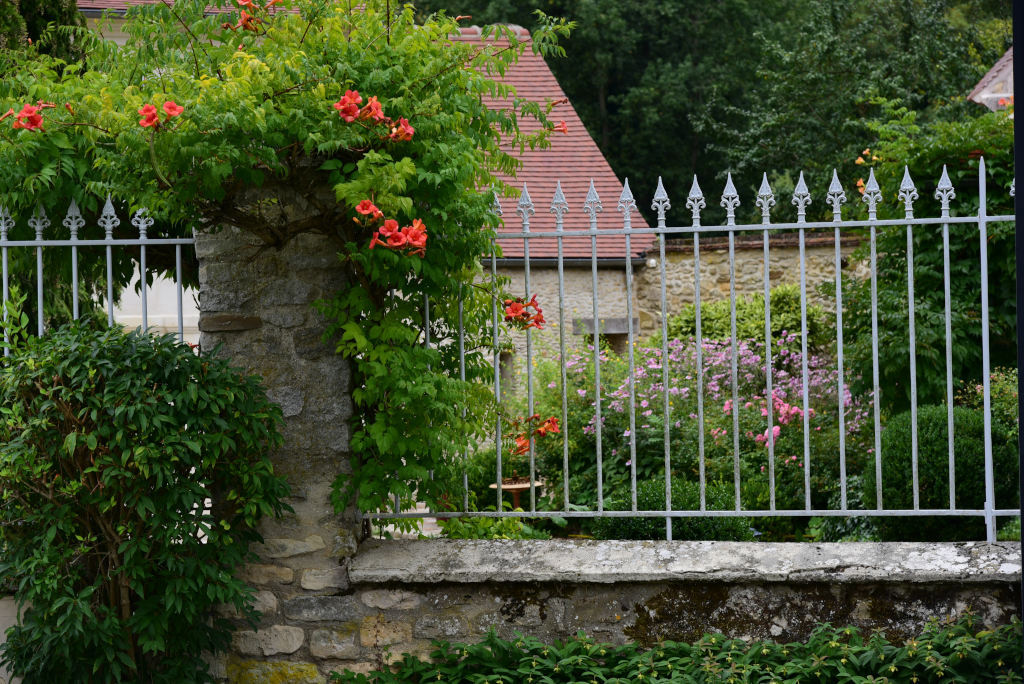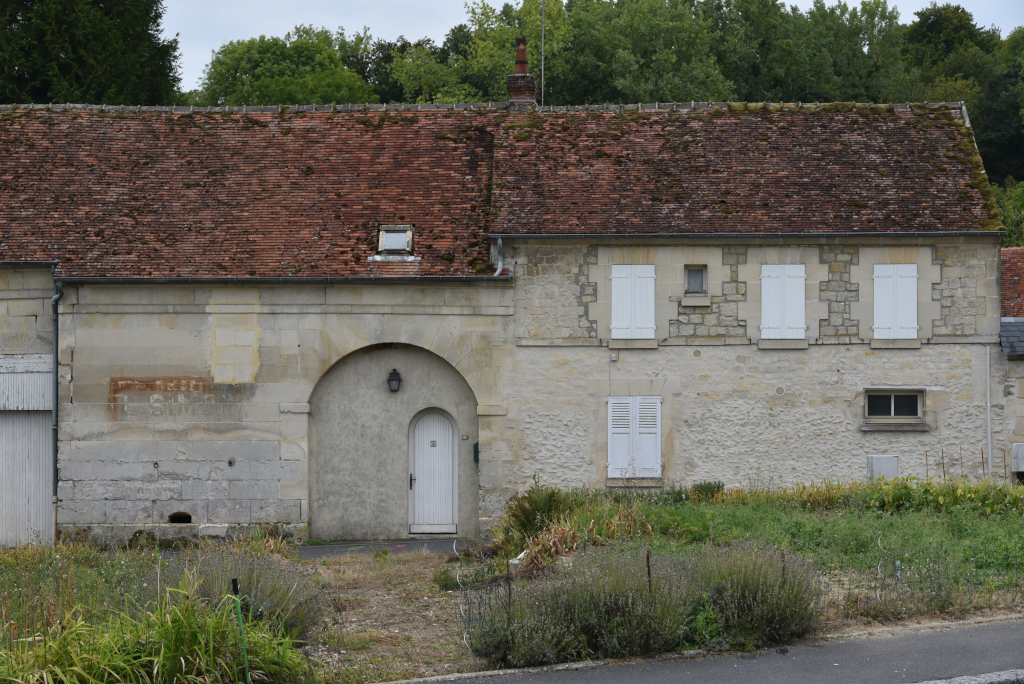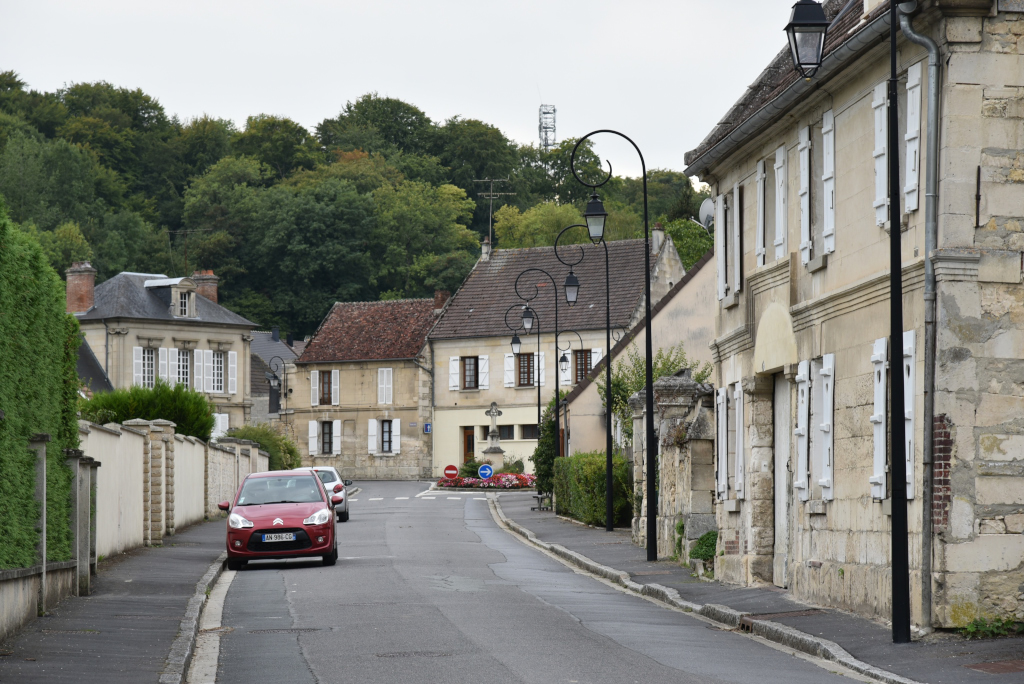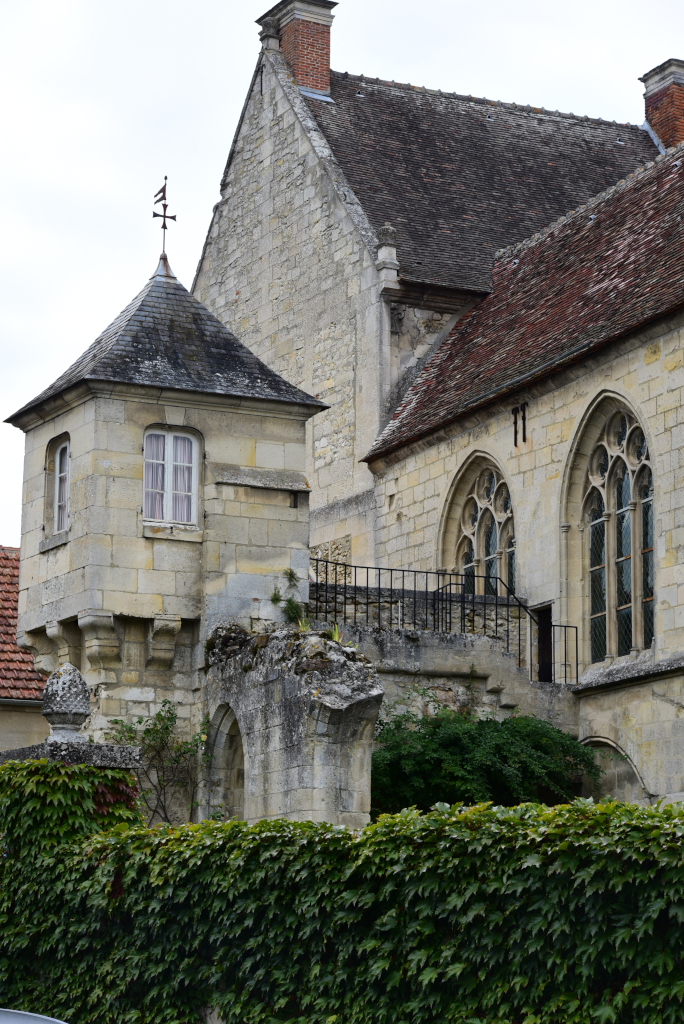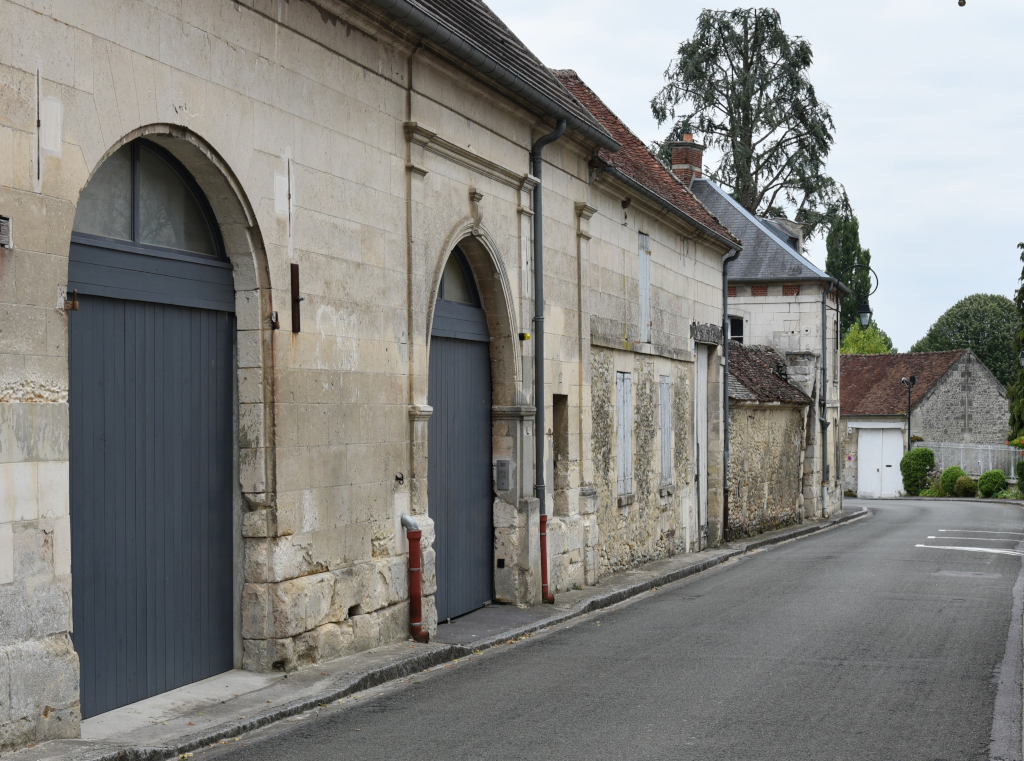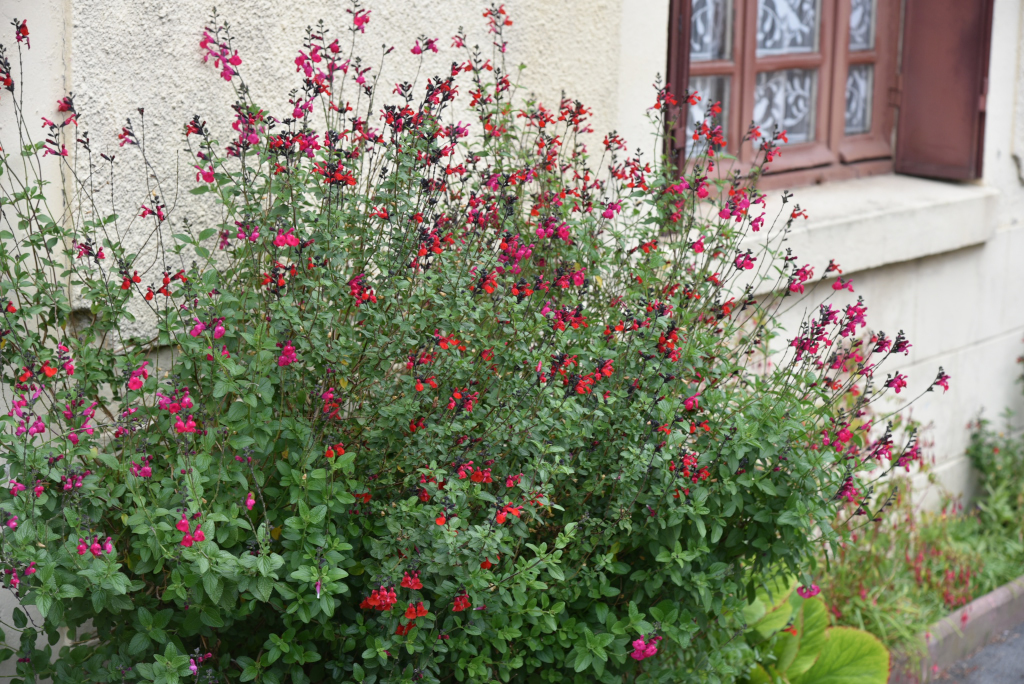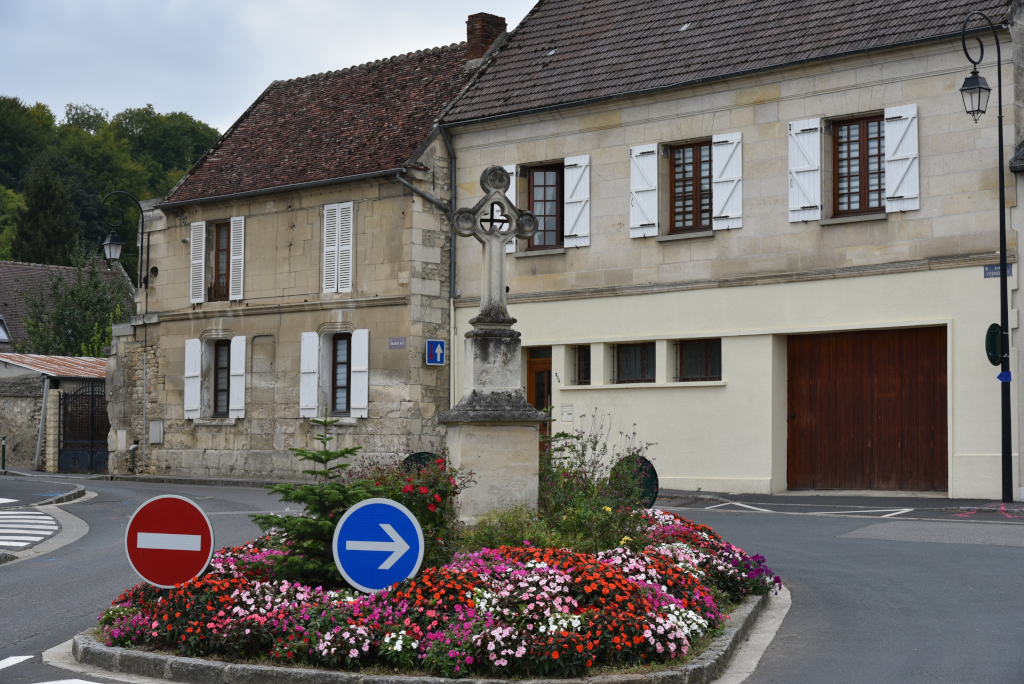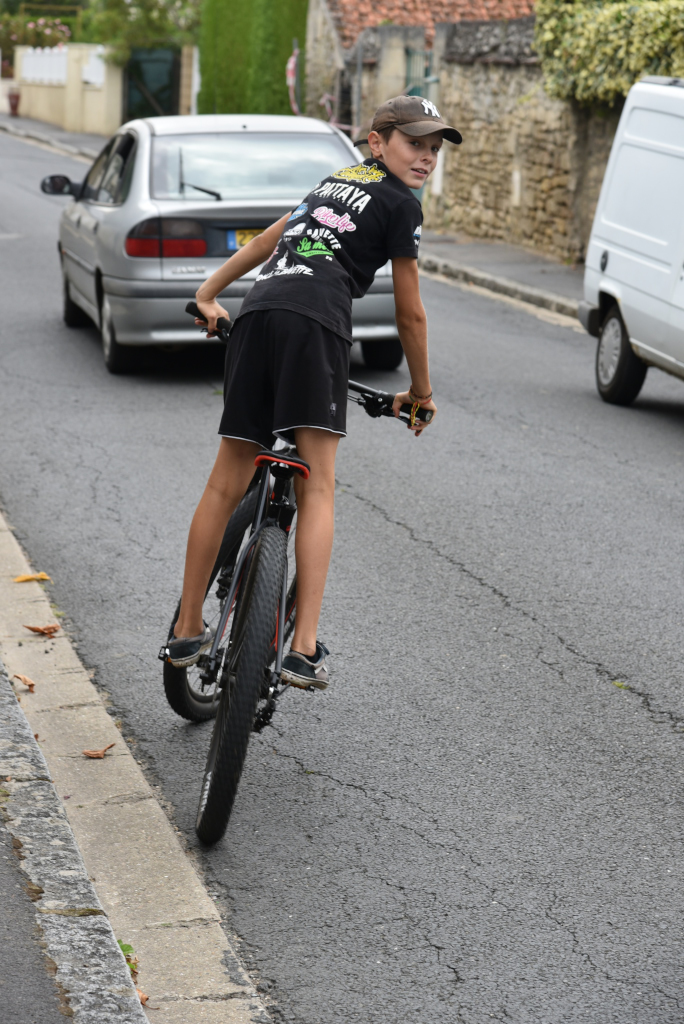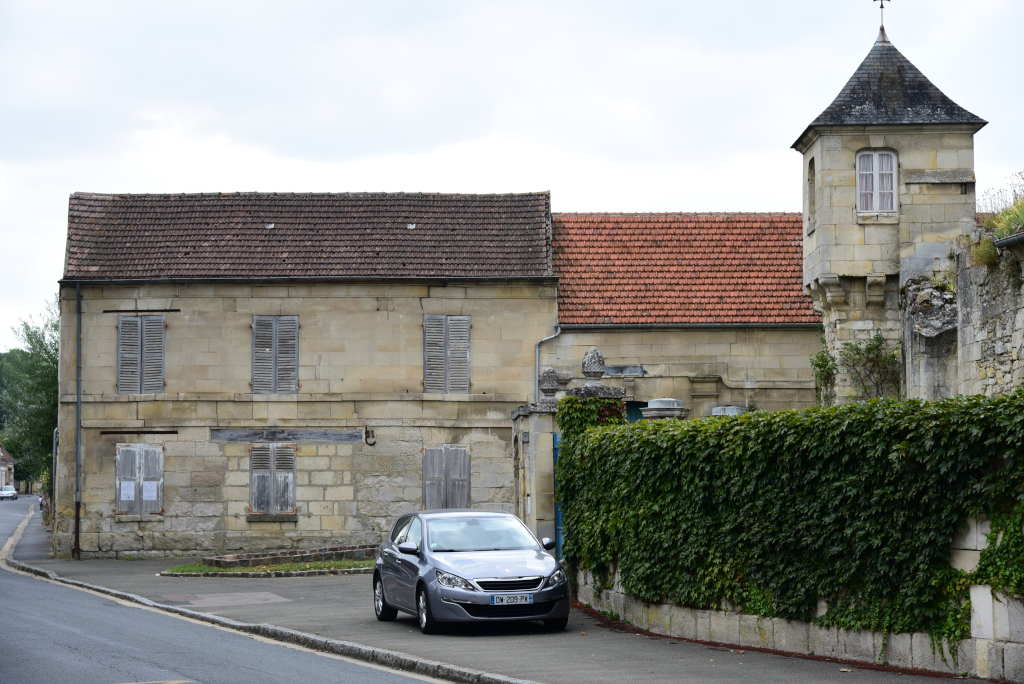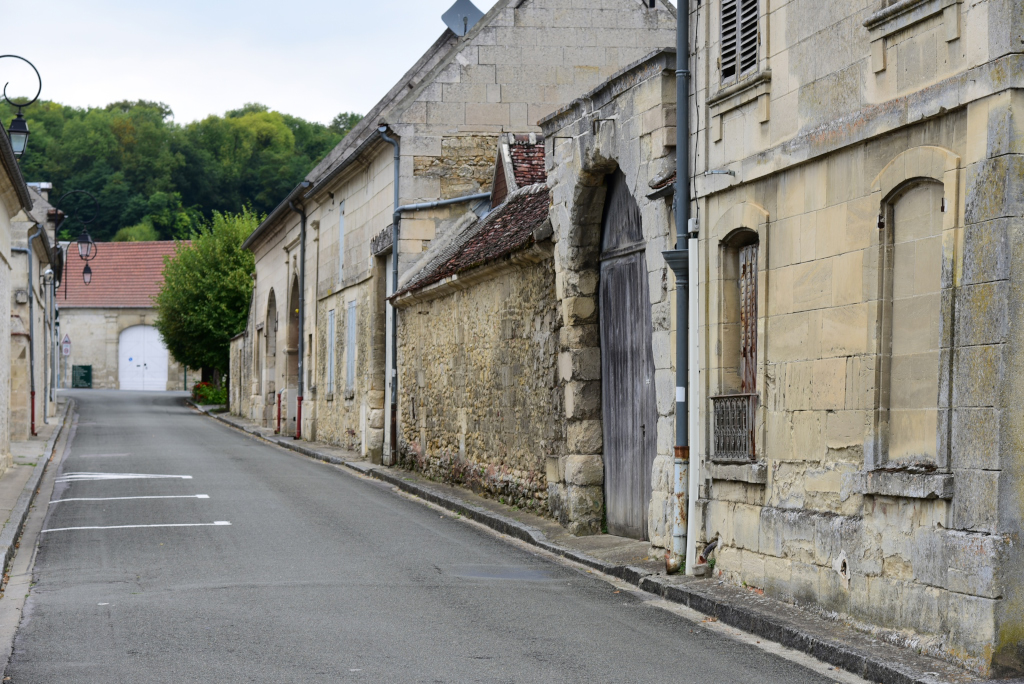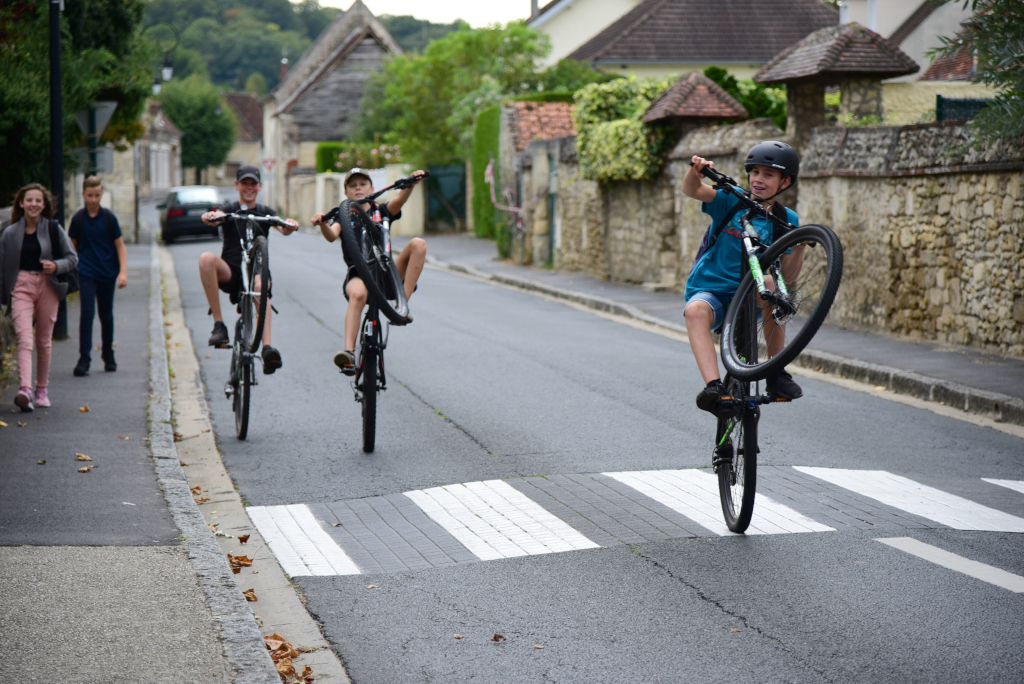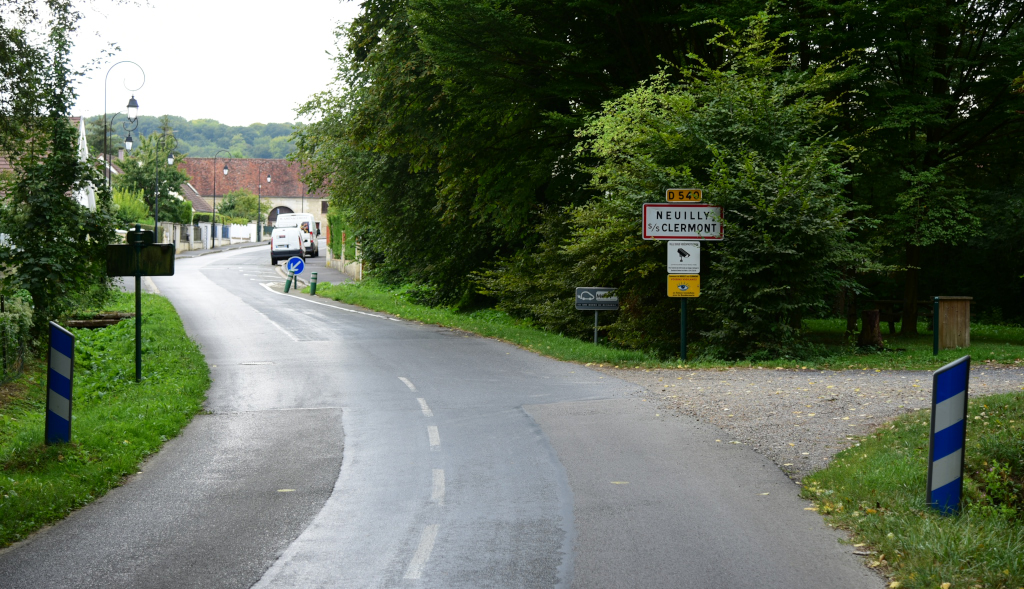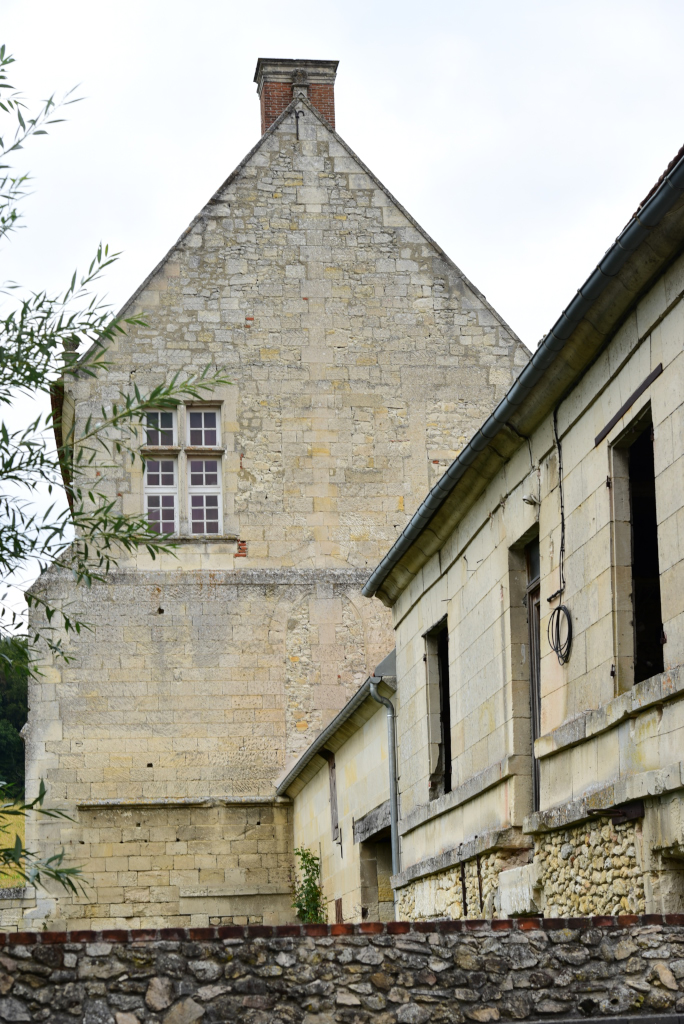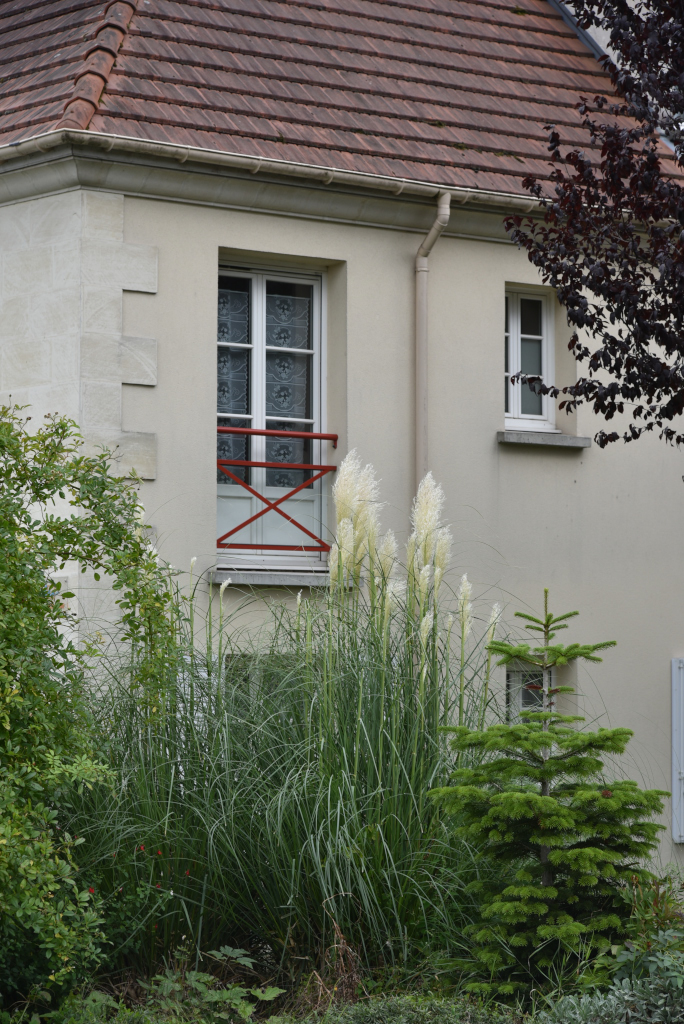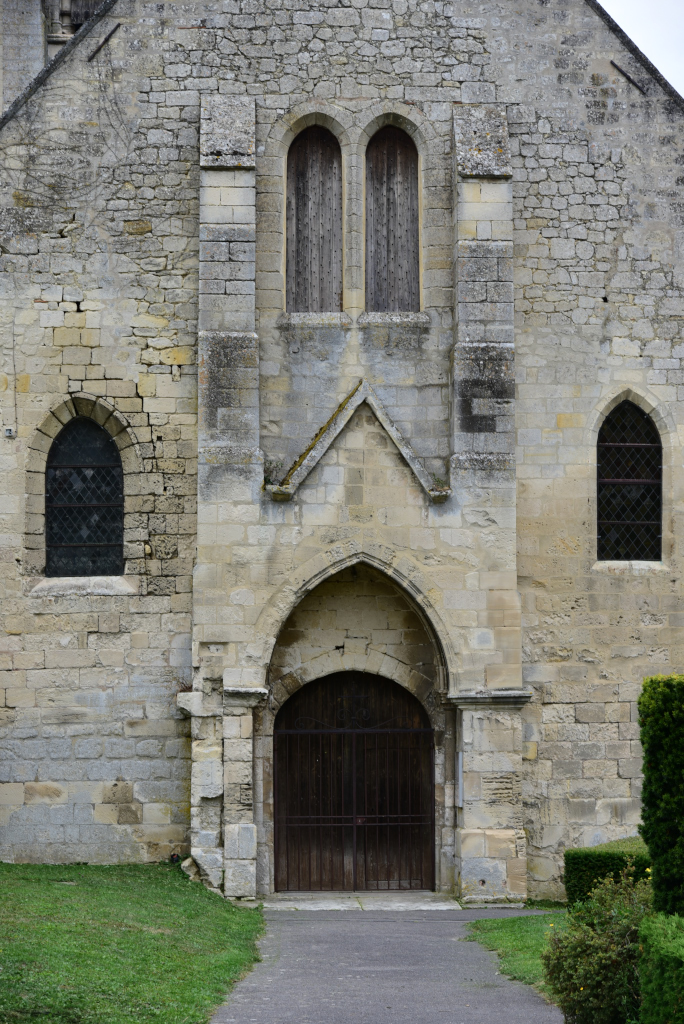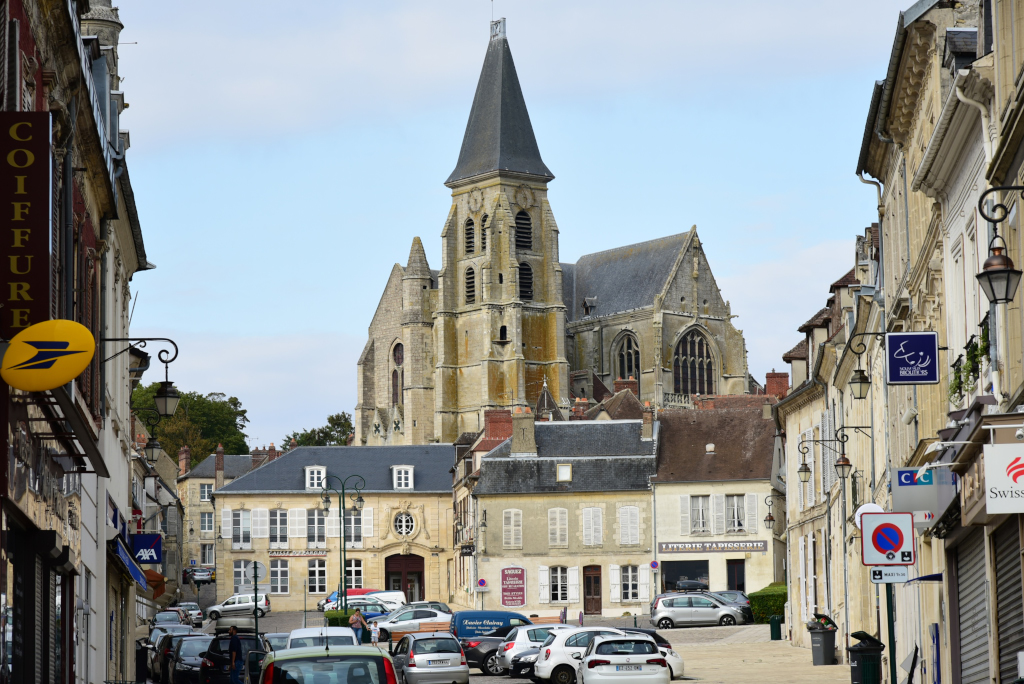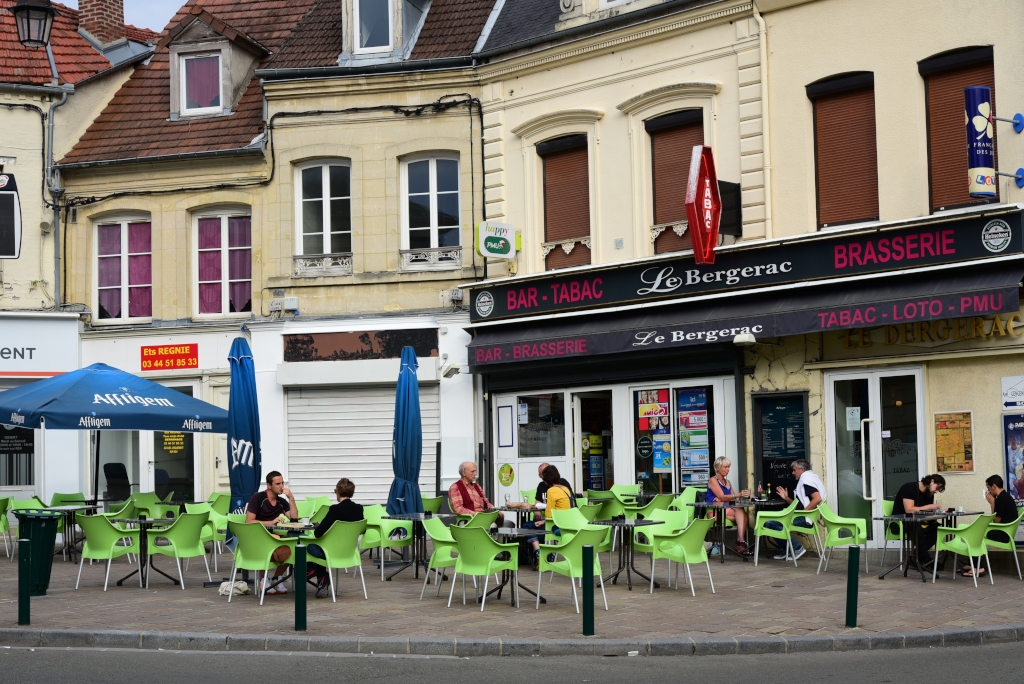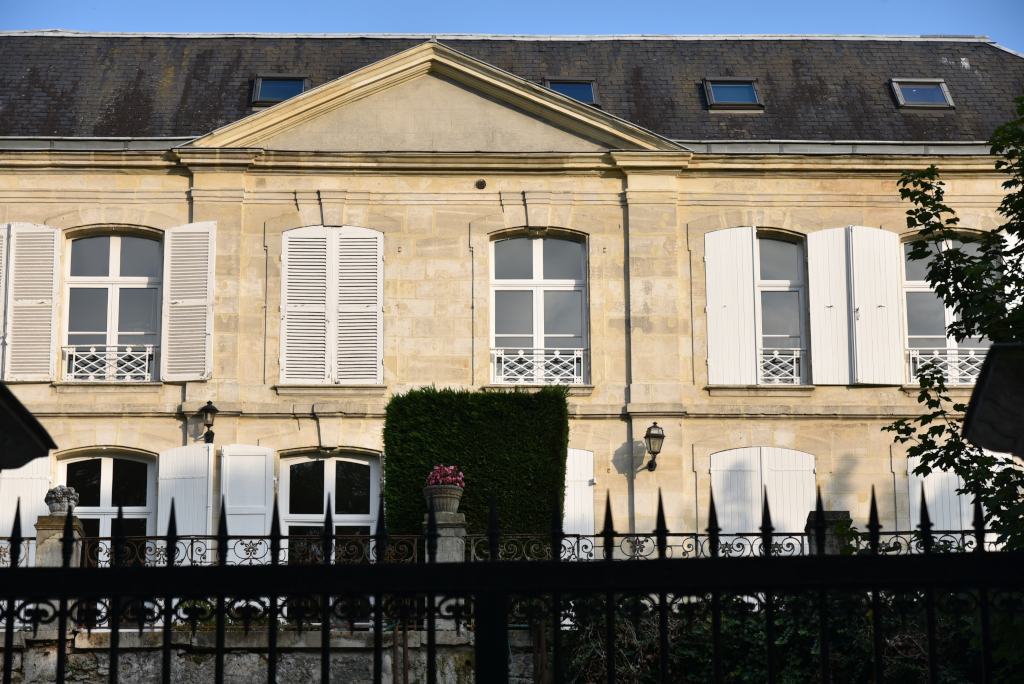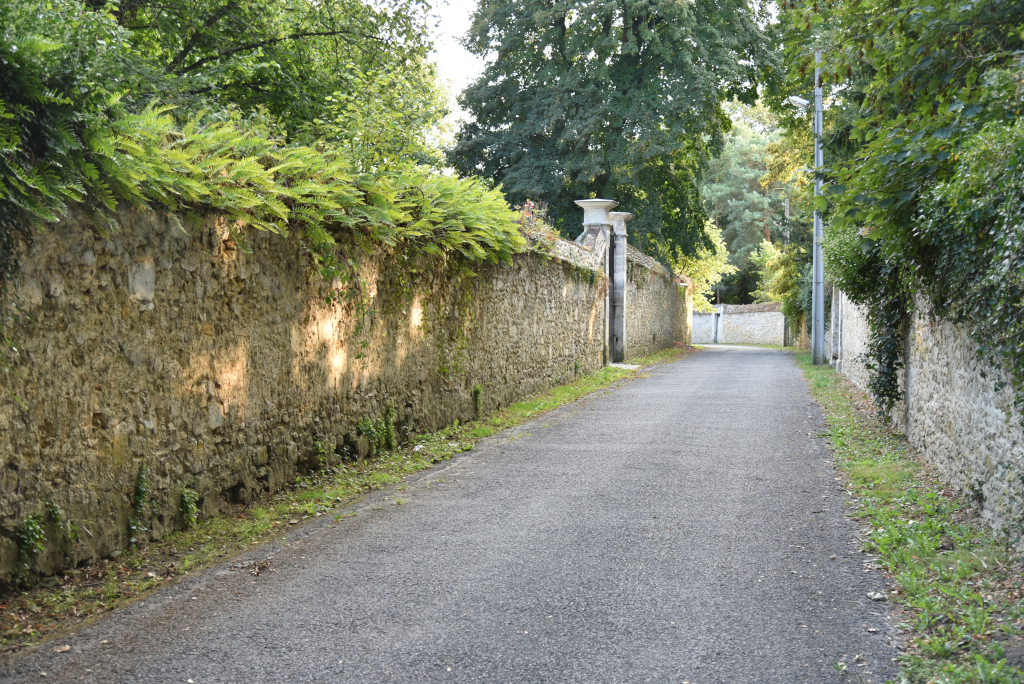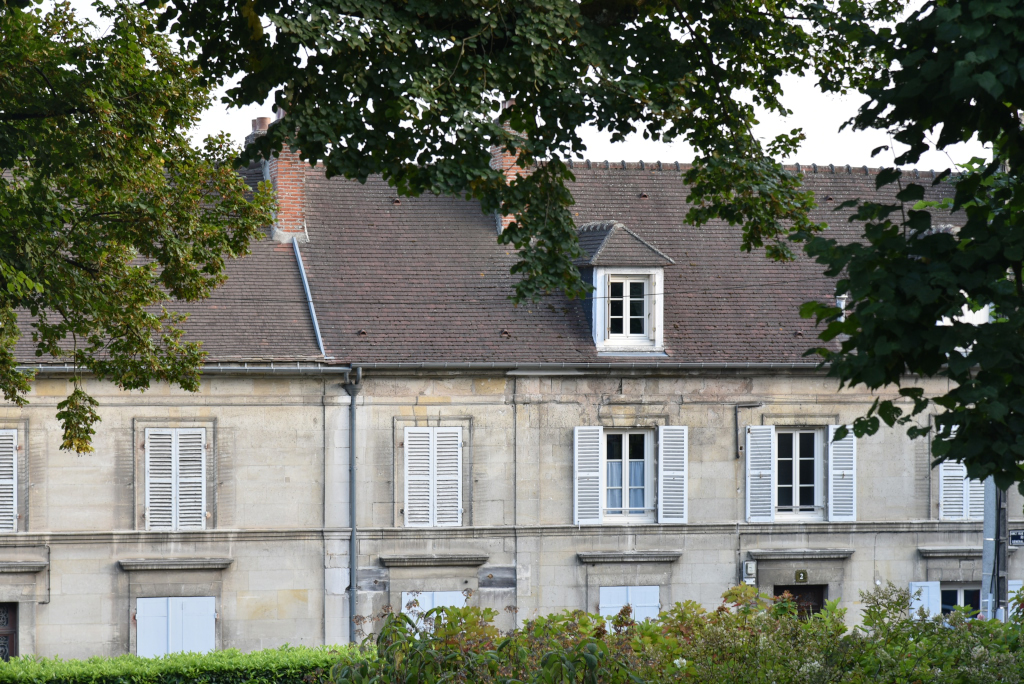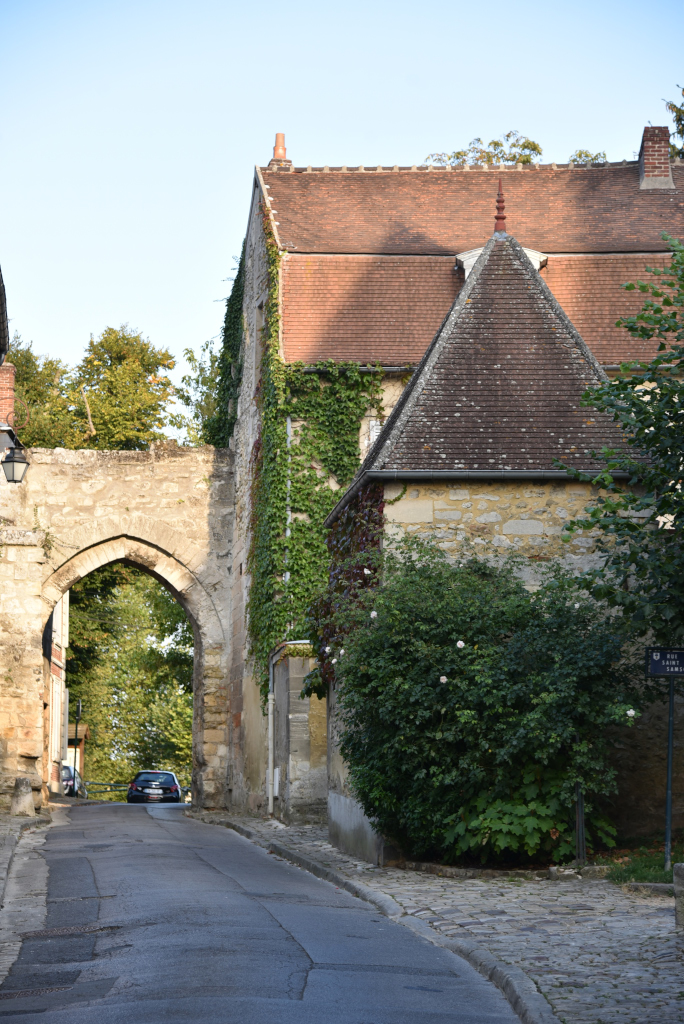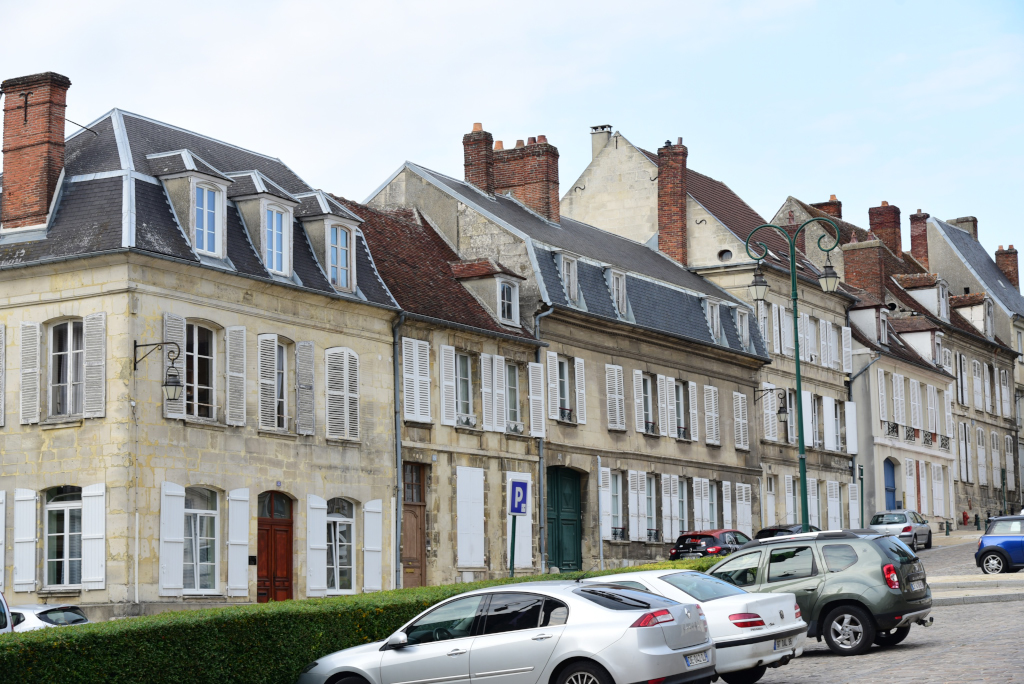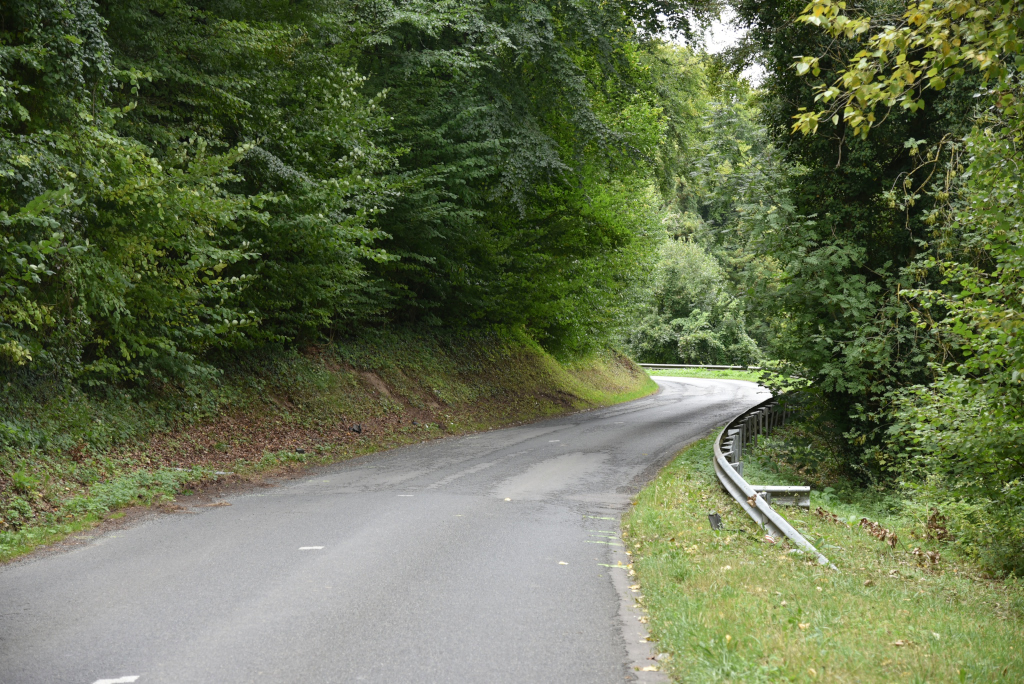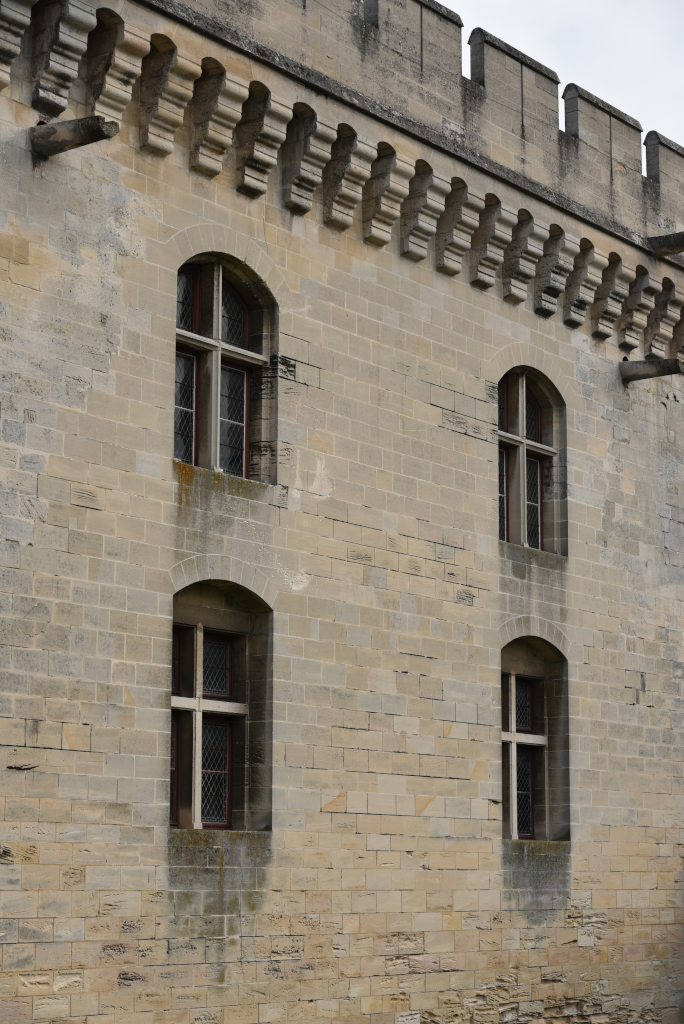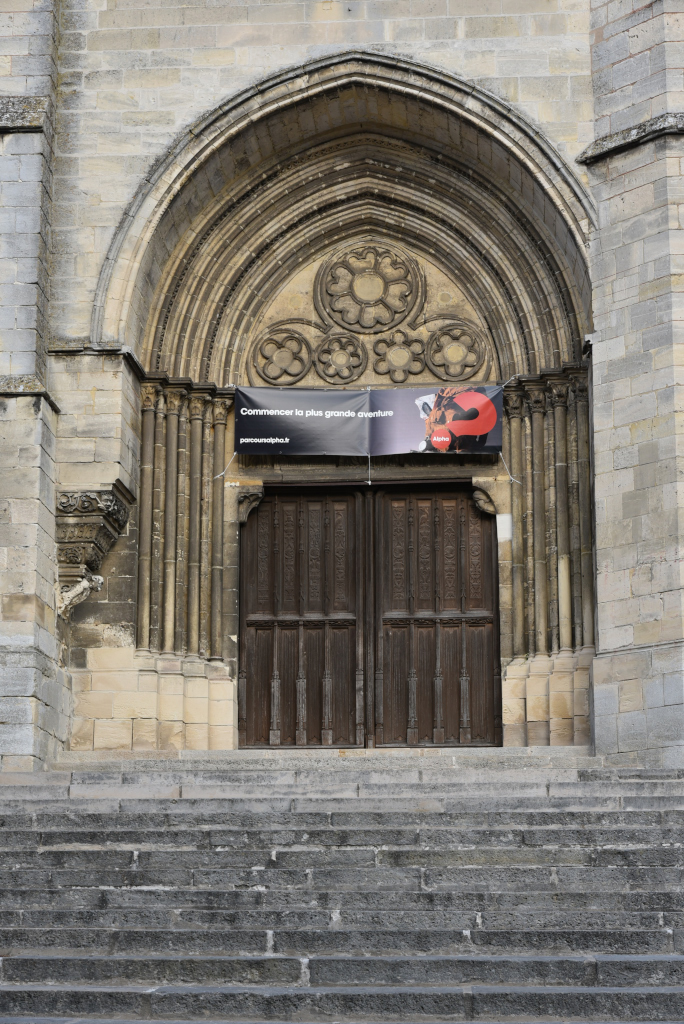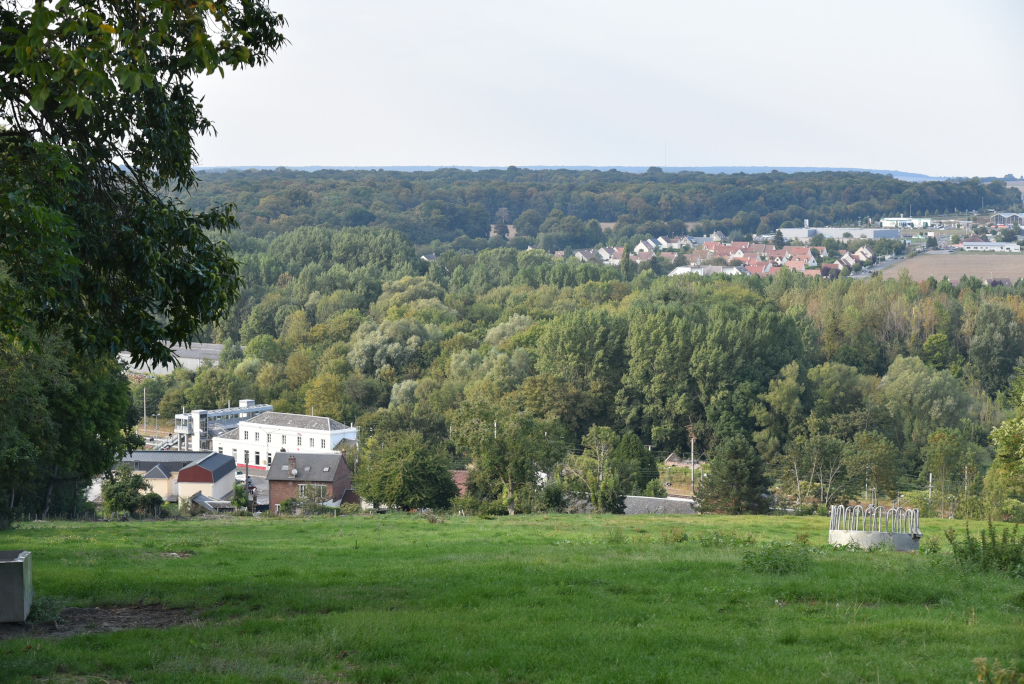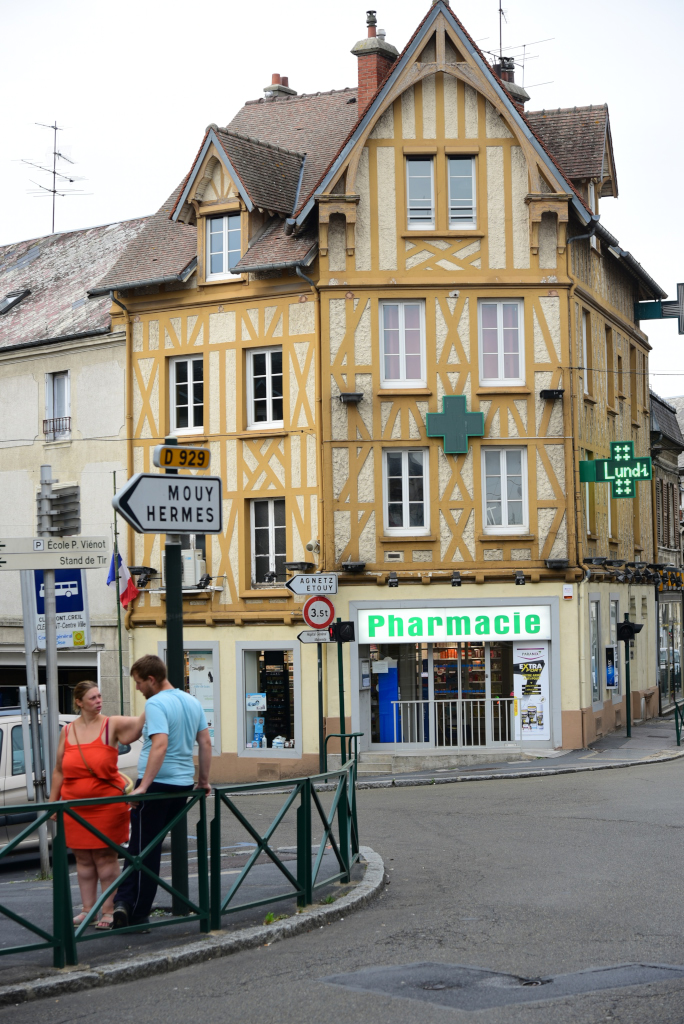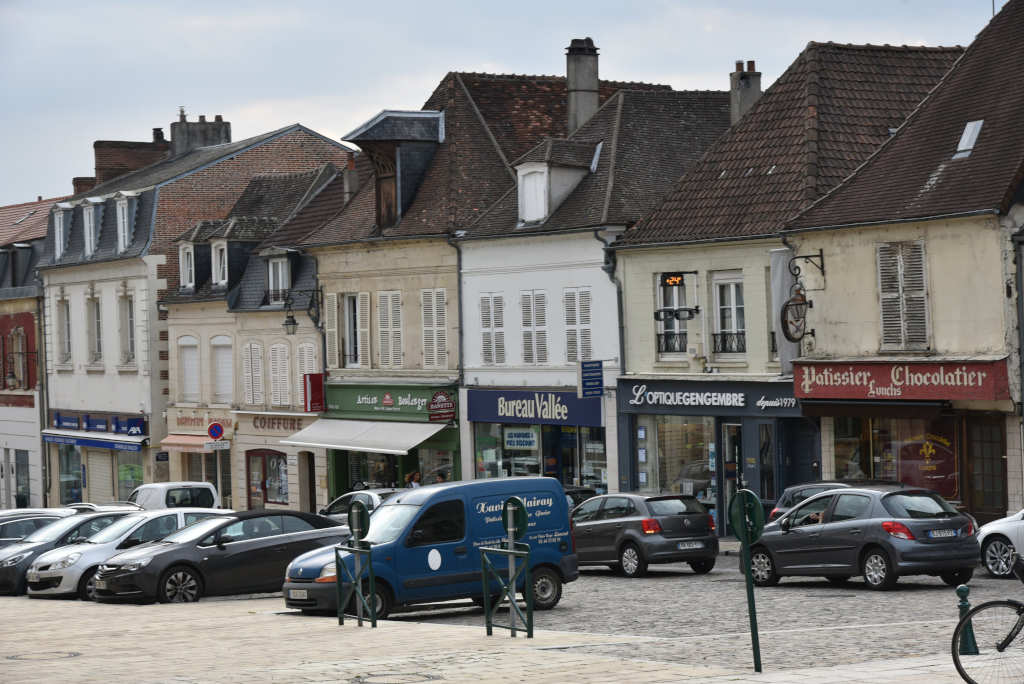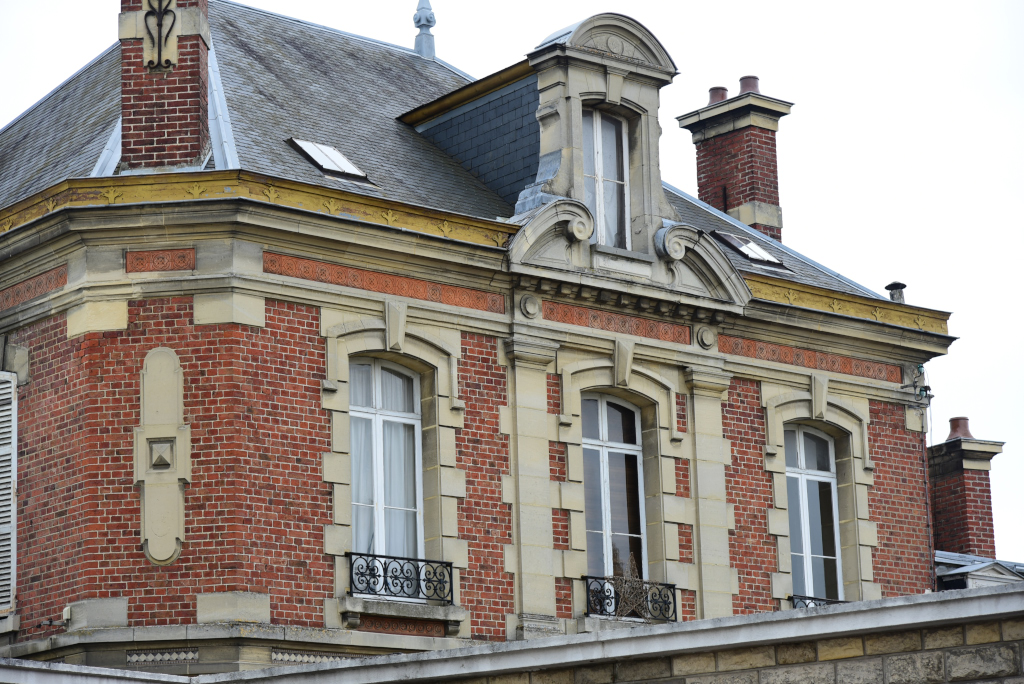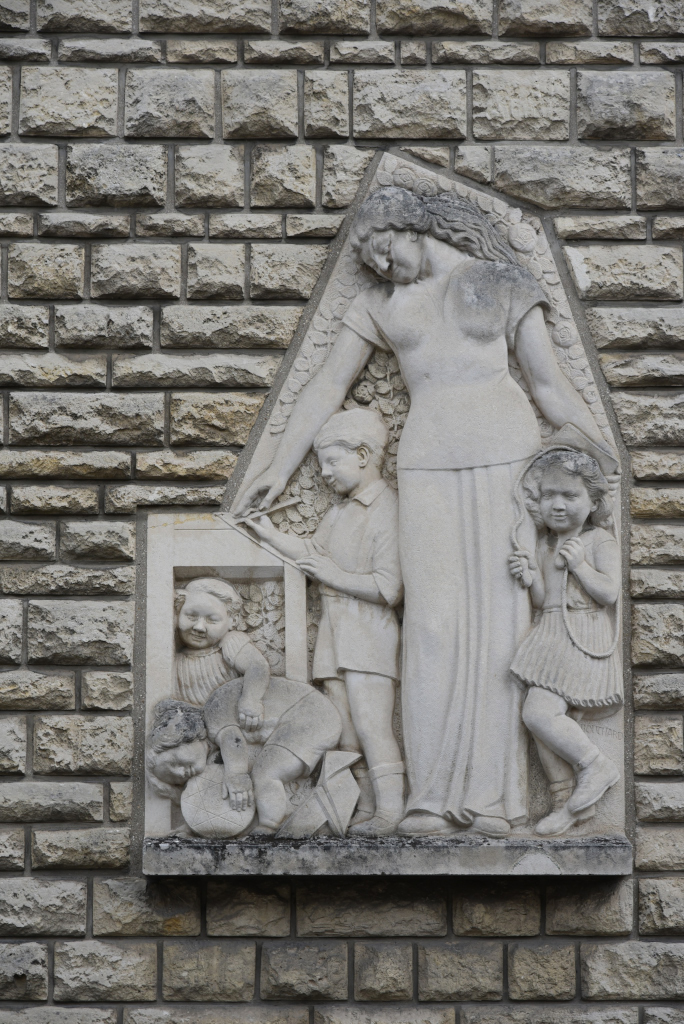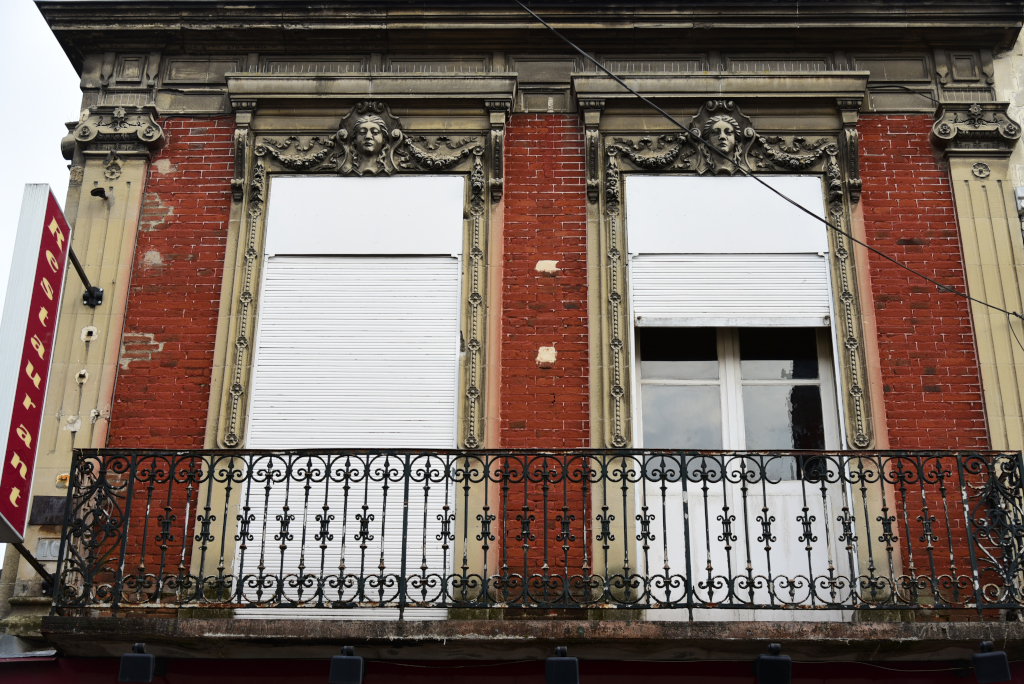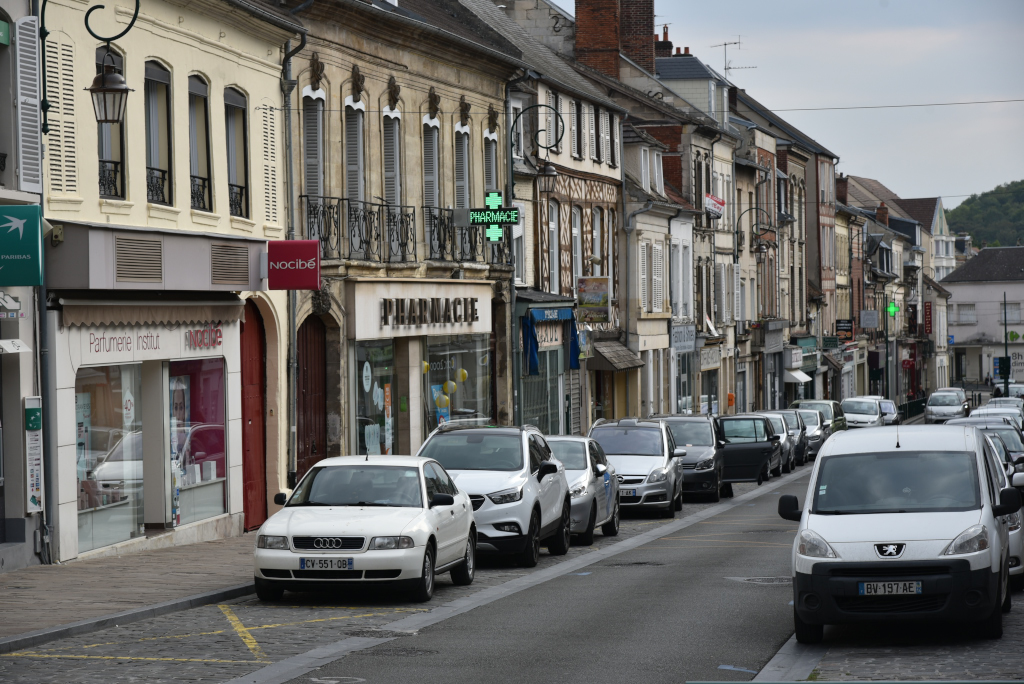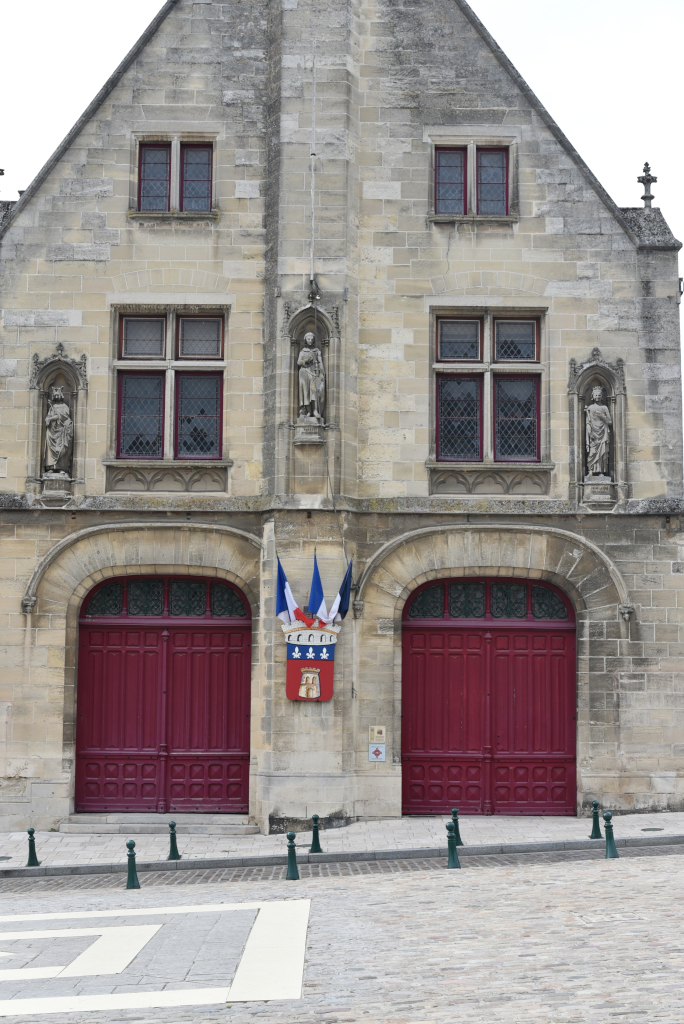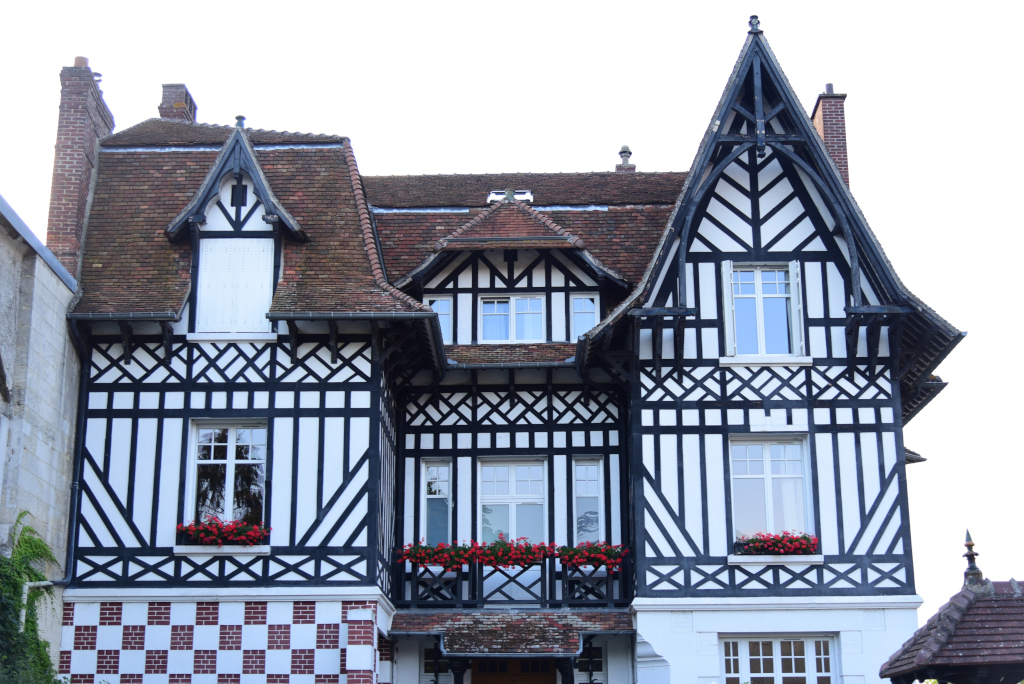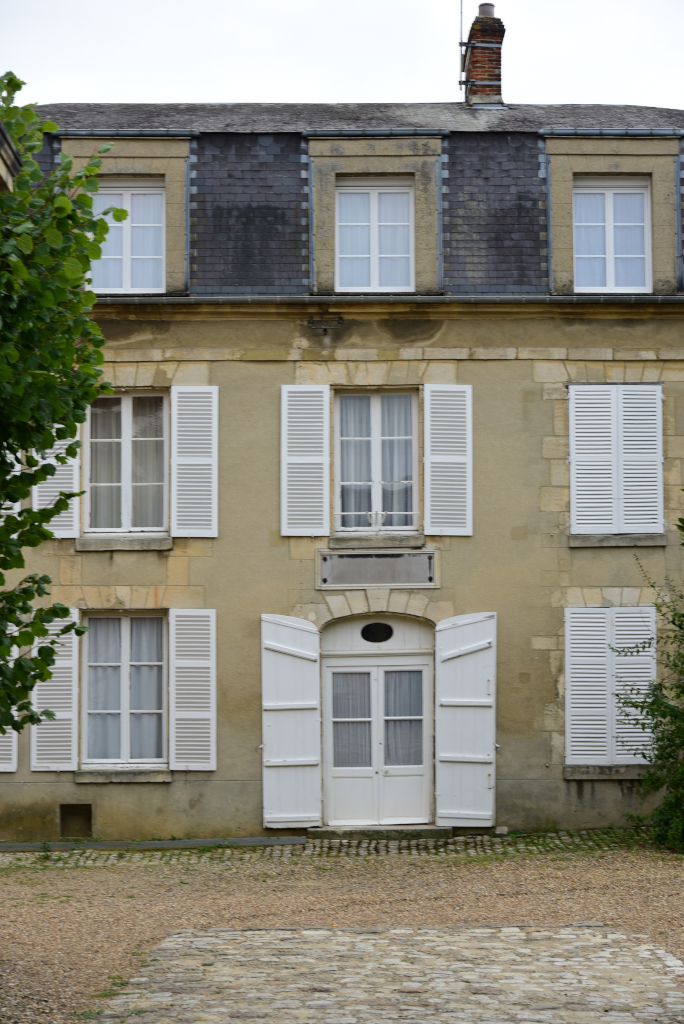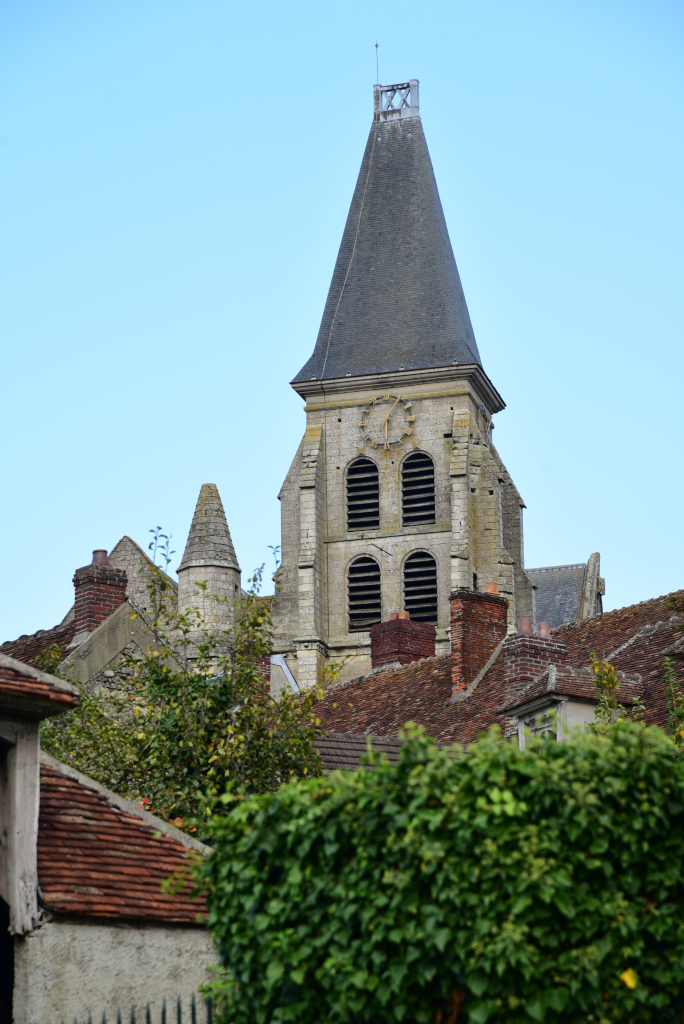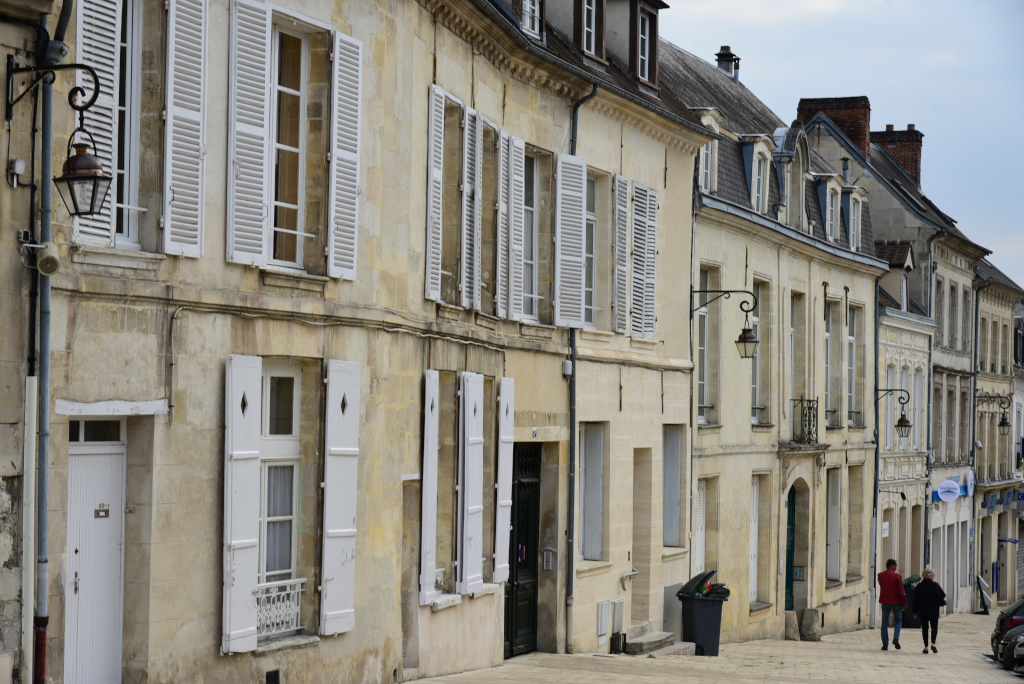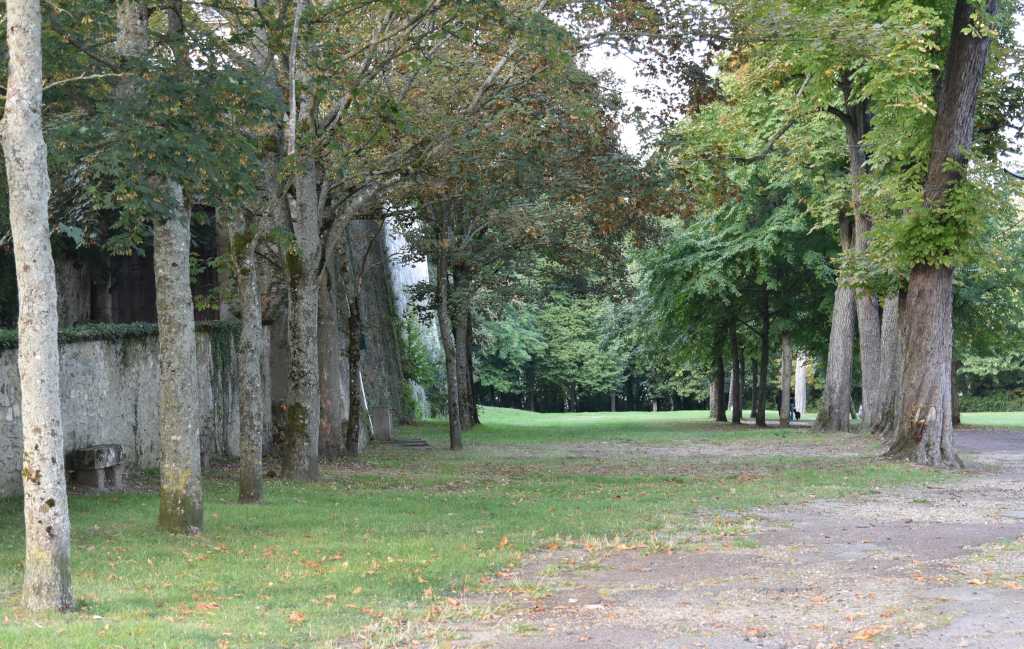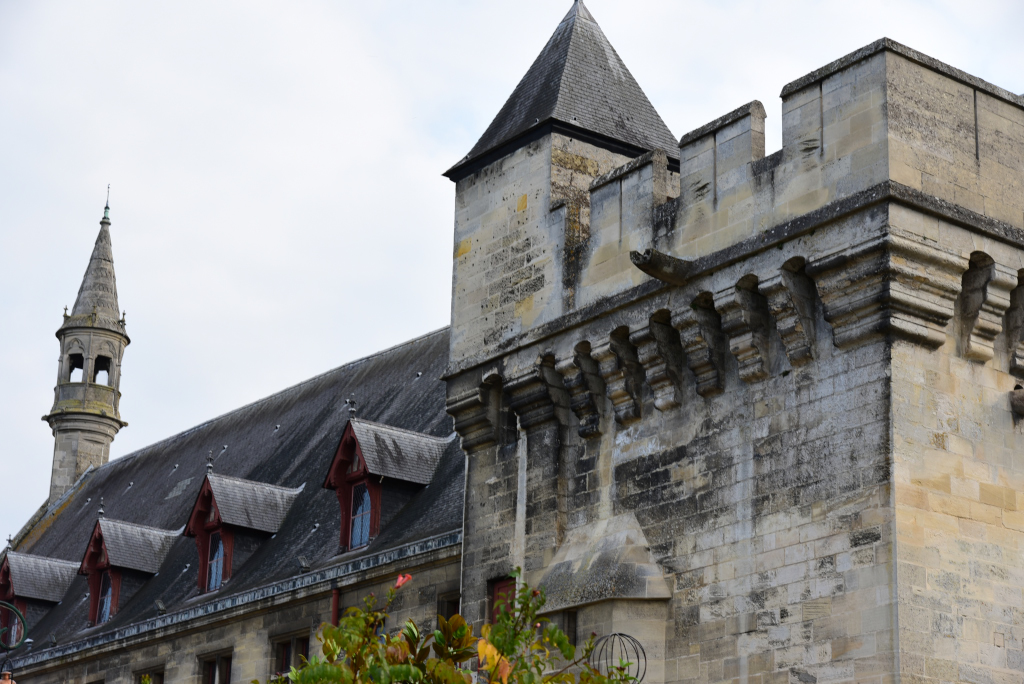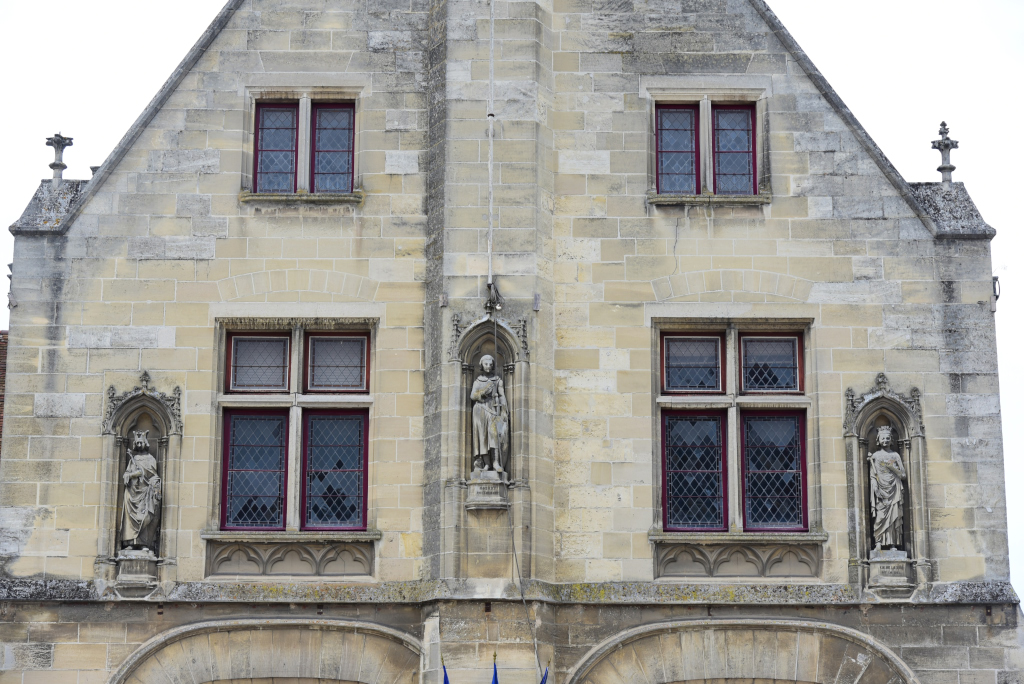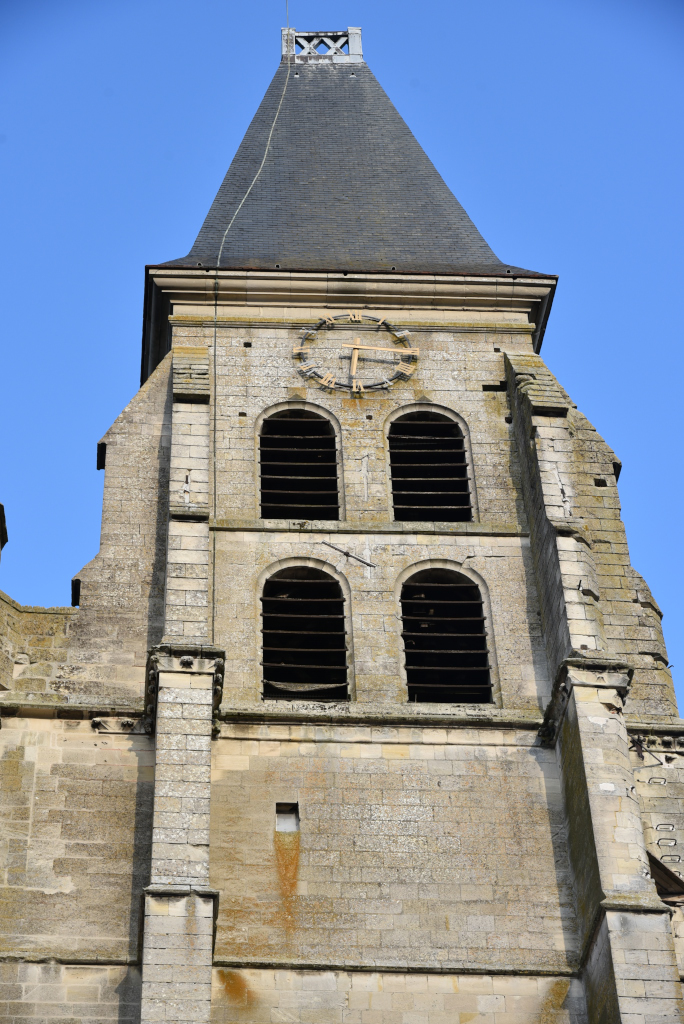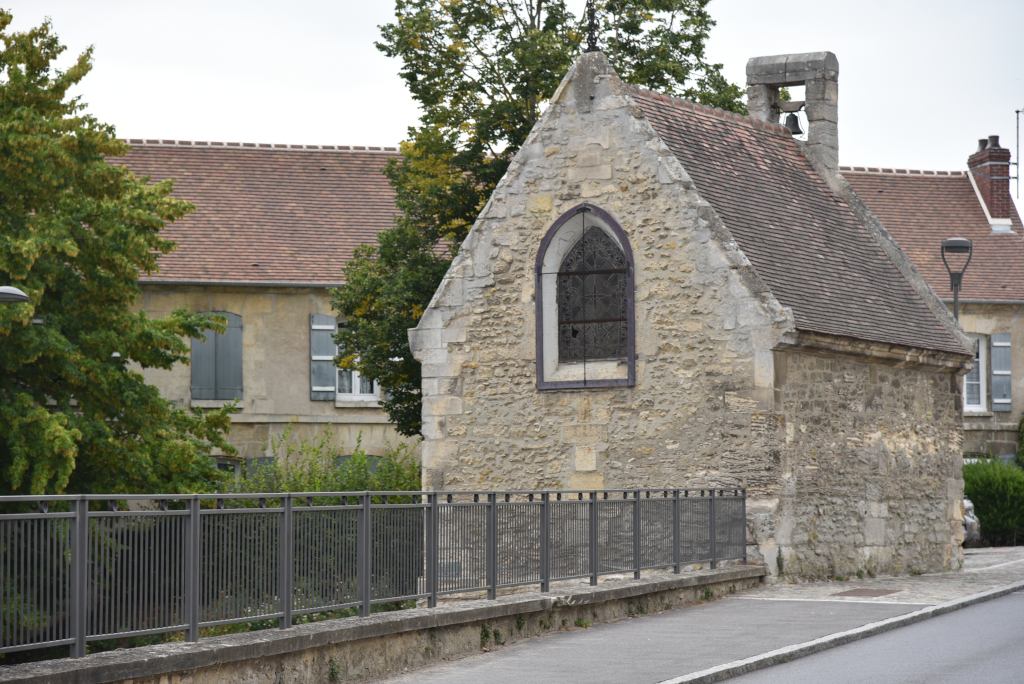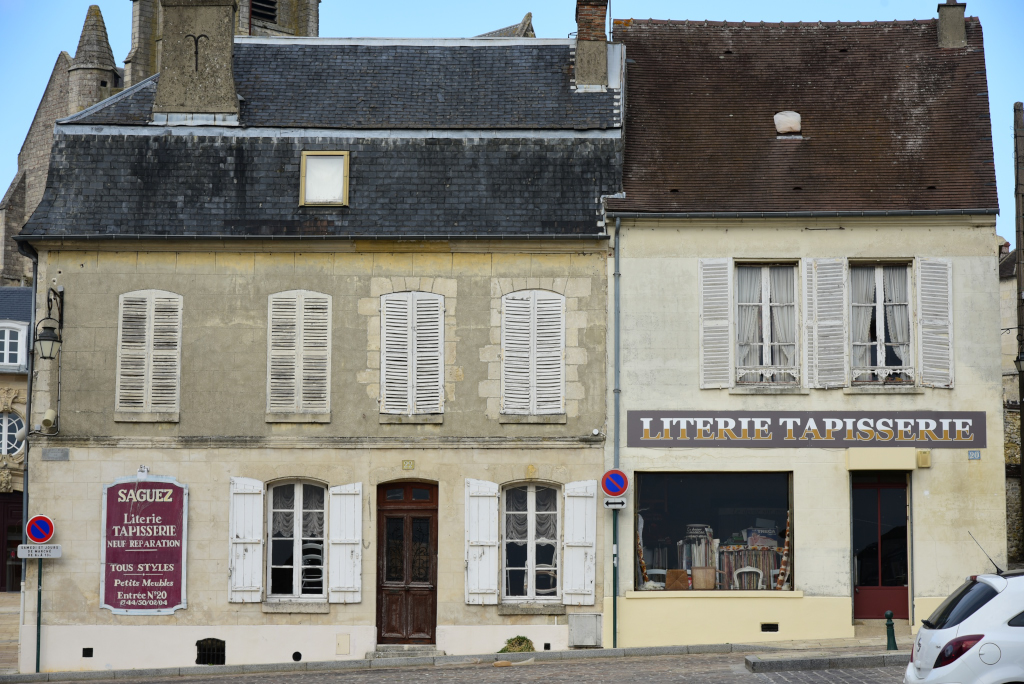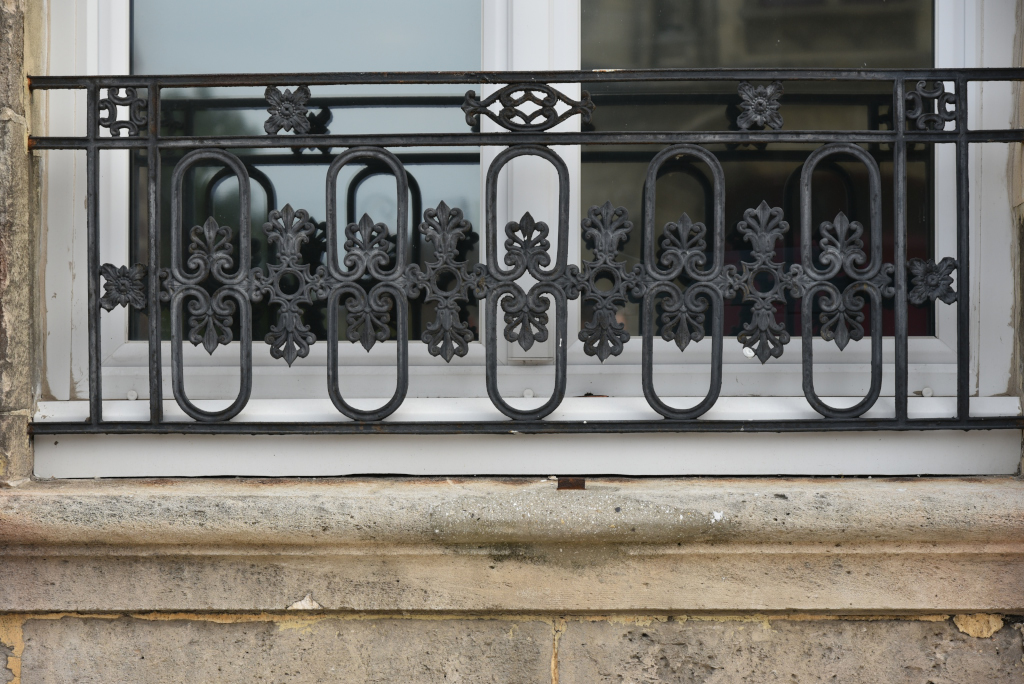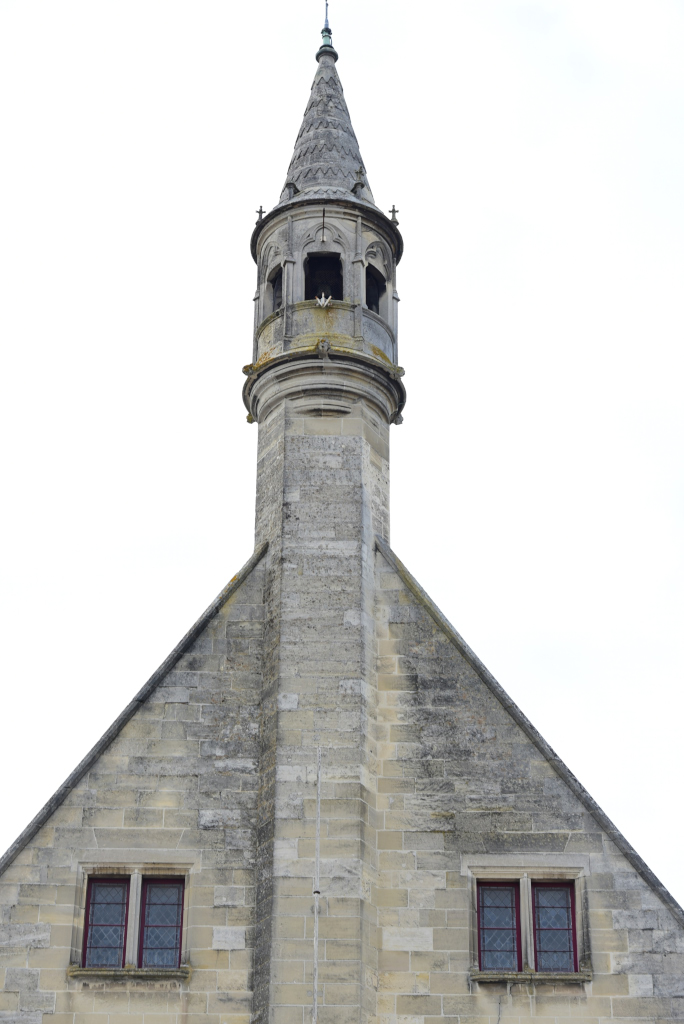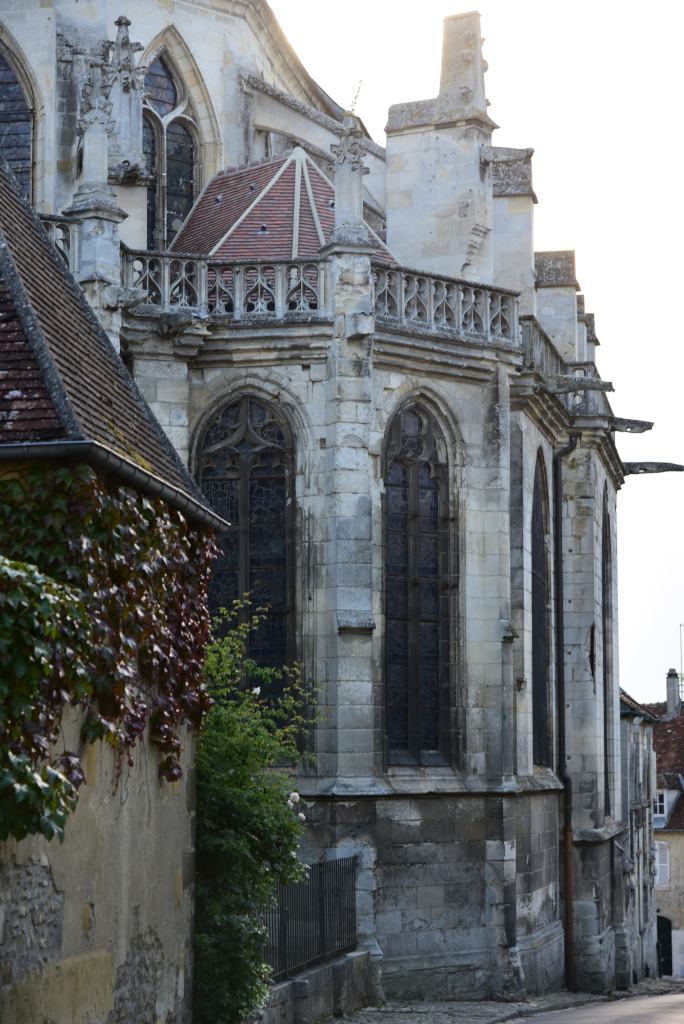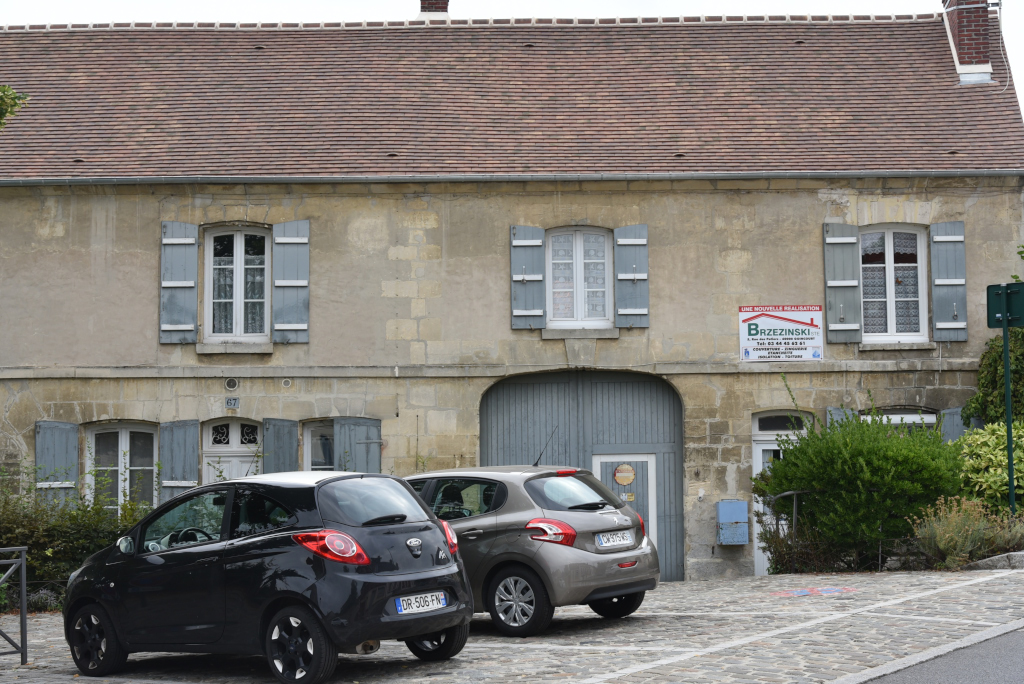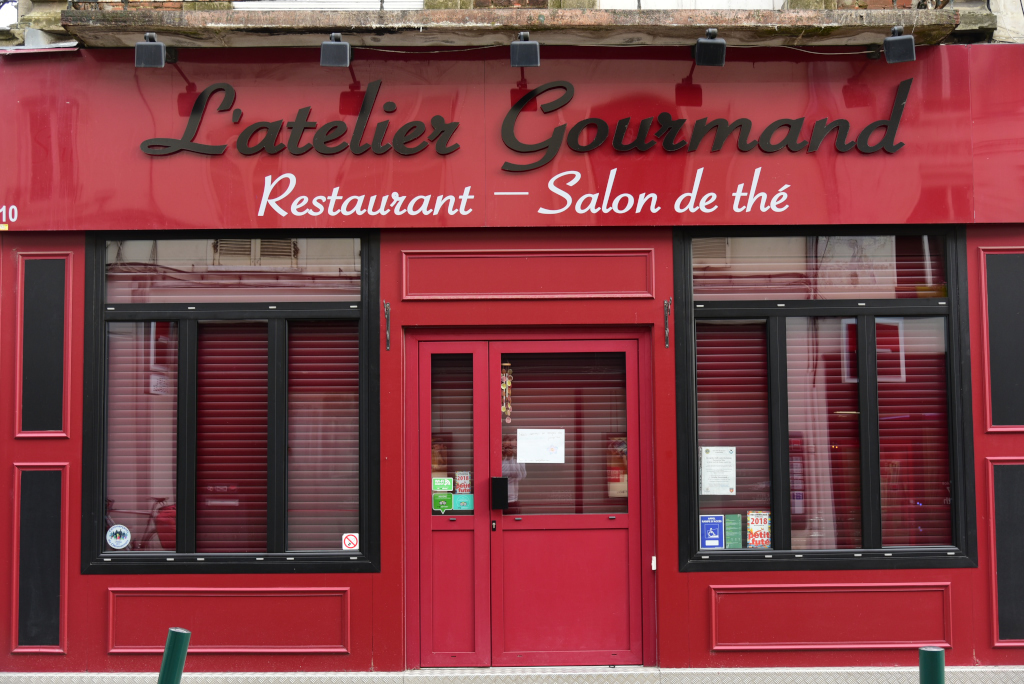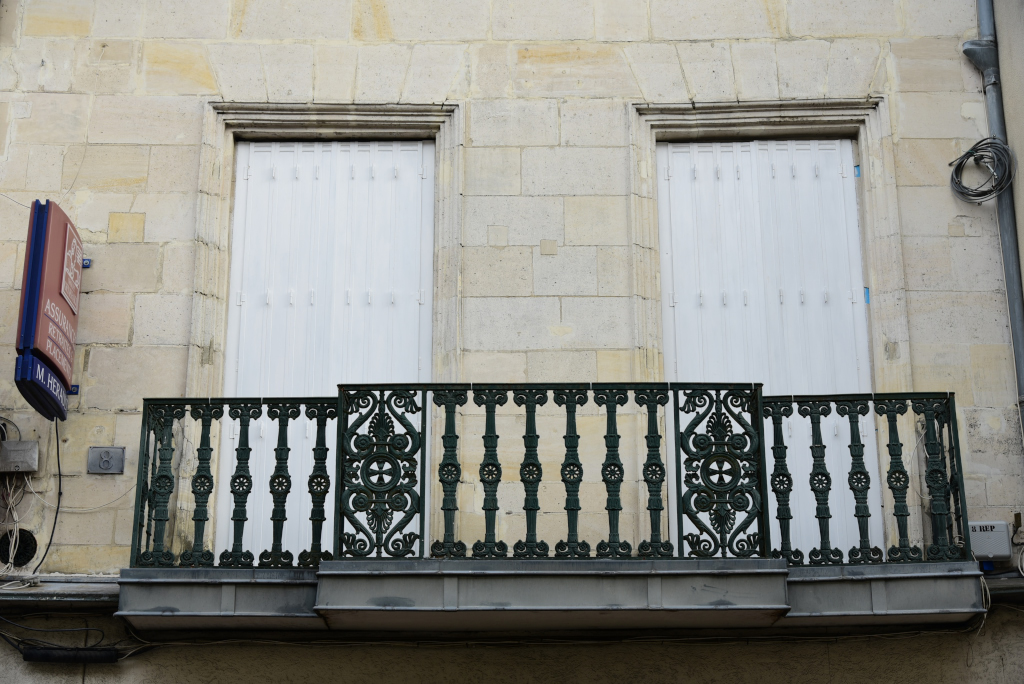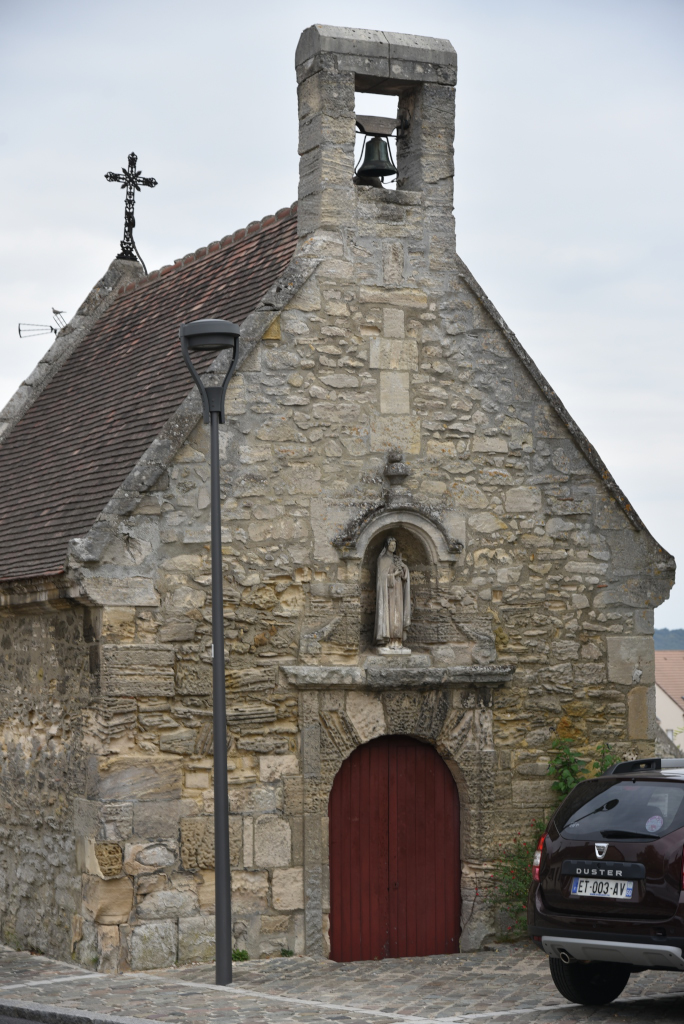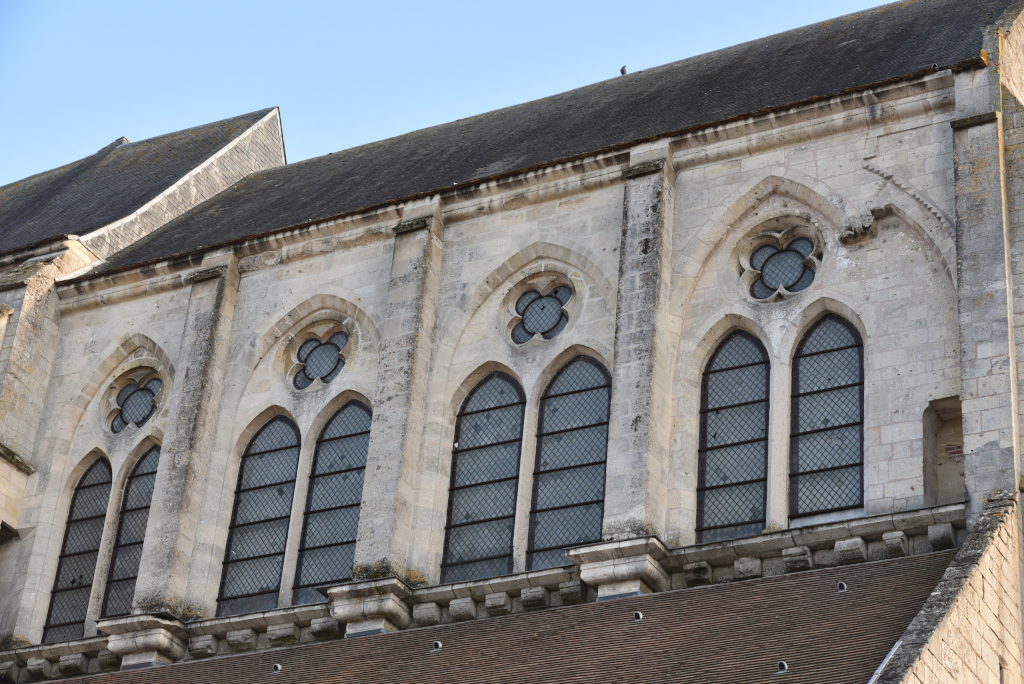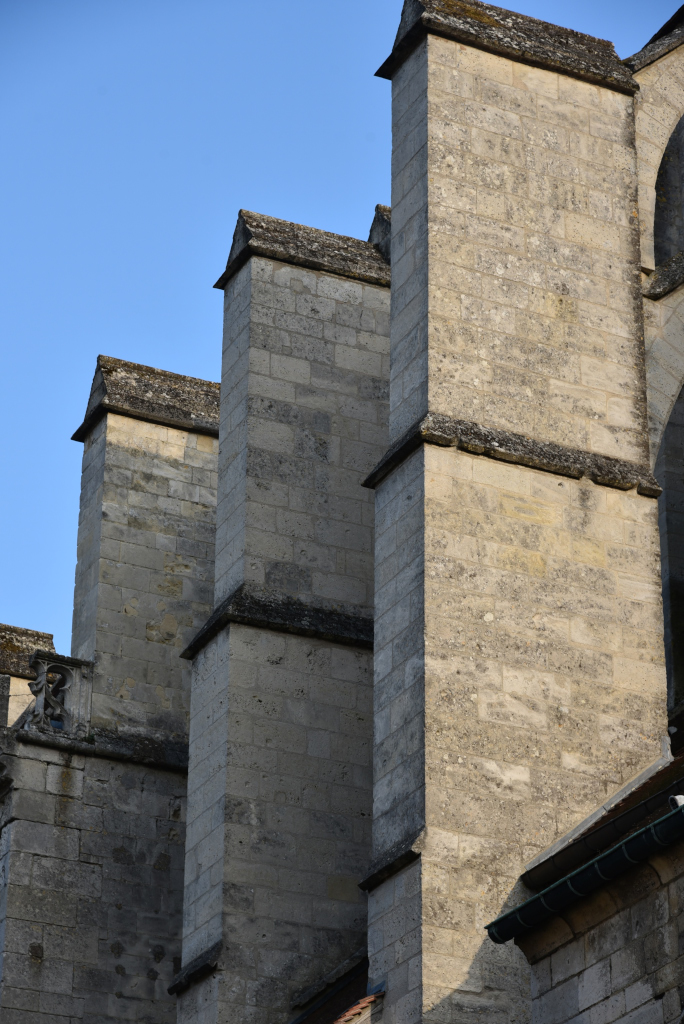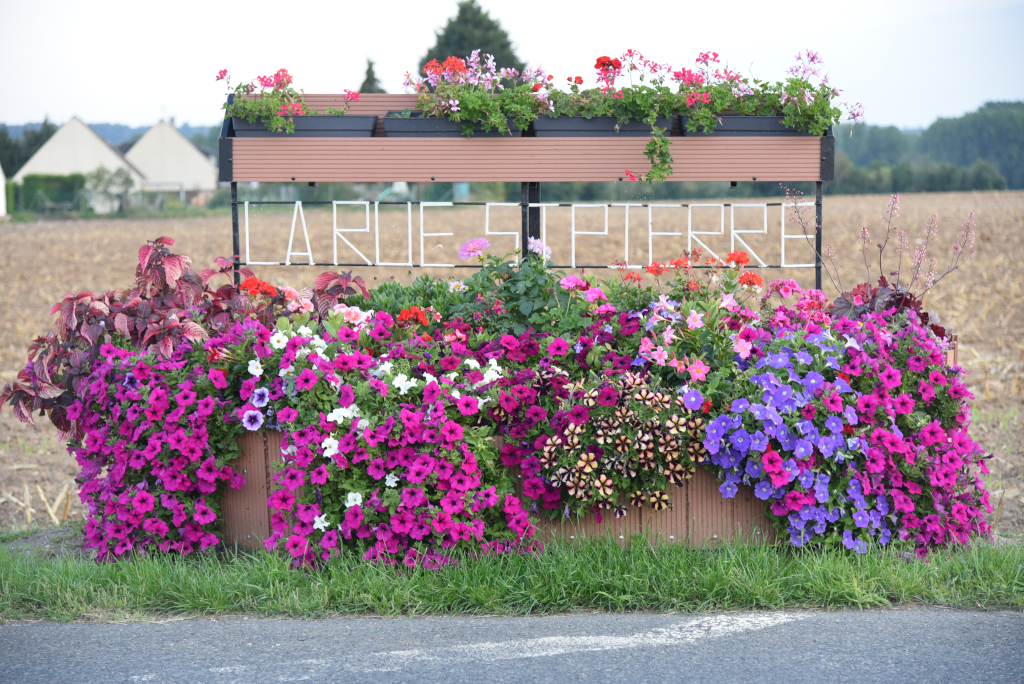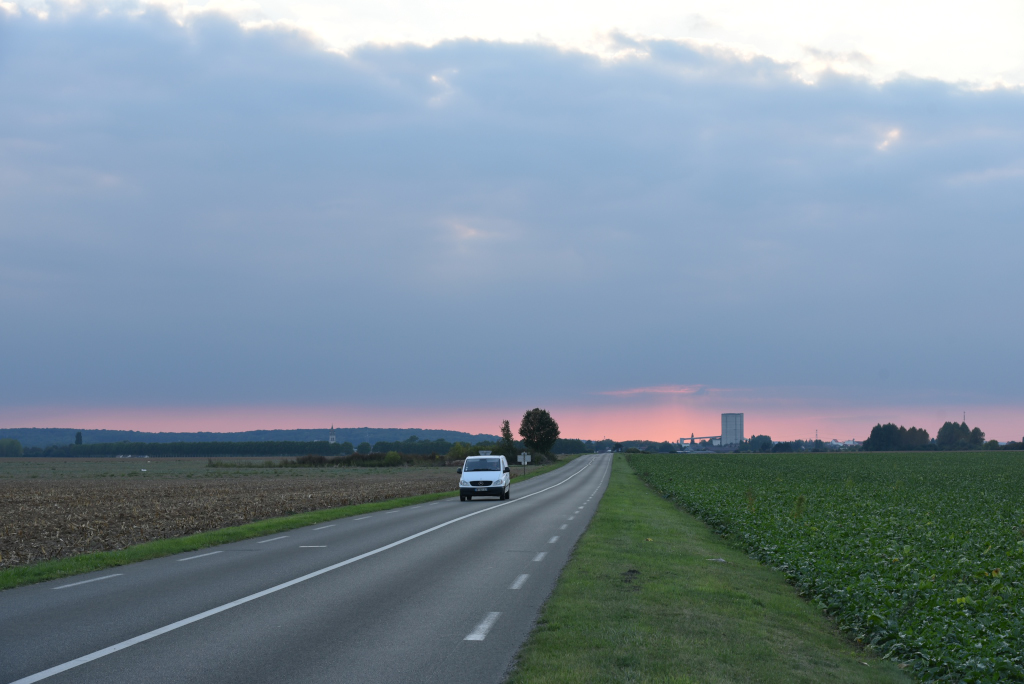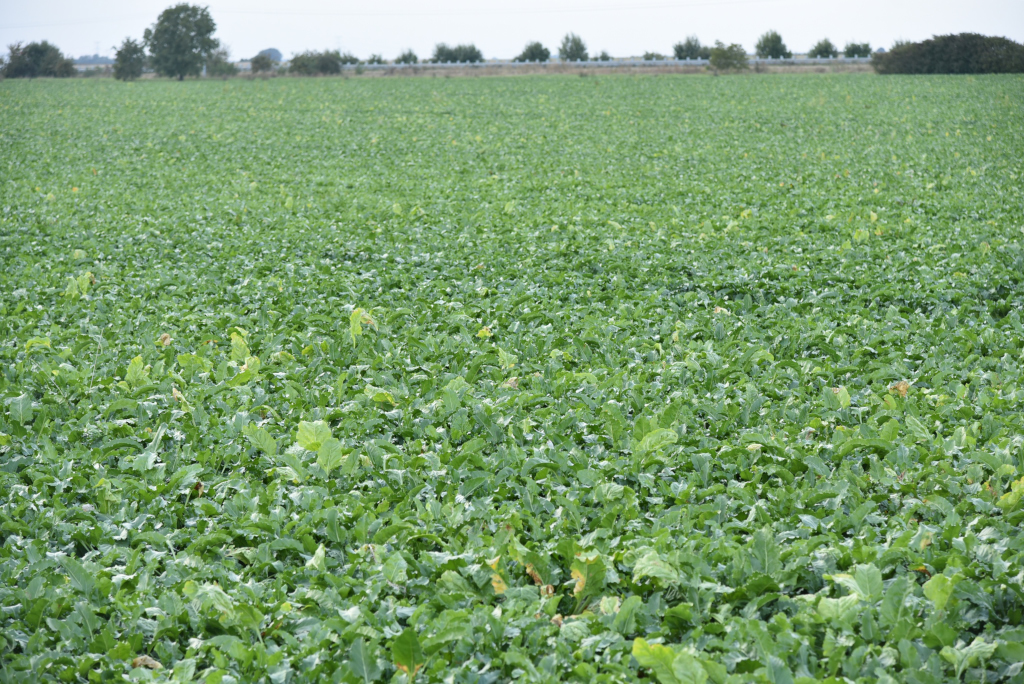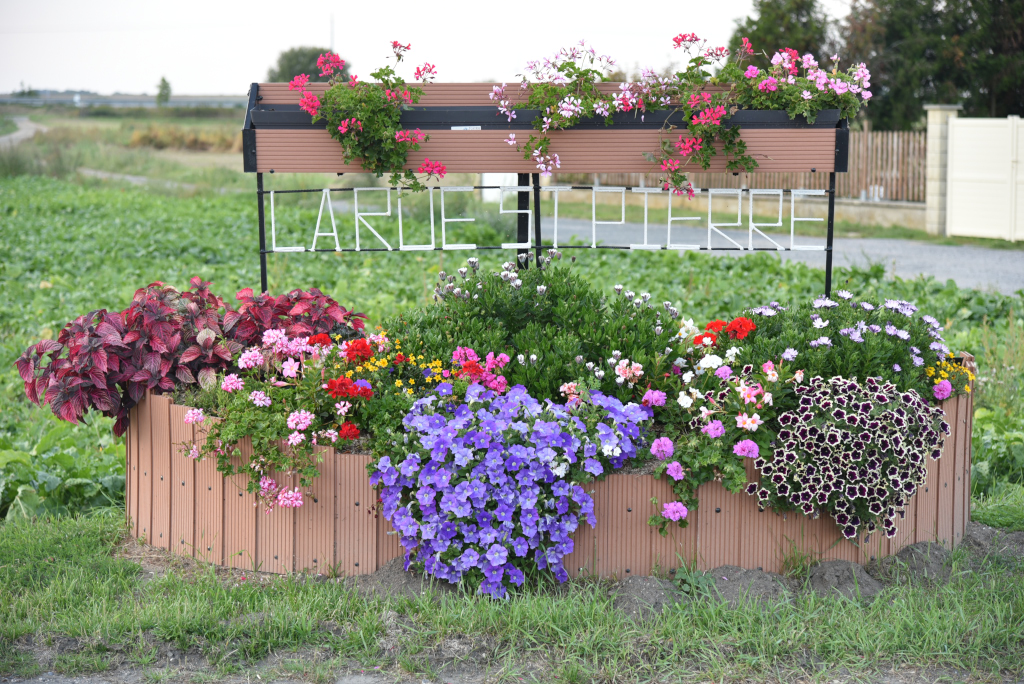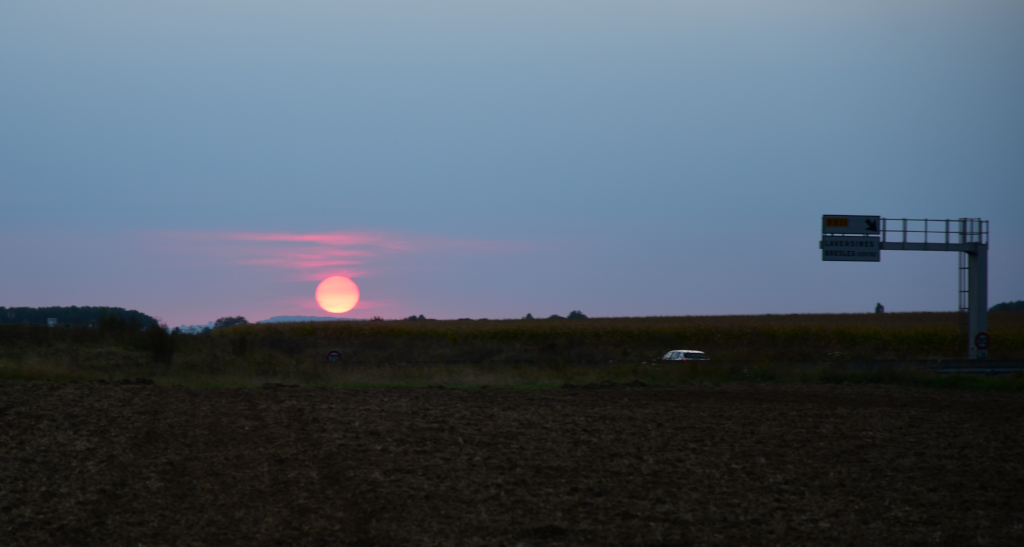September 3, 2018
The journey northwest to Beauvais is diverse in its rural landscapes and urban settings, ranging from bucolic villages set among verdant, hilly forests to middling towns, rich in historical detailing and character, but now seemingly forgotten, to drab, virtually abandoned industrial settings lying alongside bustling transit corridors. And most importantly, this is the last day of a bicycle trip that has taken me over the course of several months through central Italy, western Holland and Belgium and northern France.
Immediately to the north of the historical gem of Senlis lies the hamlet of Fleurines, whose predecessor Saint-Christophe dates back to the late 9th century. The town hosted royalty on a number of occasions in the Middle Ages, including Philippe le Bel at the beginning of the 14th century, Philippe VI de Valois in 1331, when he secretly met Edward III of England, then Charles VI on several occasions between 1391 and 1398, during passages in Senlis.
Further to the north lies the charming town of Pont-Sainte-Maxence, sprawled alongside the Oise river running between Creil and Compiègne, once industrious and now somewhat forgotten by time. But this route was preferable to travelling directly westward through the apparently less-than-appealing Creil, prior to continuing north towards Beauvais.
Pont-Sainte-Maxence is cluttered with narrow alleys, the occasional half-timbered structures amidst the fading pale stone facades characteristic of France, the entire ensemble concentrating on an unassuming square and modest Gothic cathedral. The manager at the Carrefour in the centre of town makes it clear when insisting I present an ID with my Visa card that cheating is rampant in this sad-sack town whose prime occupations are unemployment and immigrant malaise. The overweight denizens of the adjacent bar are more sanguine, savouring the hours remaining in the day to drink their sorrows into oblivion.
This seemingly forgotten outpost on the on the Oise dates to Gallic times, originally named Levandriac after the Gallic goddess Leva, and occupied a strategic position on the border of the territory of Meldes and Suessons tribes. In the sixth century A.D., the region was contested by the Austrasians and the Neustrians, the river Oise being the boundary of the royal domain of the Merovingians.
In 860, King Charles the Bald gave the lands now occupied by the town to the abbey of Saint -Denis. The town already featured a toll bridge which was a crossing point to Flanders, and hence a rich source of revenue for the king. To protect this crossing, a castle was built in 1016 on the island of Plaine and the town fortified in 1190. Successive kings improved Pont-Sainte-Maxence’s infrastructure, Saint-Louis having a Hôtel-Dieu built in the 13th century and Philippe le Bel founding the Moncel abbey in 1309 and a hospital in 1325.
Immediately north of the Oise, the landscape becomes bucolic, Angicourt tucked along the verdant forested hills to the east of the D1016. The cerulean sky mottled with tufts of white cotton batting frames the idealized rural vistas as the local road weaves to a far different setting towards the highway joining Creil to the south and Clermont to the north.
In return for counsel provided to the king in 537, Saint Vaast was given the villages of Angicourt and neighbouring Bailleval. Since Beauvais – where Saint Vaast was bishop – was the target of Norman attacks at this time, the body of the saint upon his passing was deposited at the Church of Angicourt. Given that the saint himself received Angicourt as a gift, the village is logically one of the oldest acquired properties of the Saint-Vaast abbey.
Crossing the D1016, the landscape assumes more classical rural French proportions, the road more undulating, the forest thicker, and the town of Neuilly-sous-Clermont a genuine treasure of the western Oise departement. The town may be currently devoid of its citizens, as is the case with much of the rest of the country this time of year, but it doesn’t stop local youth from enjoying antics on their bikes on the deserted roads.
I am free to meander through the empty streets, taking abundant photos of the burg, rich in heritage structures and overall character. Narrow lanes reveal resplendent gardens and weather-worn stone houses witnessing centuries of histories as well as fecund bursts of greens and blossoms emanating from crannies throughout the town, so typical for small-town France.
The country road to the principal town of the region, Clermont, follows a picturesque ridge bordering agricultural fields on one side and forest on the other. Clermont itself is a small city, its roads weaving toward the ultimate destination of the hill its showpiece Gothic cathedral is erected on flanked by the ruins of its castle, and surrounded by ostentatious Renaissance townhouses as well as neo-classical villas. I rush through the narrow, winding streets of the town, admiring what I can, but worried that my time is running out. Despite the fact that it is already late in the afternoon, I still have to cycle some 30 kilometres to reach Beauvais this evening.
The area of Clermont was occupied from Paleolithic times. Prior to the conquest of Gaul by the Romans, the area of Clermont was primarily inhabited by the Bellovaci tribe. In the year 51 BC, Clermont would have been the scene of military operations during Caesar’s second campaign against the Bellovacs and their allies. Arriving from the Soissonnais, four Roman legions encountered the local Gaulish defenders, who were protected by the marshy valley of the Breche and held out against the Romans some five months until being vanquished.
The first castle probably was erected on the mountain occupied by Clermont at the time of the Norman incursions in the ninth century. Houses soon rose at the foot of the fortress. The Charter of Clermont granted franchises to the city and enumerated the obligations of the inhabitants. Through its subsequent history, the town was the object of innumerable local conflicts. During the wars of religion, Clermont declared itself in support of the Catholic League. In August 1589, Henry IV seized the castle, which was later taken over by Charles de Mayenne. In July 1615, the Prince of Condé retired to Clermont, arriving with pomp and glitter befitting his assumed role. The ongoing struggles for dominance the town found itself in reached their conclusion with the Revolution, when no nobility or privileged classes of any consequence remained to persecute.
It is now late, far too late to enjoy the conclusion to a bicycle trip that has taken me several months through often stunning, often gruelling, and sometimes less than pleasurable environments in Italy, the Low Countries and northern France. The landscape towards the capital of the Oise departement is flat and characterless, but easy to cycle. I am fervently hoping that I arrive in the vicinity of Beauvais prior to sunset, but it seems that I won’t be so lucky. I forgot my bike lamp some weeks before, and now am forced to continue in the darkness along bicycle paths with no signage, and little idea as to whether I am heading in the right direction, won’t end up on the highway (from which cyclists are banned), and so on.
(Narrative excerpted from Wikipedia)

